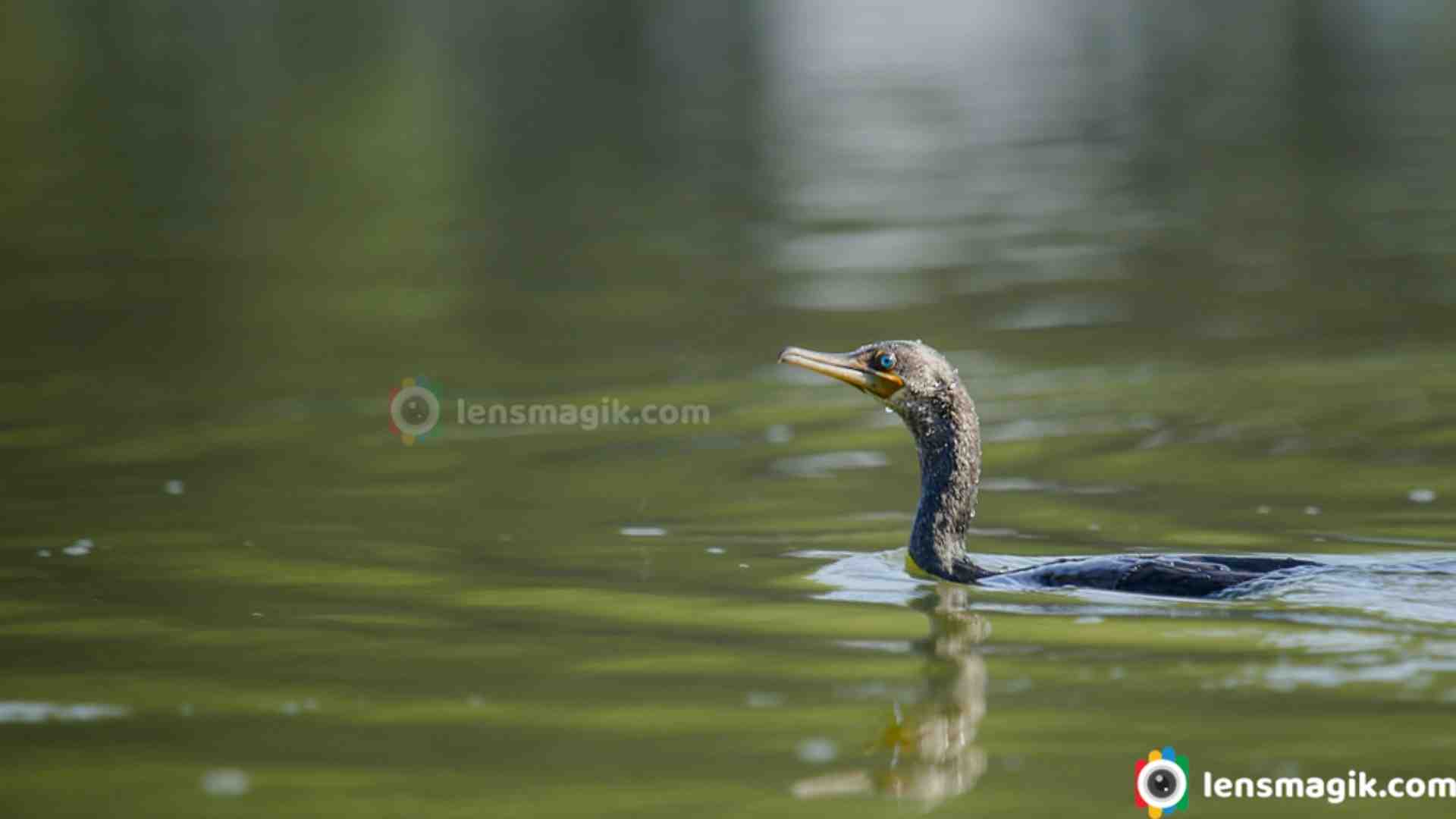
Little Cormorant is a member of cormorant family. It is widely distributed in India. It is found in Sri Lanka, All over India, Bangladesh, Myanmar, Pakistan and lower Nepal. They generally found at pond, lake and wetlands near agriculture and village areas. In Gujarat they found at many places like Thol Bird Sanctuary, Nal Sarovar Sanctuary, Velavadar Sanctuary and also some wetlands near Little rann of Kutch and many other areas. They are good diver in the water and also famous for fishing expert dive into water and catch the fish. In Gujarat the best place to see Little Cormorant is Thol Bird Sanctuary and Nal Sarovar Sanctuary.
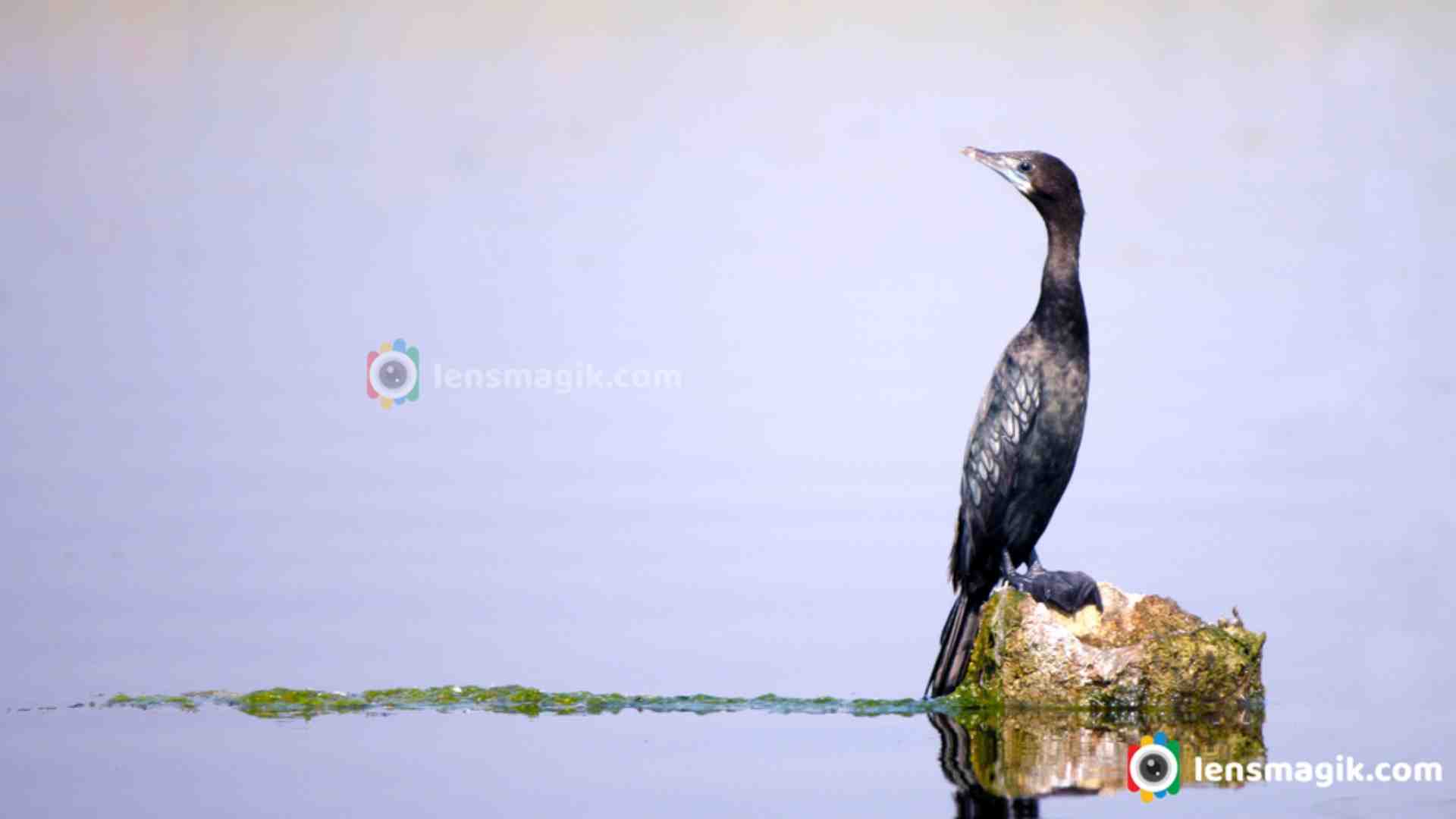
Description of Little Cormorant :
- Size of Little cormorant is smaller than Indian Cormorant. The Length of little cormorant is around 50 cm.
- The bill of little cormorant is shorter and stouter compared to Indian Cormorant.
- Color of Little Cormorant is black. There is some variation during breeding and plumage in different season. Breeding adult have white spot on their face.
- The main diet of Little cormorant is Fish. They can dive into the water and catch the fish underwater.
- Little Cormorant found in Inland and Coastal water bodies including ponds, lakes, rivers and coastal areas.
- They generally seen in small groups but can also be solitary.
- Breeding season for Cormorant is July to September in Pakistan and in India season is November to February.
- Both male and female built nest together. It will take two weeks to built nest.
- They lay eggs in interval of two days around two to six eggs.
- Incubation period around 15-20 days. After that eggs hatched. After one month young birds are free to leave nest.
- The call of Little Cormorant is ah-ah-ah and kok-kok-kok .
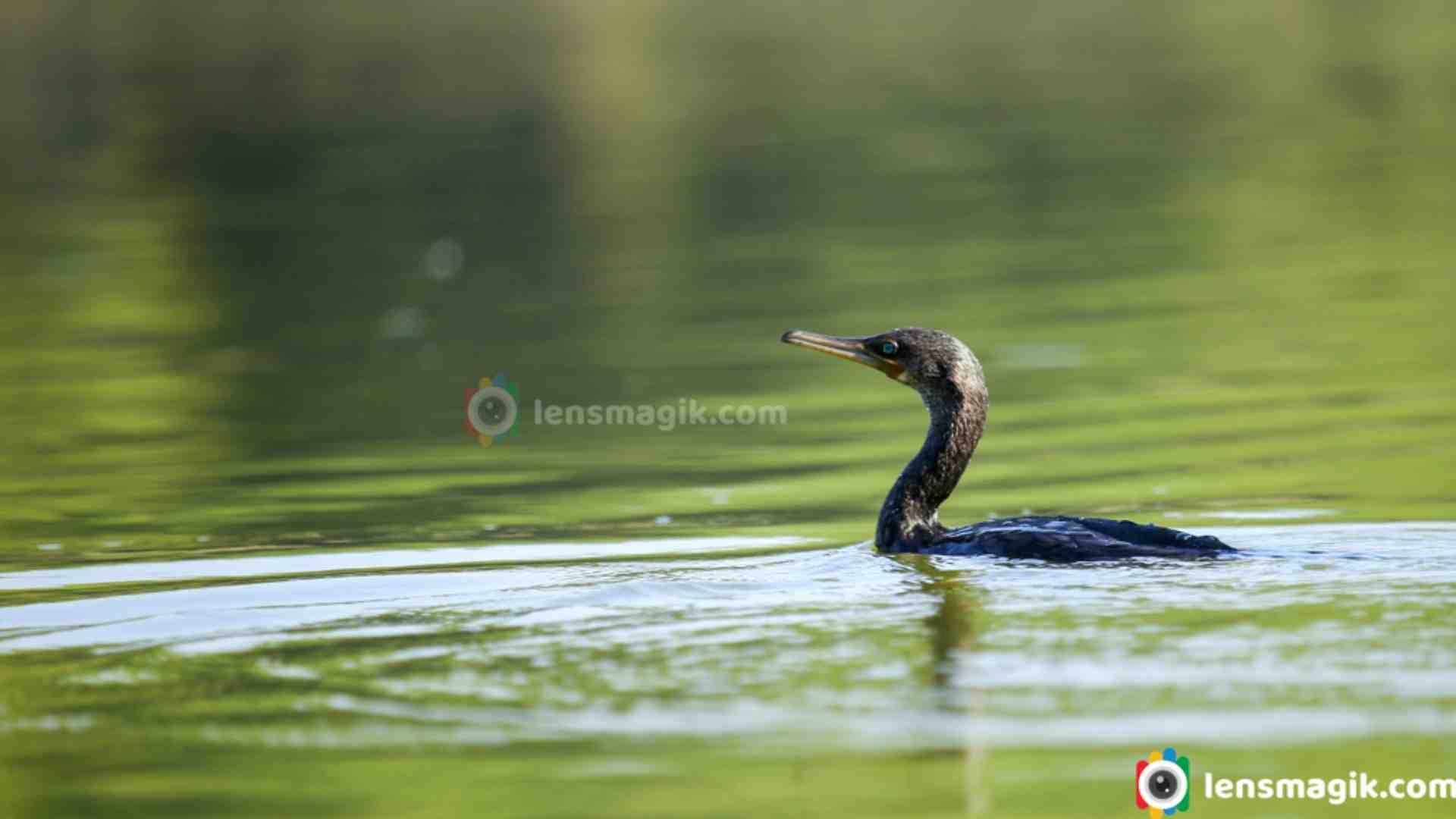
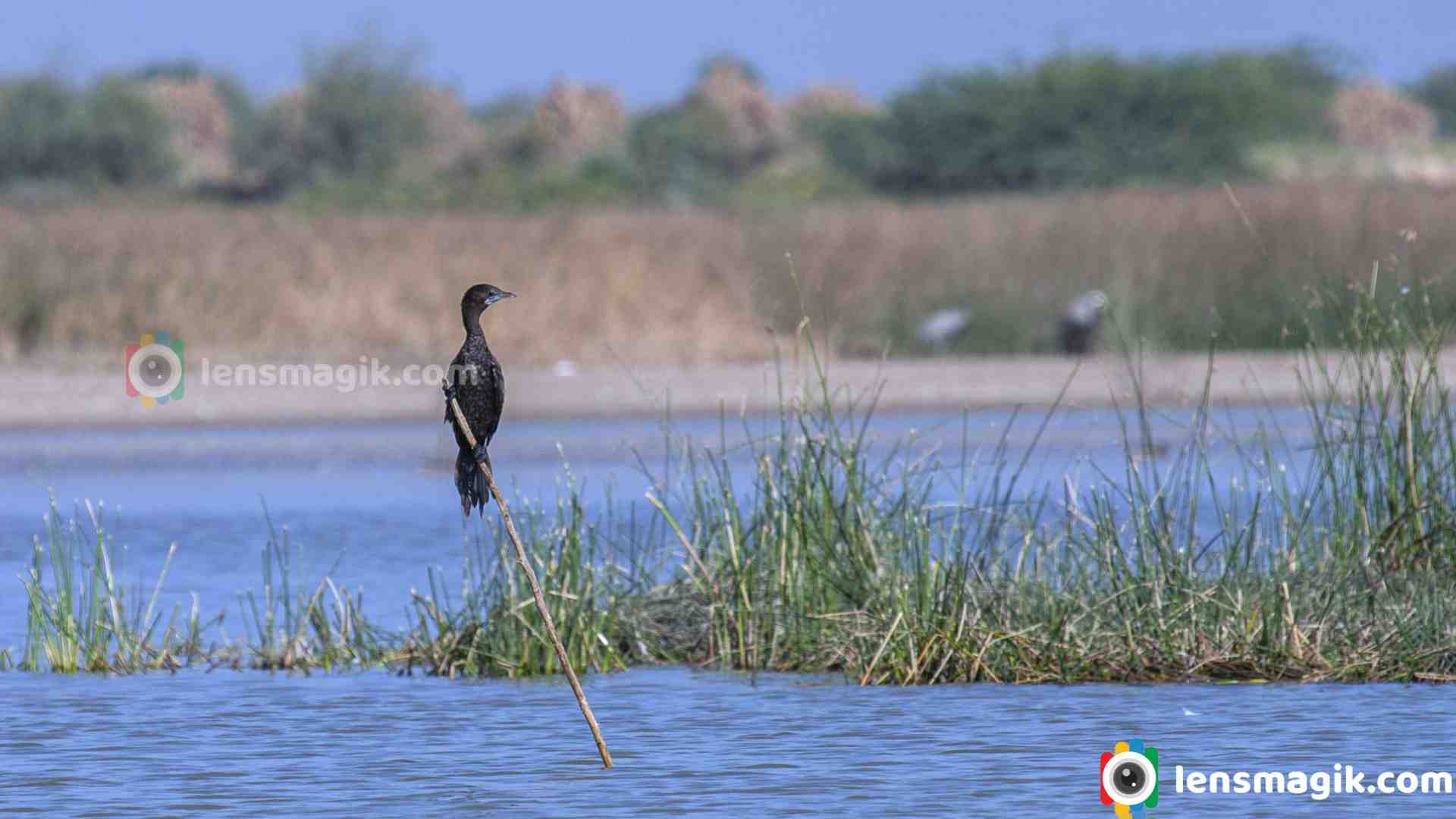
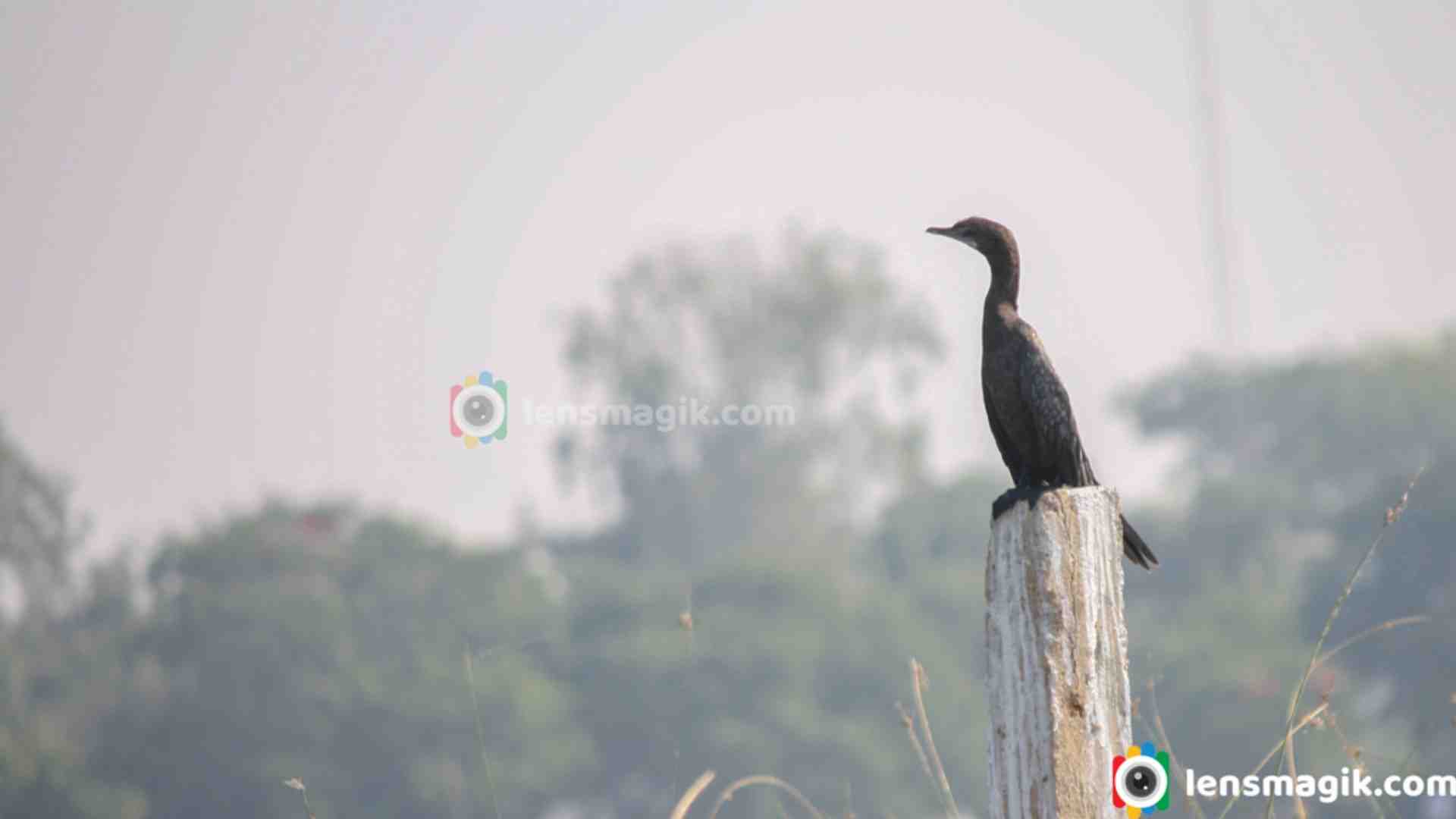
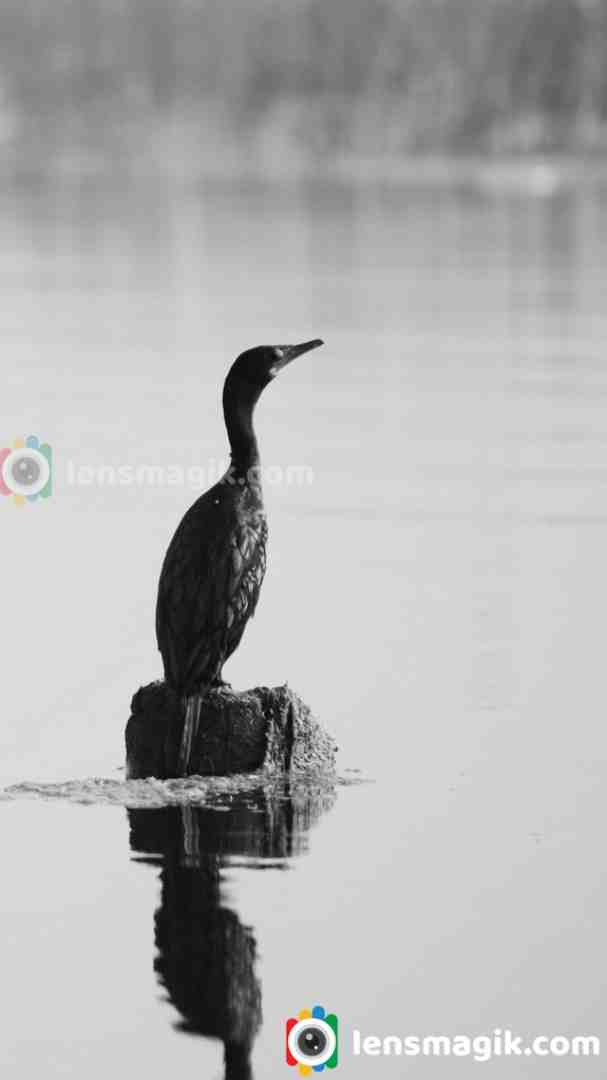
Little Cormorant is widely spread in India. You can easily find them near pond, lake and many wetland areas . You can easily identify little cormorant as its color is full black and its beak. Also they stand on tree trunk or on tree with spreading their wings for a long time. After waiting for sometimes little cormorant dive into water and catch fish and come out from water. Little cormorant is famous for its hunting skill. It is resident bird in India. Also Greater Flamingo, Great White Pelican, Bar Headed Goose, Eurasian Spoonbill, Many Ducks and many migratory birds found at Nalsarovar and Thol Bird sanctuary.
Location : Thol Bird Sanctuary, Little Rann of Kutch, Nal Sarovar Sanctuary
Camera used : Canon 1000 D, Canon 80 D, Canon 6 D, Canon 100-400 mm lens
Read more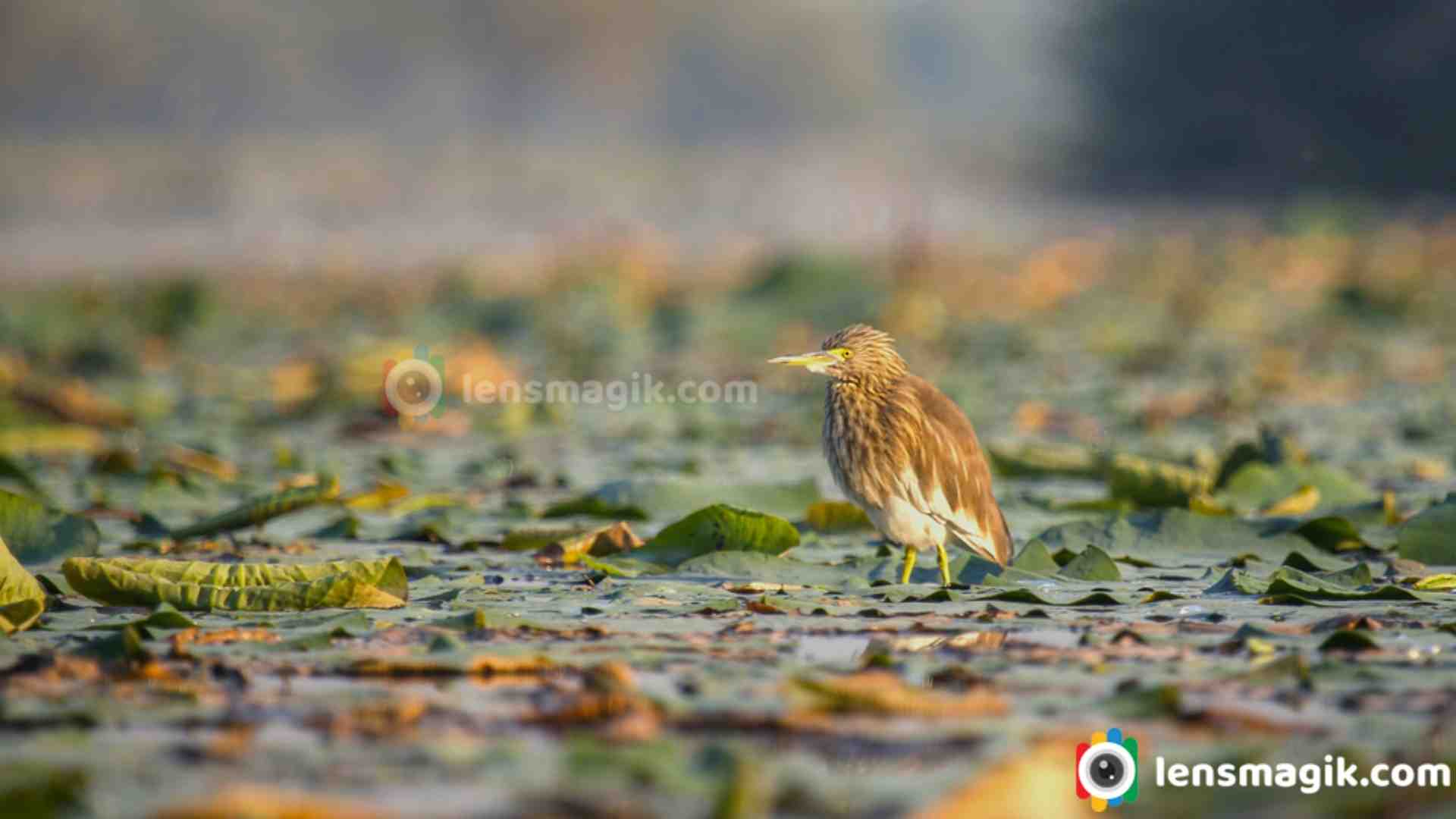
The Indian pond heron is also known as the paddybird. It is a small heron bird which found in southern Iran and east to the Indian subcontinent, Burma, and Sri Lanka. It's a widespread and common bird, but you might easily miss it while it's stalking prey at the edge of small bodies of water. I found it at Thol Bird Sanctuary in Gujarat. Also found in agriculture areas, canals, farms and many more sanctuary like Nal Sarovar, Velavadar sanctuary, Pariej Wetland etc.
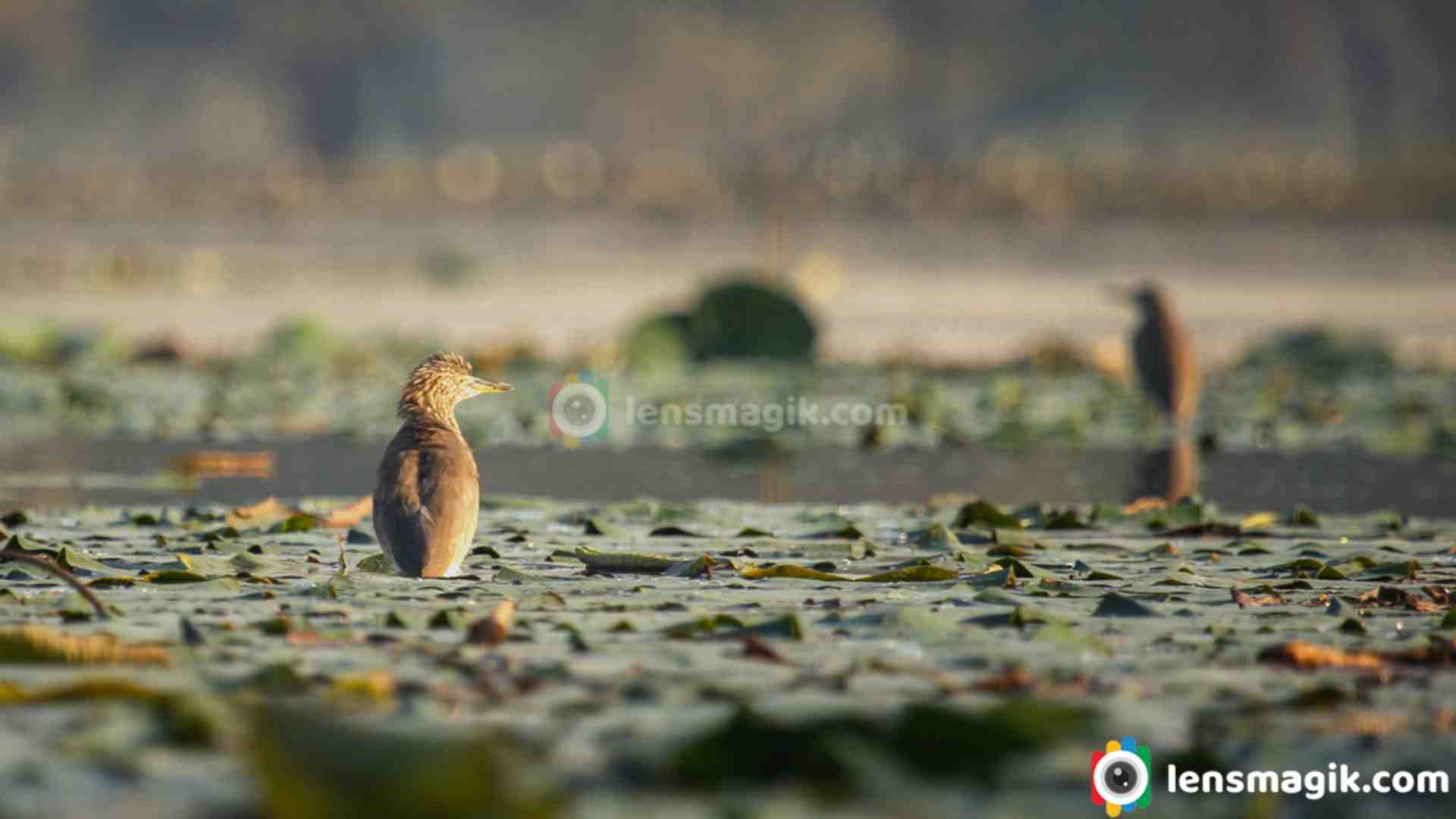
Some
interesting facts about the Indian pond heron:
- They are stocky birds with short necks, short thick
bills, and buff-brown backs.
- In summer, adults can grow long neck feathers.
- Their dull colors transform when they take flight, and
the white of their wings makes them very prominent.
- Indian pond Heron are similar to the squacco herons,
but back is darker.
- During the breeding season, some individuals may
have red legs.
- They are solitary foragers, but a large number of
them may feed together during dry seasons when small wetlands have a high
concentration of prey.
- Indian pond herons are semi-colonial breeders. They
nest in small colonies, often with other wading birds, usually on
platforms of sticks in trees or shrubs.
- Their diet mainly consists of insects, fish, and
amphibians.
During
breeding season, the Indian pond heron sheds its drab disguise for a more
vibrant look. Males develop a reddish-brown back that pops against their
yellowish head, neck, and breast. This colorful plumage is a sure sign that the
heron is ready to find a mate and raise a family.
The Indian
pond heron is a bird of freshwater wetlands. It is found at rice paddies,
marshes, ponds, and canals, patiently stalking its prey in shallow water. Fish,
frogs, insects, and even small reptiles are all on the menu for this
opportunistic eater. Indian pond herons can sometimes be seen feeding in close
proximity during dry seasons when prey concentrates in shrinking water bodies.
While typically solitary feeders, Indian pond herons come together for breeding. They form semi-colonial nesting sites, often in trees or shrubs near water. These colonies can sometimes house other wading bird species, creating a bustling neighborhood of feathered friends.
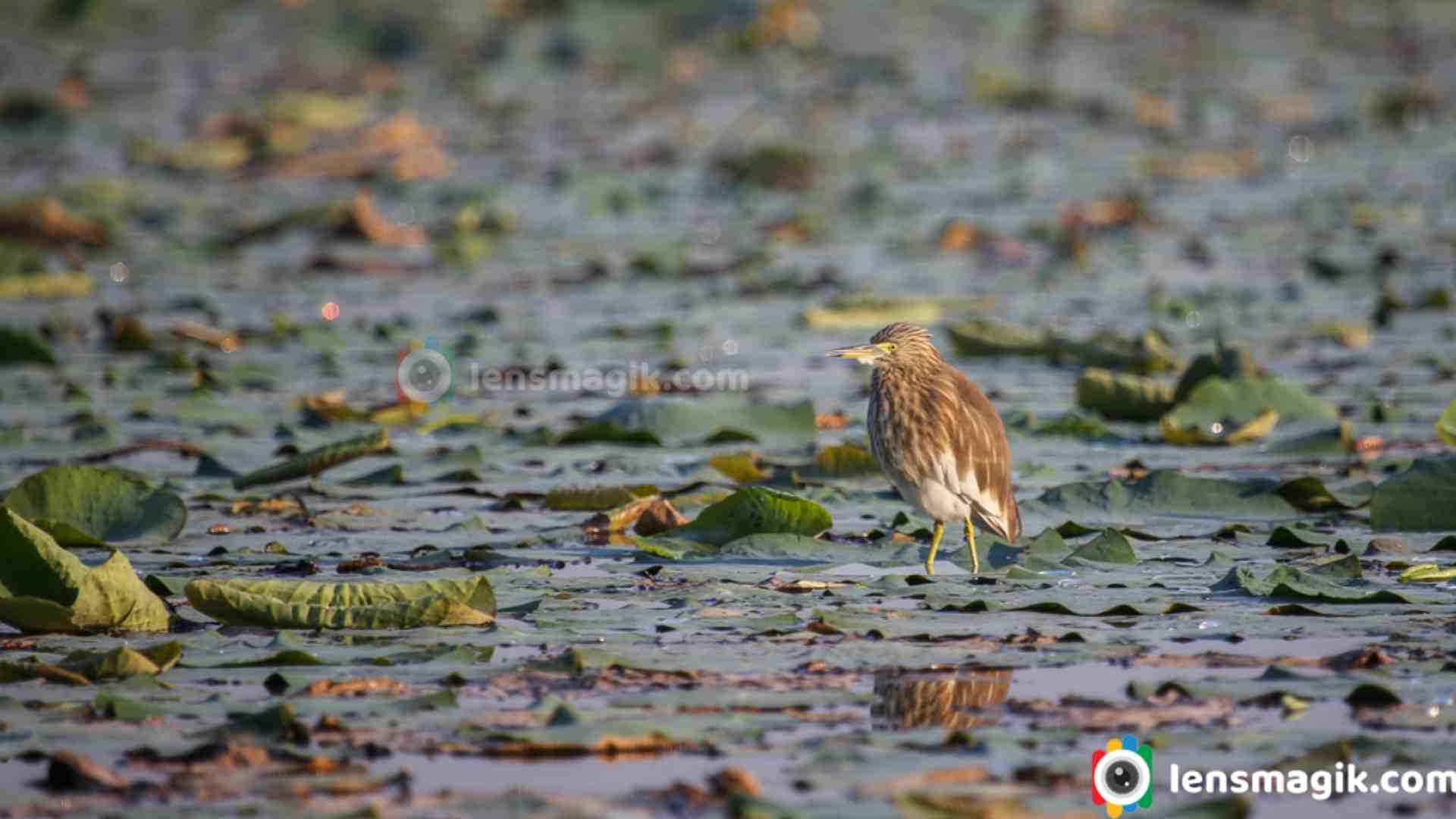
A
Bird of Least Concern
Thankfully,
the Indian pond heron is classified as a species of Least Concern by the IUCN.
Its widespread range contribute to its healthy population. However, threats
like habitat loss due to pollution and development remain a concern.
Have
you ever spotted an Indian pond heron? These remarkable birds are a testament to nature's
wonders, showcasing both the art of camouflage and the beauty of
transformation. Keep your eyes peeled next time you visit a wetland – you might
just be lucky enough to witness this little wonder in action.
Location
in Gujarat : It is
widely spread bird in Gujarat also.Indian pond heron found in many bird
sanctuaries in Gujarat like Nal Sarovar Bird sanctuary, Thol Bird sanctuary,
Pariej Wetland, and many more wetlands, farms, agriculture areas and canals
too.
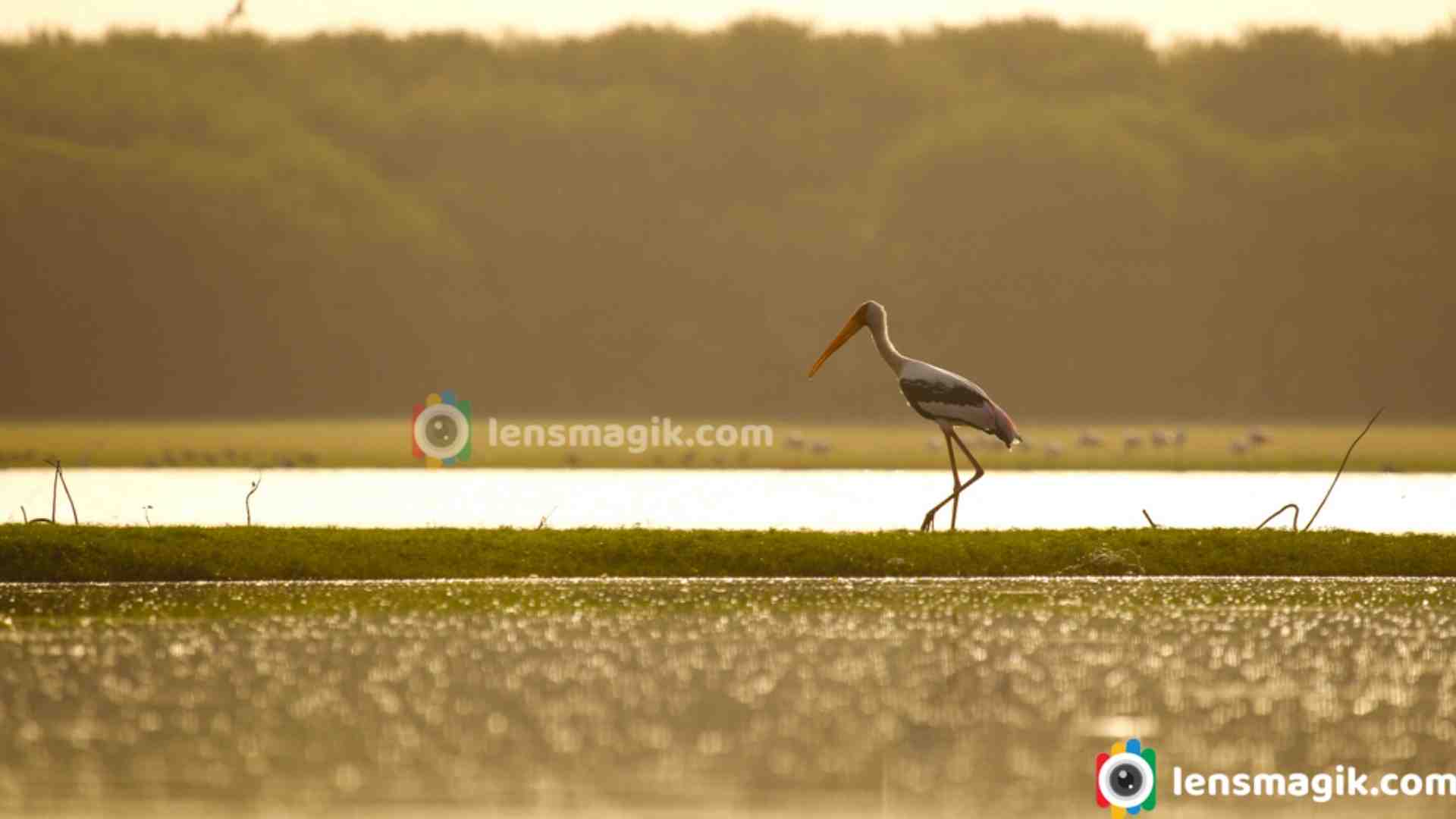
Painted Stork is a large wader bird. It is found in Asia, southeast Asia and South of Himalayas. Painted stork is not migratory bird. They can fly only short distance depend on weather and food. As per name it looks like beautiful paint on its body with black, white, pink and yellow color in different part of the body. They are generally found in wetlands, agriculture areas small farms and grasslands. In Gujarat they found at many bird sanctuary like Thol Bird Sanctuary, Nalsarovar Sanctuary, Jamnagar , Pariej Wetland and many other wetlands and outside sanctuary agriculture areas where the water level is low they easily found.
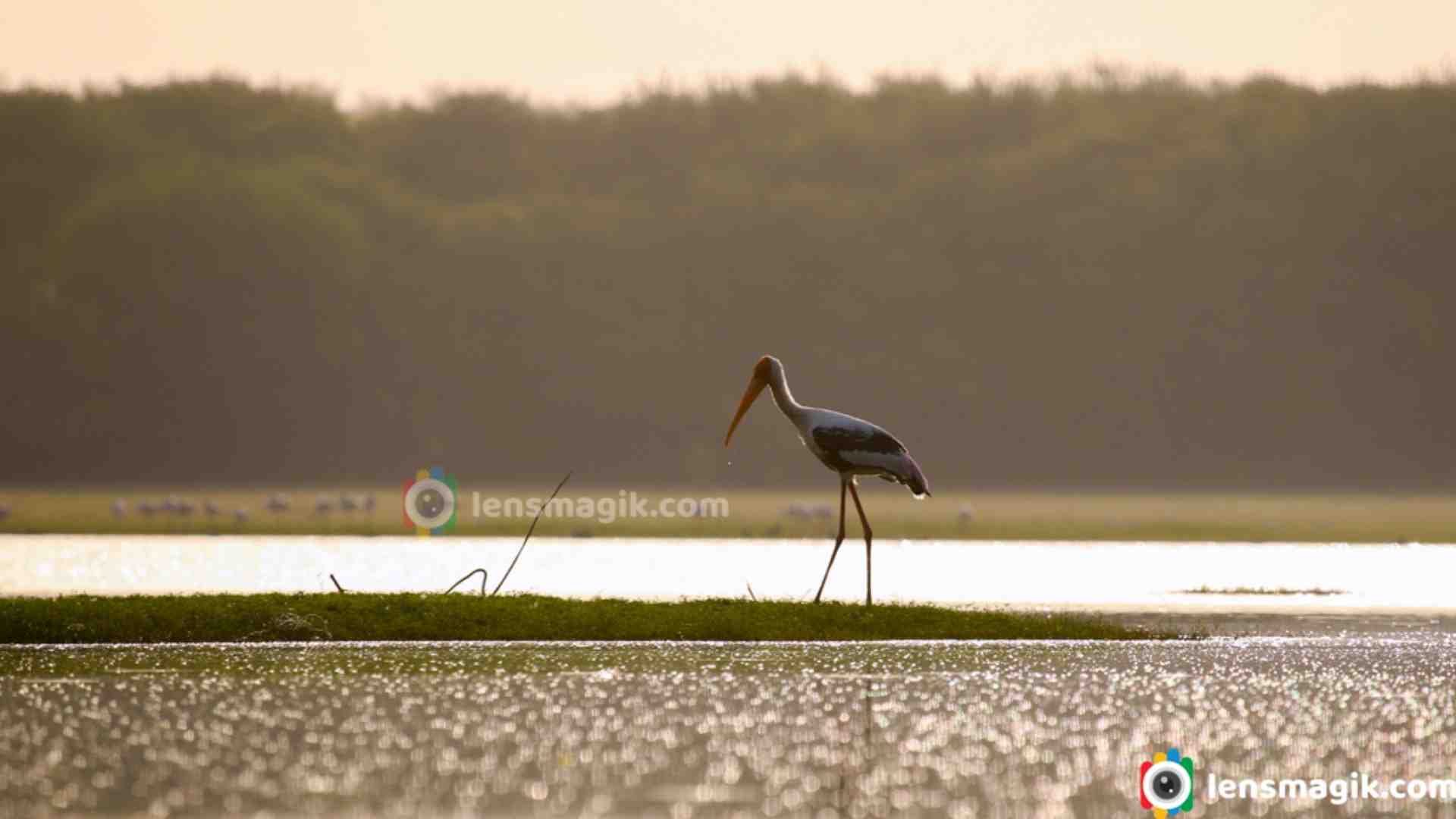
Description And Facts About Painted Stork :
- Painted stork is 90-100 cm tall and wingspan around 150-160 cm. Weight of Painted Stork is around 2-3.5 kg approx.
- Painted Stork have heavy yellow beak. Beak is down curved like an Ibis bird.
- Head of adult painted stork is red or orange. Legs are yellowish and wings are black and white on tip.
- Male painted stork are larger then female painted stork.
- Juvenile and young Painted stork are whitish grey bill and blackish skin.
- Painted stork are silent mostly.
- Painted stork widely distributed in Asia but they are absent from deserts, high mountain range, dense forest and dry areas.
- They mostly prefer freshwater wetlands, crop fields, irrigation canals etc.
- They breed on large trees to secure their nest from predators.
- They feed mostly small fish.
- Flock size is not big just less than 5. Sometimes flock size may reach to 50 in agriculture areas.
- The well known nest site in south Indian Village near Kokrebellur near to human habitats. Locals protect their nest during nesting seasons.
- Painted Stork is in Least Concern of IUCN list. Its population is decreasing and is in nearest threaten list.
- Young painted stork call loudly But after 18 month they are voiceless.
- Painted stork can live 28 years .
- Total 19 Stork spices found in the world and among them 8 spices found in India. In India the rare spices of Stork is The Greater Adjutant stork.
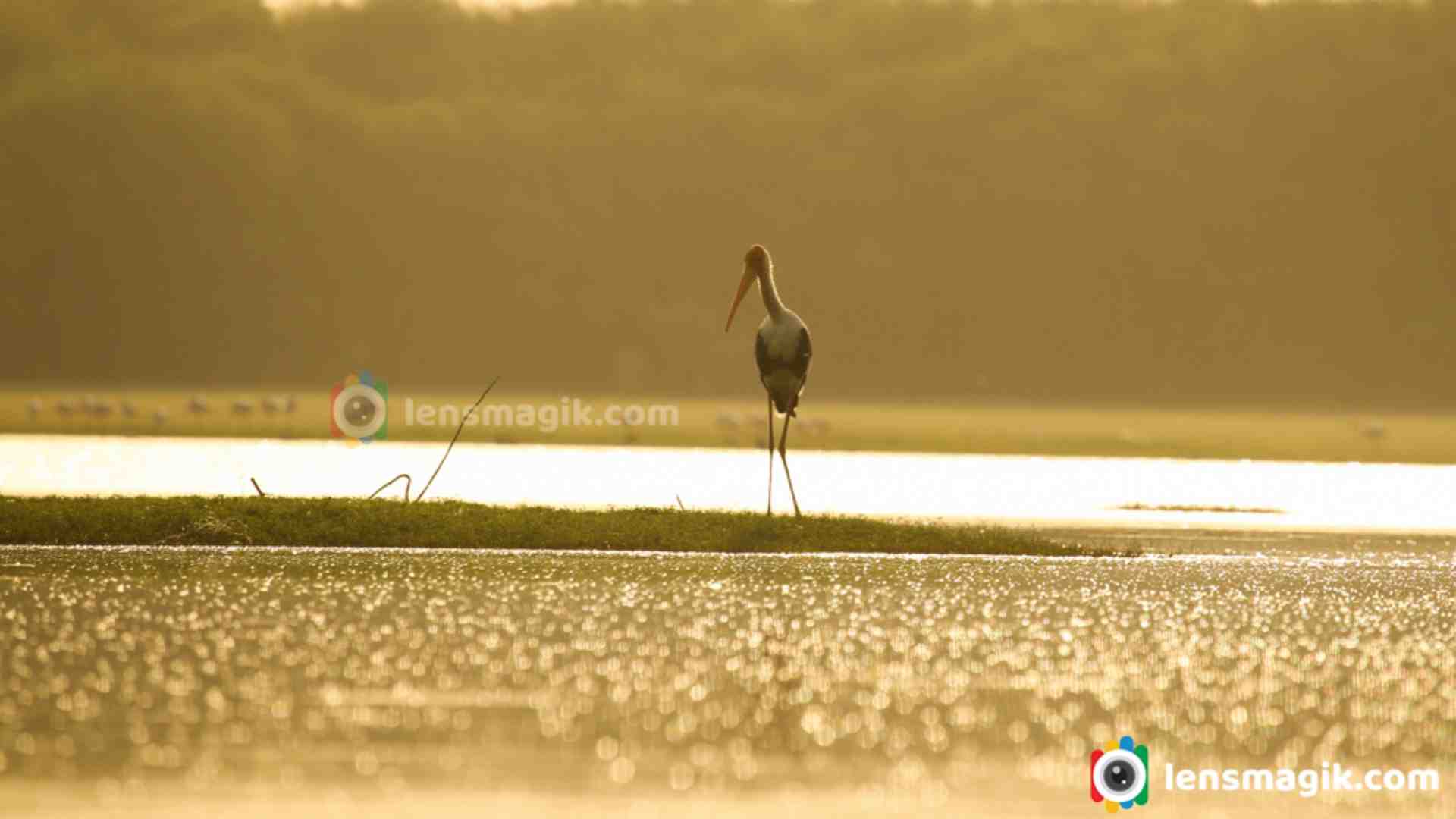
In Gujarat i found painted stork at Thol Bird Sanctuary during morning feeding time and also near to my farm which is in agriculture area near Narmada canal. During flying painted stork colors are looks awesome because of multicolor. I just like to watch them feeding very slowly. It long beak attract more for shoot photos of it. Pink color with black wings tip make painted stork more attractive. During sunrise i shoot painted stork at Thol bird sanctuary i took beautiful shot with golden light of sunrise in water. its a silhouette shot of painted stork looks amazing with golden light.
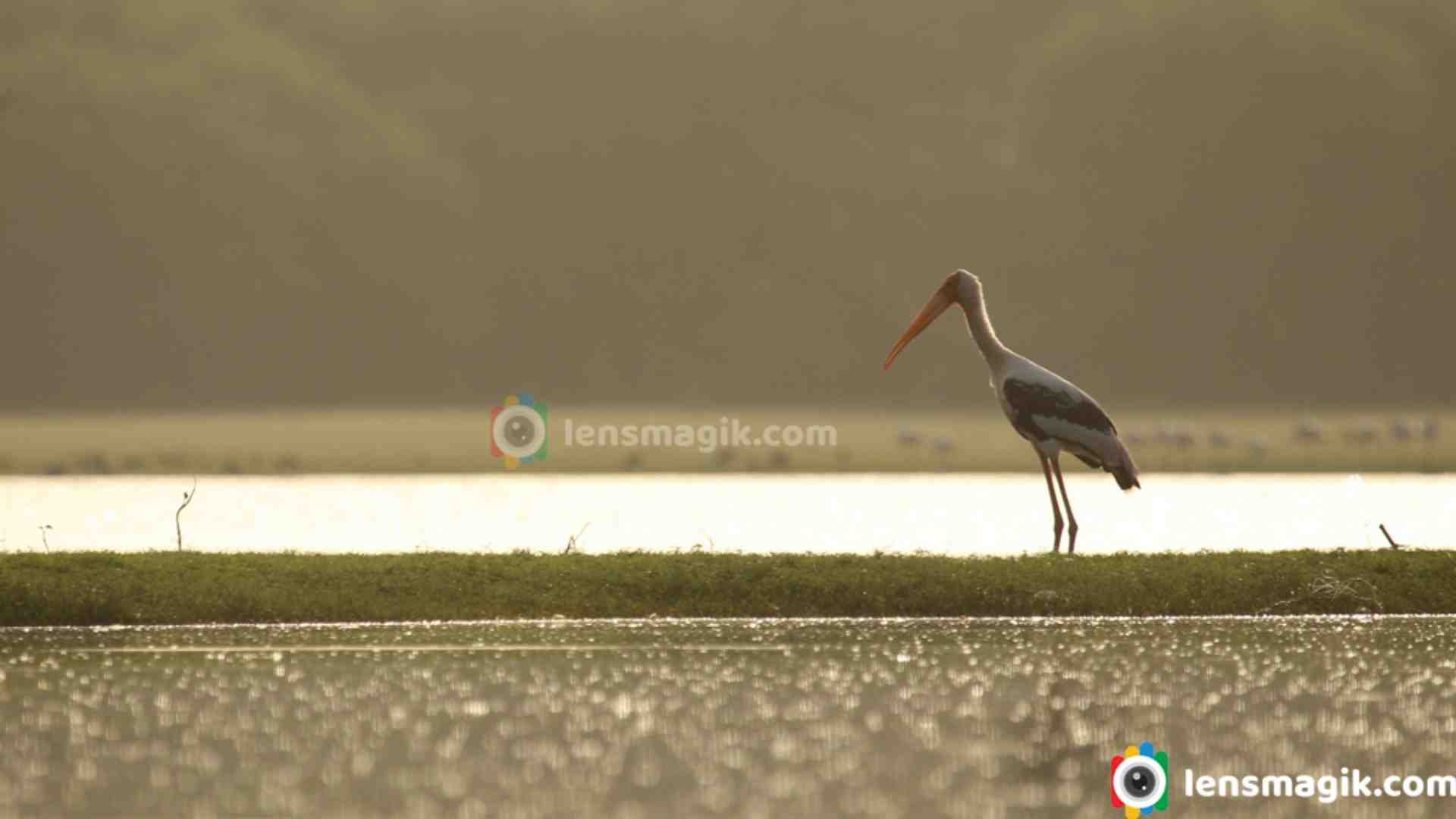
Camera used : Canon 6D, Canon 1000 D, Canon 100-400 mm lens
Location : Thol Bird Sanctuary
Exif Data of Image : F-stop : F/8 , Exposure time or Shutter speed : 1/400 sec., ISO :125, Focal Length 400 mm, white balance : Shade
Read more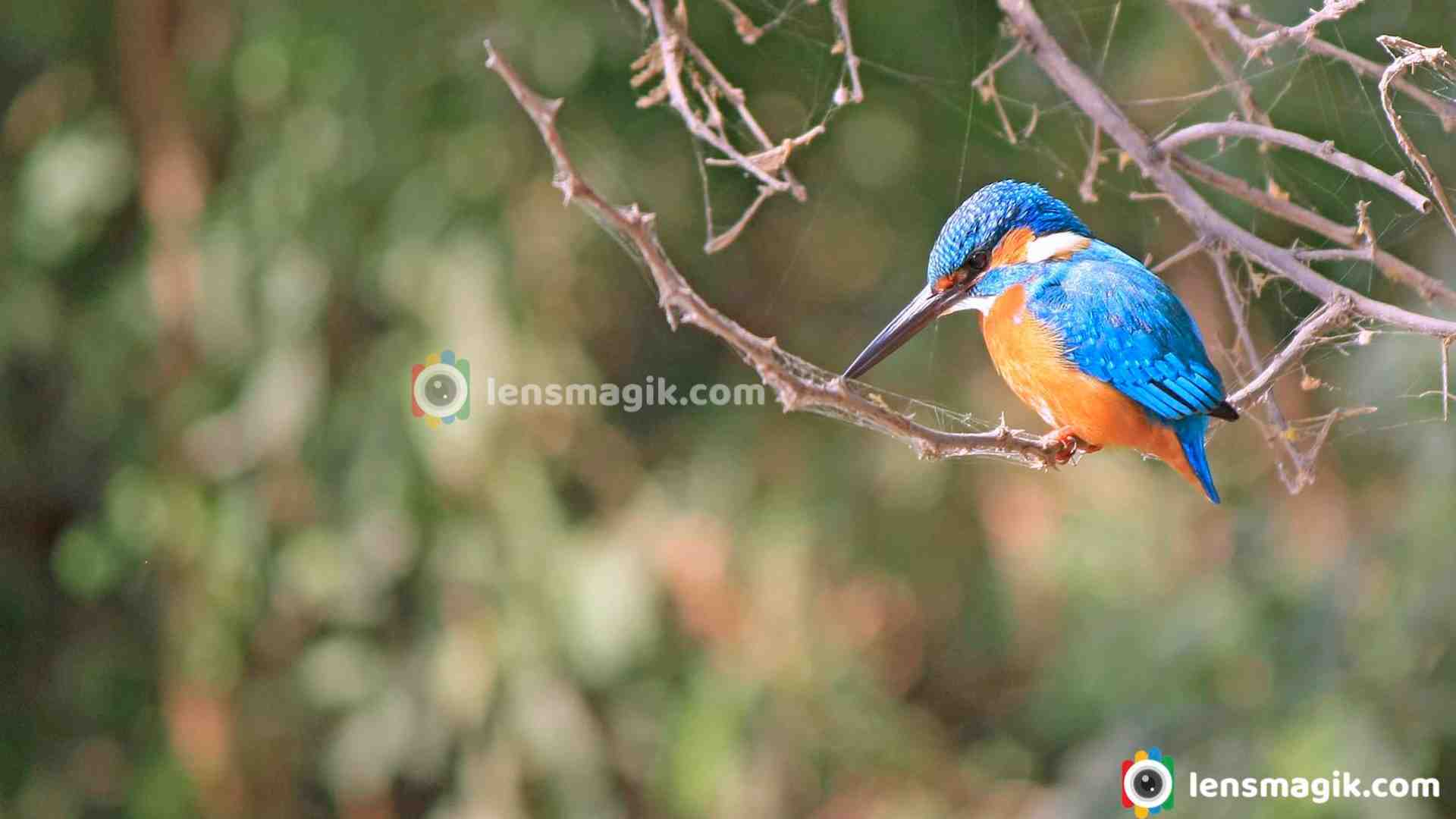
Common Kingfisher is also known as Eurasian Kingfisher or River Kingfisher. It is sparrow size bird with blue color on top of the body. It is widely distributed in North Africa and Eurasia. When rivers freezes in winter they migrate from their. In India common kingfisher also a widely distributed in all over region. They generally found near to the water areas like canals, rivers, river birdges, ponds etc. I took a shot of common kingfisher or Eurasian Kingfisher at Thol bird sanctuary located in Gujarat near Sanand.
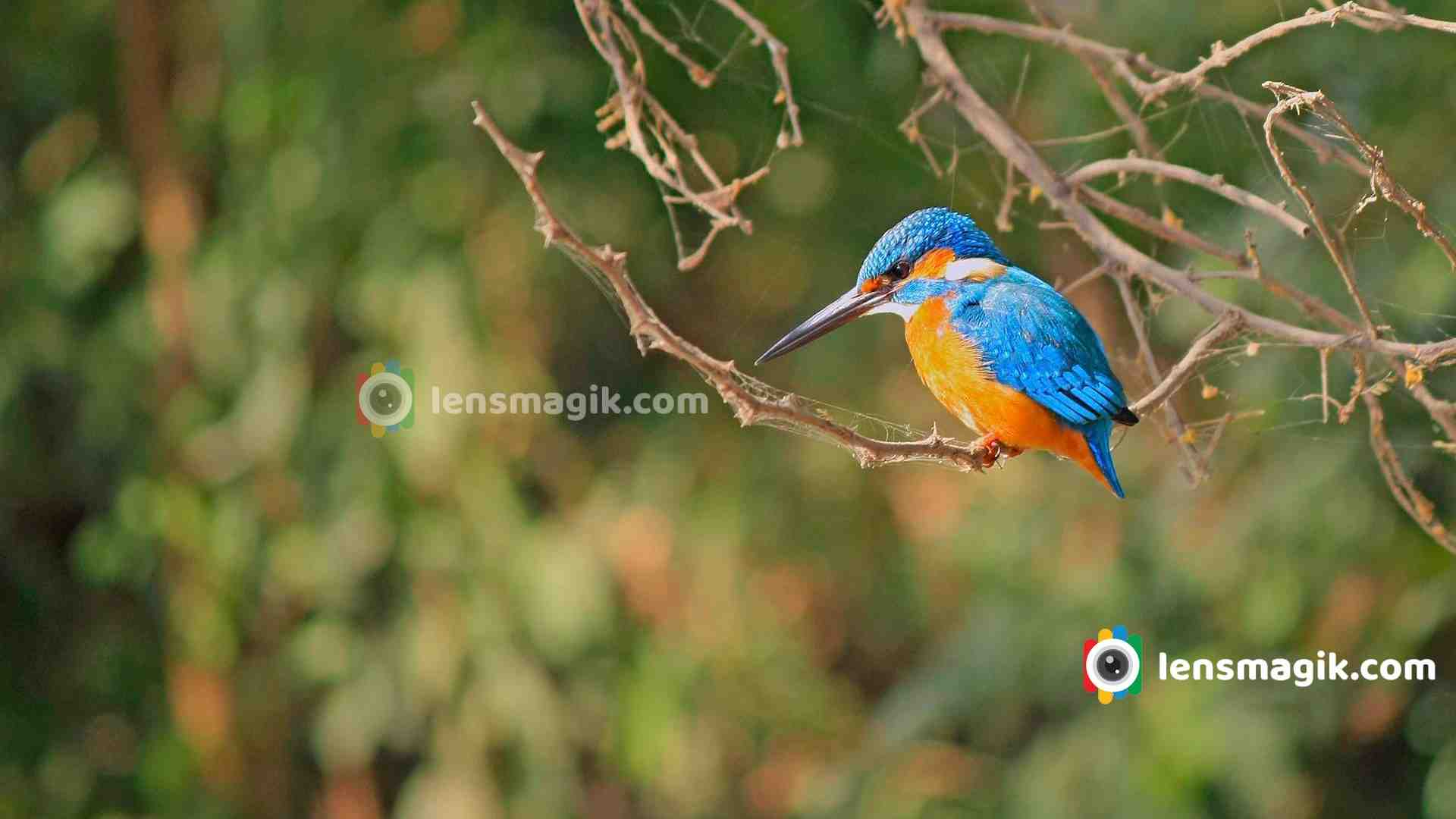
Description and facts about Common Kingfisher :
- It is about 16cm long and 25cm with wingspan.
- Its weight around 35-44 gm.
- It has short tail as all kingfisher tail is short.
- It has green blue upperparts and it has green blue neck stripe.
- Juvenile is similar to adult but dull underparts.
- Main flight feathers moult between july to november and it will takes 90-100 days to grow.
- Kingfisher flight too fast on low water.
- It is widely distributed in Europe, Asia and North Africa ( winter visitor ).
- Common kingfisher eats 60% of its body every day.
- Common Kingfisher lays 2-10 eggs which are white glossy in color.
Common Kingfisher in Gujarat :
Common Kingfisher or Small Blue Kingfisher found in Gujarat at many places like Thol Bird Sanctuary, Nalsarovar Bird sanctuary, Velavdar Sanctuary and many other outskirts of Wetlands too. They are very small and cute in look. There are lots of kingfisher bird spices found in Gujarat also.
Read more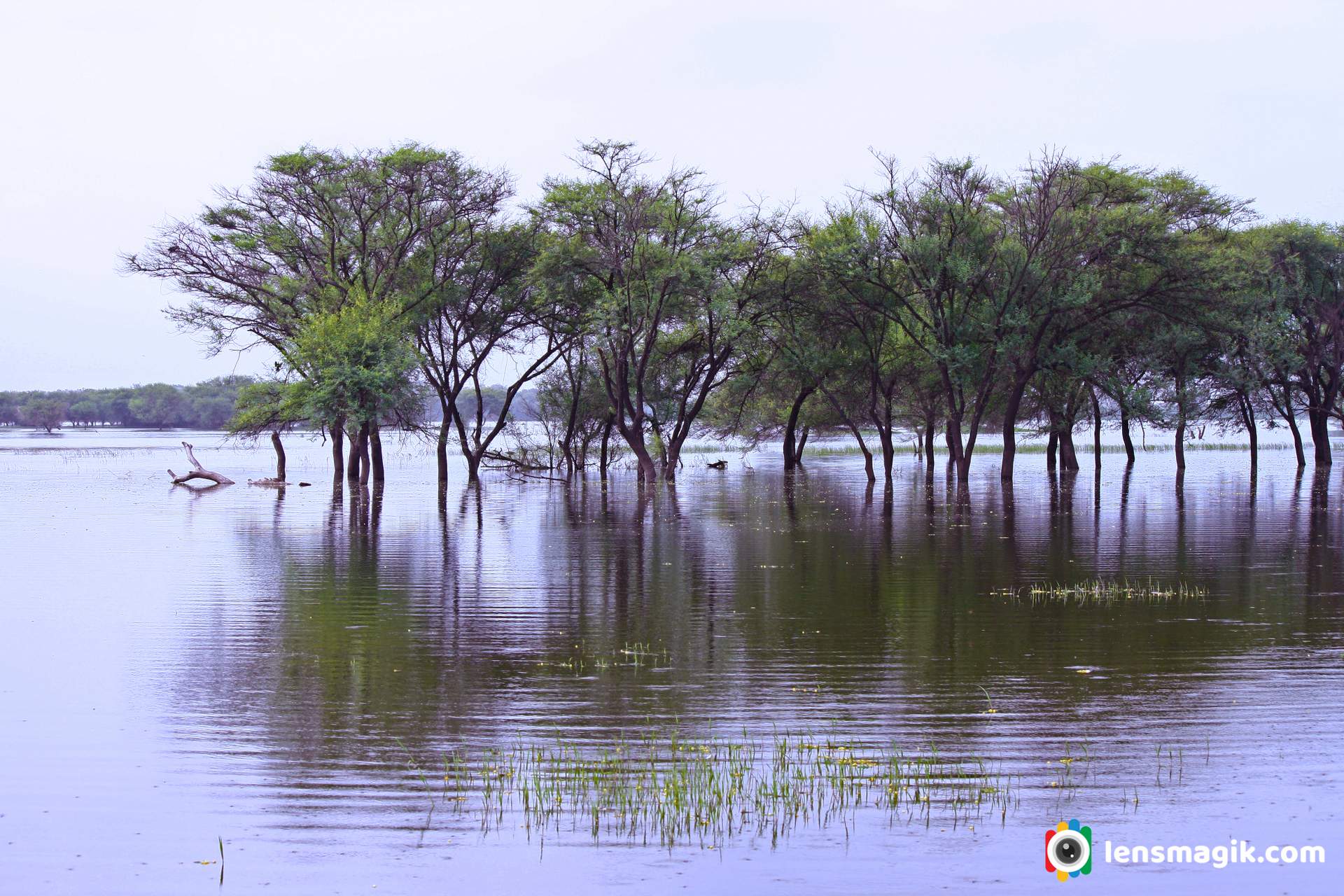
Thol bird sanctuary is located in Kadi Taluka in Mehsana District near sanand Gujarat. It is an artificial lake located near village Thol. In 1912 thol lake was built and it was declared as a Sanctuary in 1988. The main use of lake is use of water for irrigation. The Thol Bird Sanctuary or a Thol lake wildlife Sanctuary India is a habitat of more than 150 spices of birds. Also it is famous for migratory birds Flamingos and Sarus Crane which breeds here.
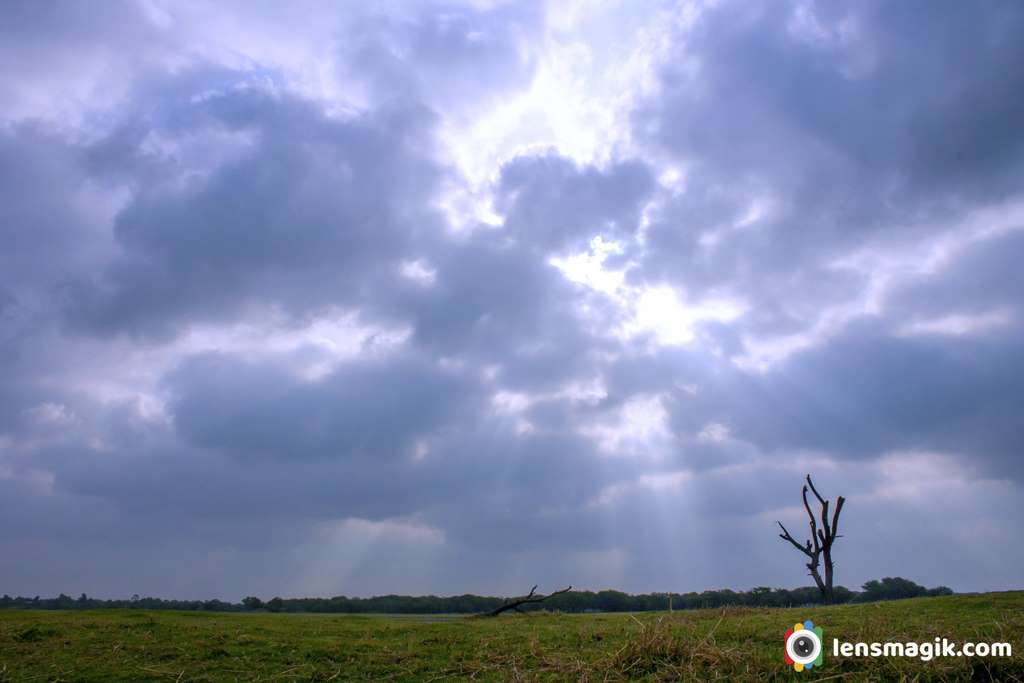
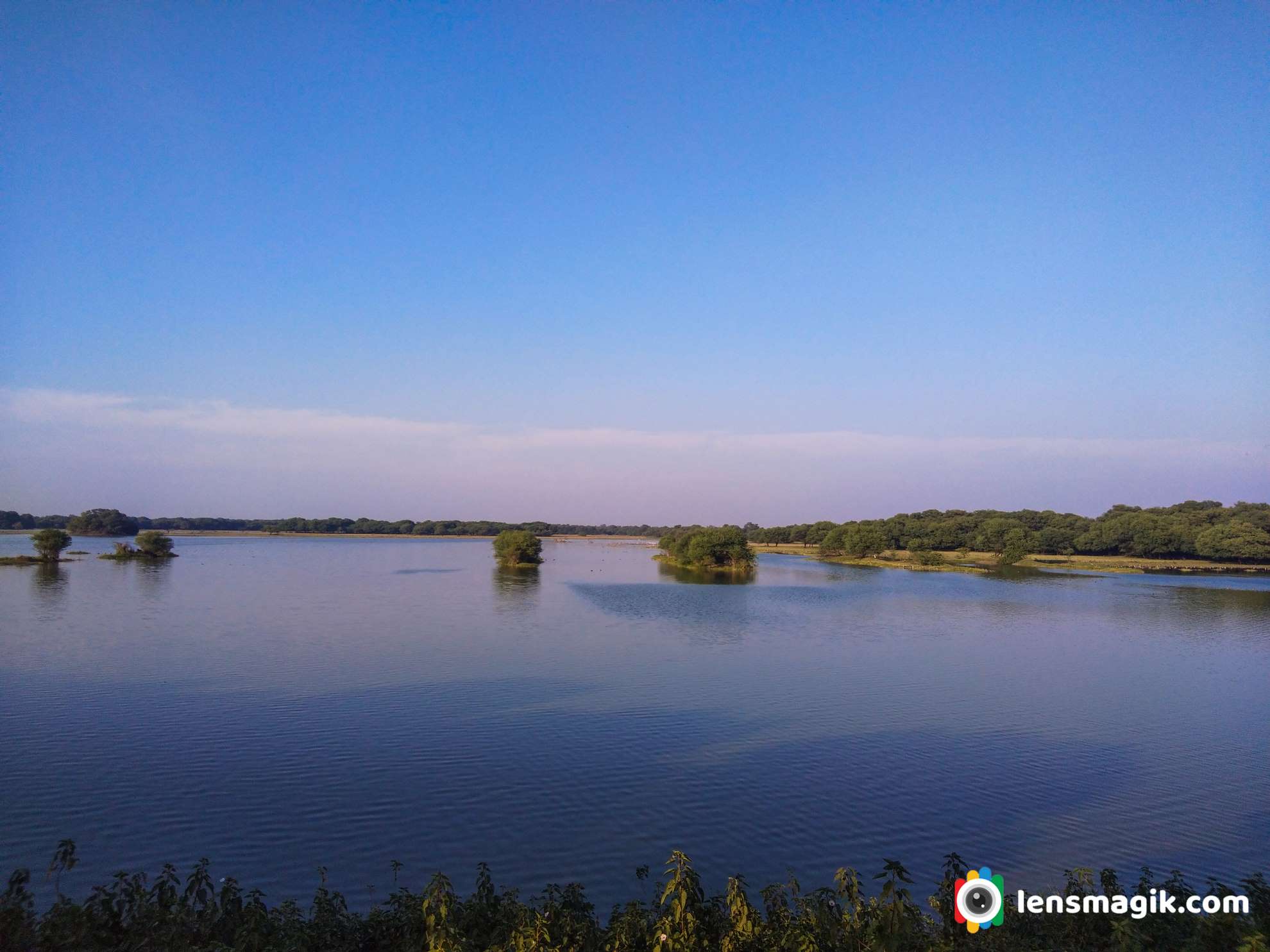
About Thol Lake / Thol Bird Sanctuary
Thol lake is located near Thol village and its area around 38000 acres. Lake faces all season winter , summer and monsoon. During winter temperature goes to 8 degree and in summer temperature goes to 43 degree. Thol lake is under control of Forest and Irrigation department of Gujarat. Thol lake water storage capacity is around 84 million cubic meters. Thol wildlife sanctuary is declared as Eco Sensitive Zone .
Flora and Fauna Thol Sanctuary :
Thol lake has many vegetation plants like Zizyphus, Acacia nilotica, Ficus, Capparis, Azadirachta indica etc. There are also some mix flora of Marshy and Aquatic plants reported in Thol Lake.
Thol lake is protected area and it is very good habitat for water birds. In thol bird sanctuary there are more than 150 spices of birds found . Among these more than 60 % of birds are water birds. Flamingo bird is most prominent bird of Thol Lake. Also Sarus Crane nest in large number here.
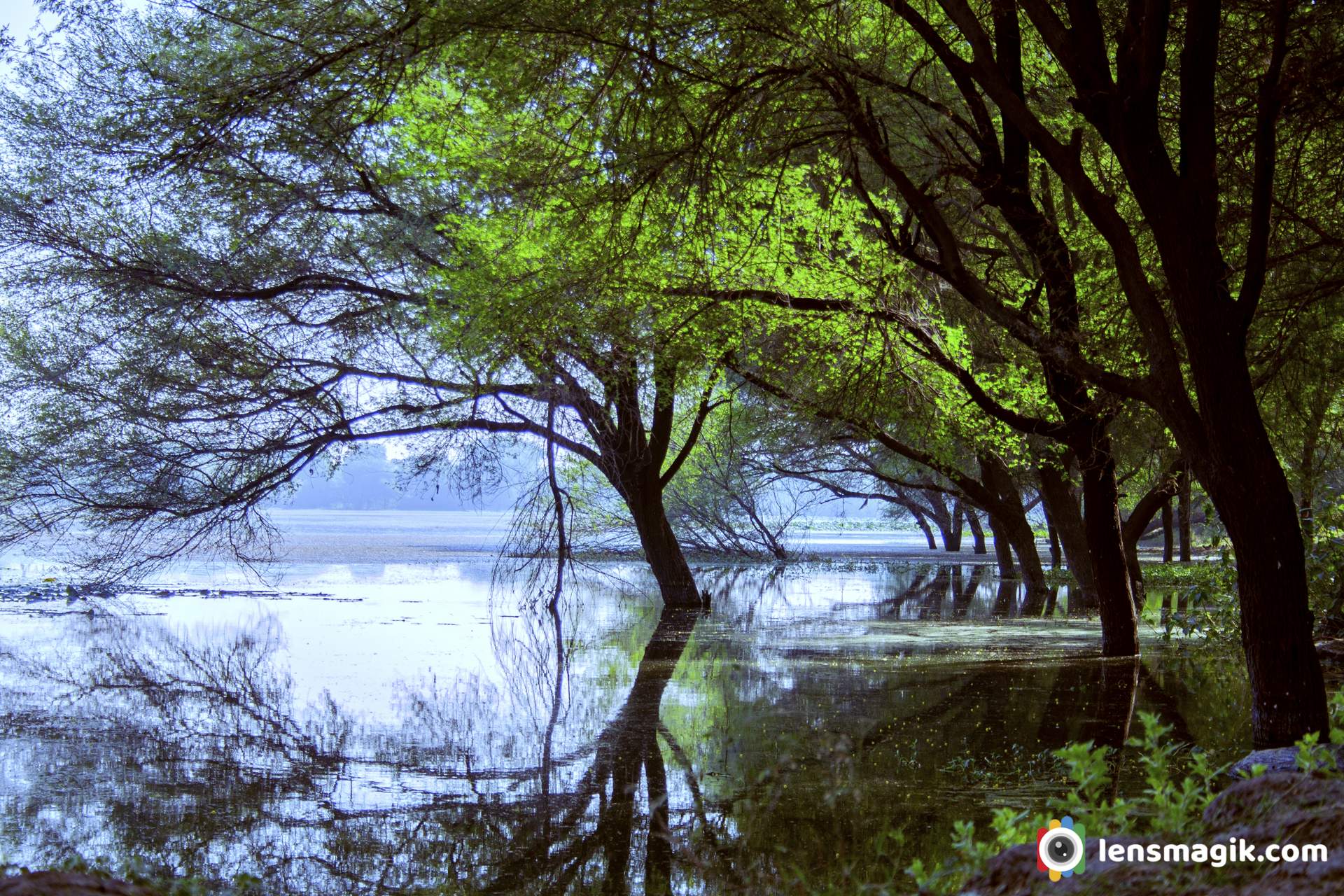
Famous Migratory Birds of Thol Lake
• Flamingos
• Sarus Crane
• Great White Pelican
• Mallards
• Bar Headed Geese , Grey Headed Geese
• Waterfowl
There are also some spices reported here like Dalmatian Pelican, Indian Skimmer, Greater Spotted Eagle, Indian Vulture and white rumped Vulture etc. In Mammals Bluebull, Blackbuck and Golden jackal reported here.
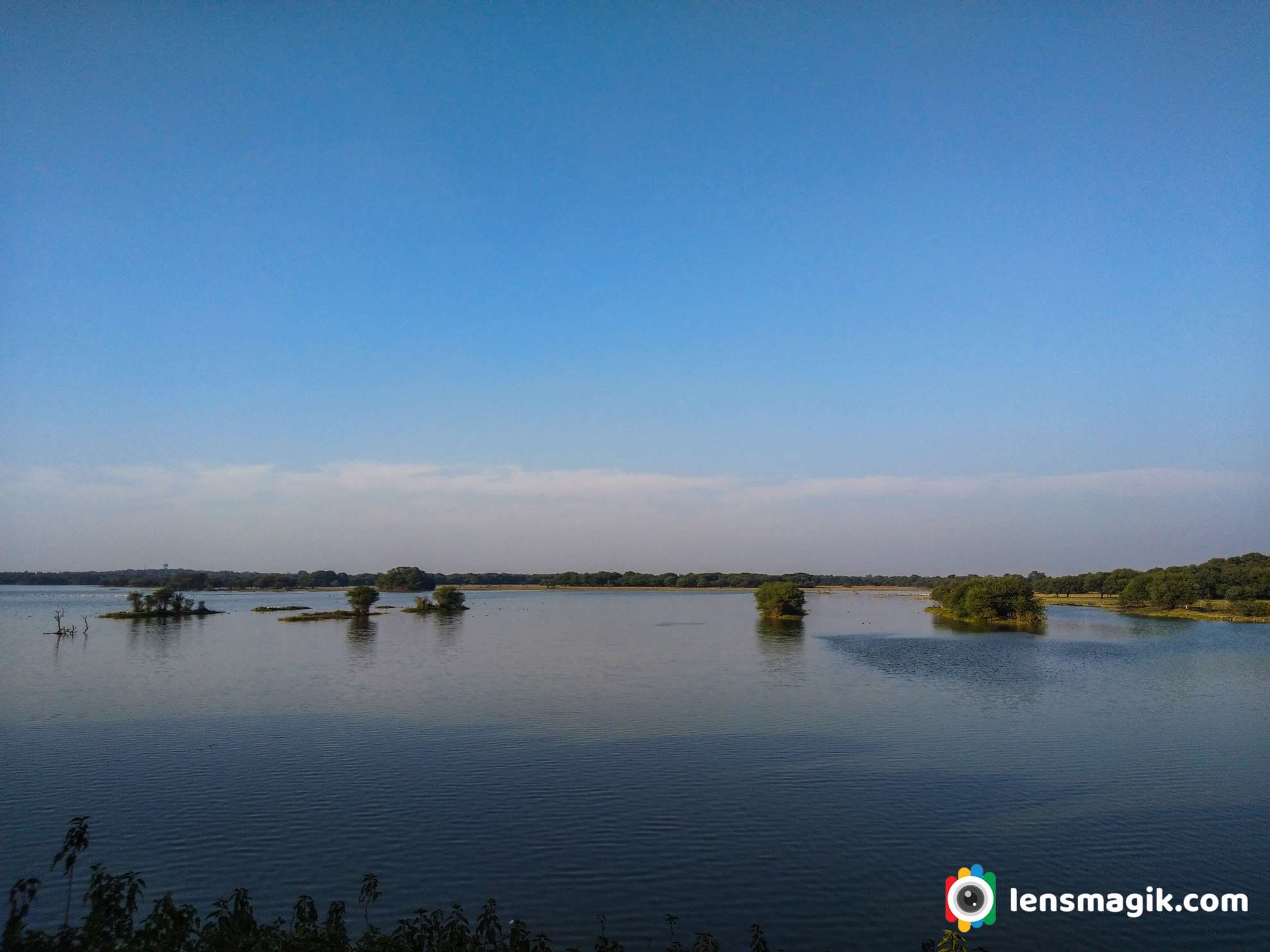
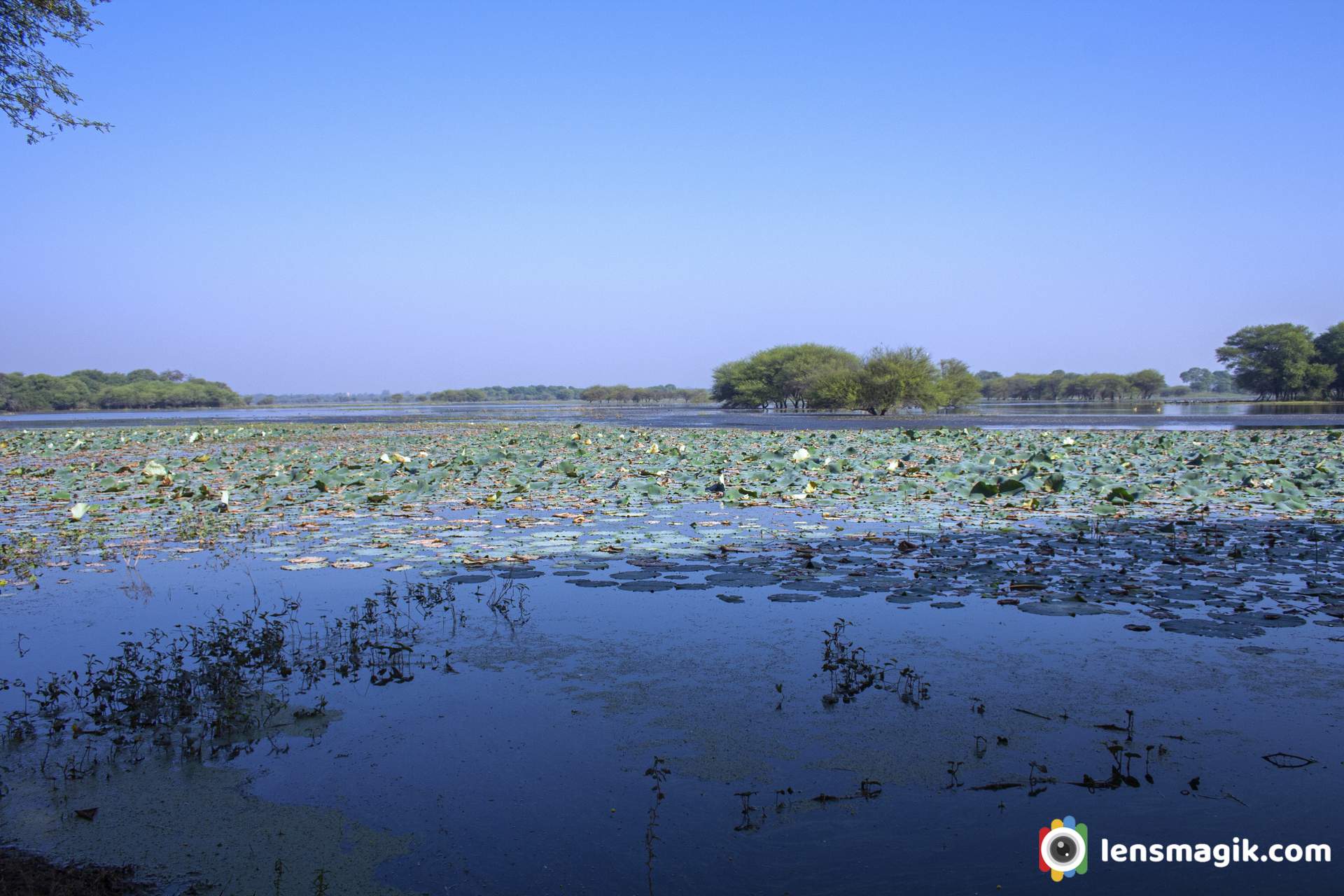
Thol Lake Timing and Fees :
Thol lake open everyday at 6 AM in morning and close at 5.30 PM in evening. Entry fees for Thol Lake or Thol sanctuary is 50 INR for per person. Also Camera fees extra at 200 INR and if you go via car then car fees also 500 INR. Foreigner fees are 10 $ per person.
Best Time to Visit Thol Sanctuary / Thol Lake :
Best time early morning for Thol Lake. In winter if you go before sunrise you can see Twilight sky amazing with lake shore and birds sound .During all season Thol lake has its own beauty. Every season you can visit at Thol Lake. But mostly during winter from November to March season is best for Thol Sanctuary visit. Because during winter lots of Migratory birds came here and stay for long time so for birding winter season is best at Thol Lake. Also during summer some of birds stays here like flamingos and pelicans, geese etc. So you can also see them in summer too. Also during summer water level of lake is low so may be the birds you can get in deep or sometimes closer. During monsoon most people don’t visit but if you like macro photography then you must visit Thol lake in monsoon. You can get some excellent macro subjects like waterdrops , Spiders, Insects etc.
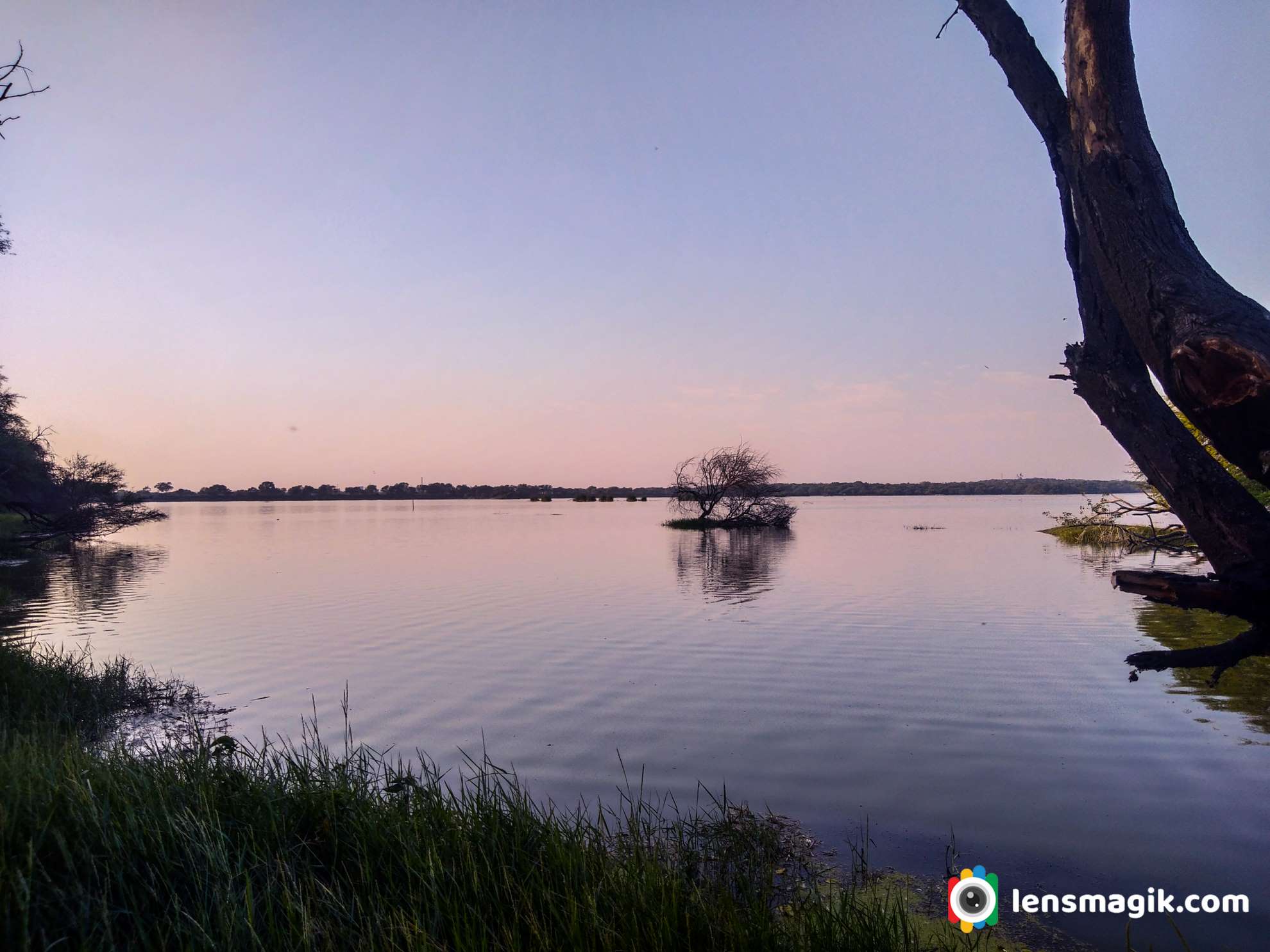
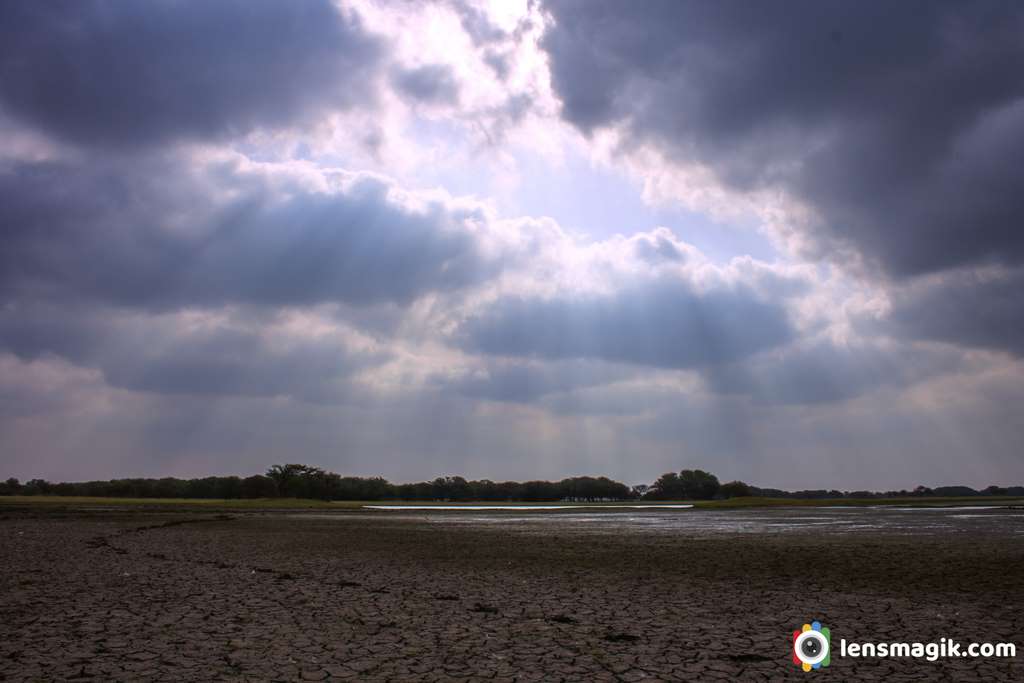
What to do and What not to do in Thol Lake / Keep in mind while visiting sanctuary in India :
• Keep silence in sanctuary
• Maintain discipline
• Keep sanctuary clean
• Do not throw plastic waste anywhere in sanctuary
• Protect wildlife
• Observe birds, mammals etc and protect them and identify them
• Follow rules of wildlife protection act -1972
• Don’t disturb birds and animals
• Don’t enter in sanctuary with liquor and inflammable objects
• Don’t make loud noice.
• Enter in sanctuary with permit only and keep receipt till you leave sanctuary
• Don’t feed birds and animals
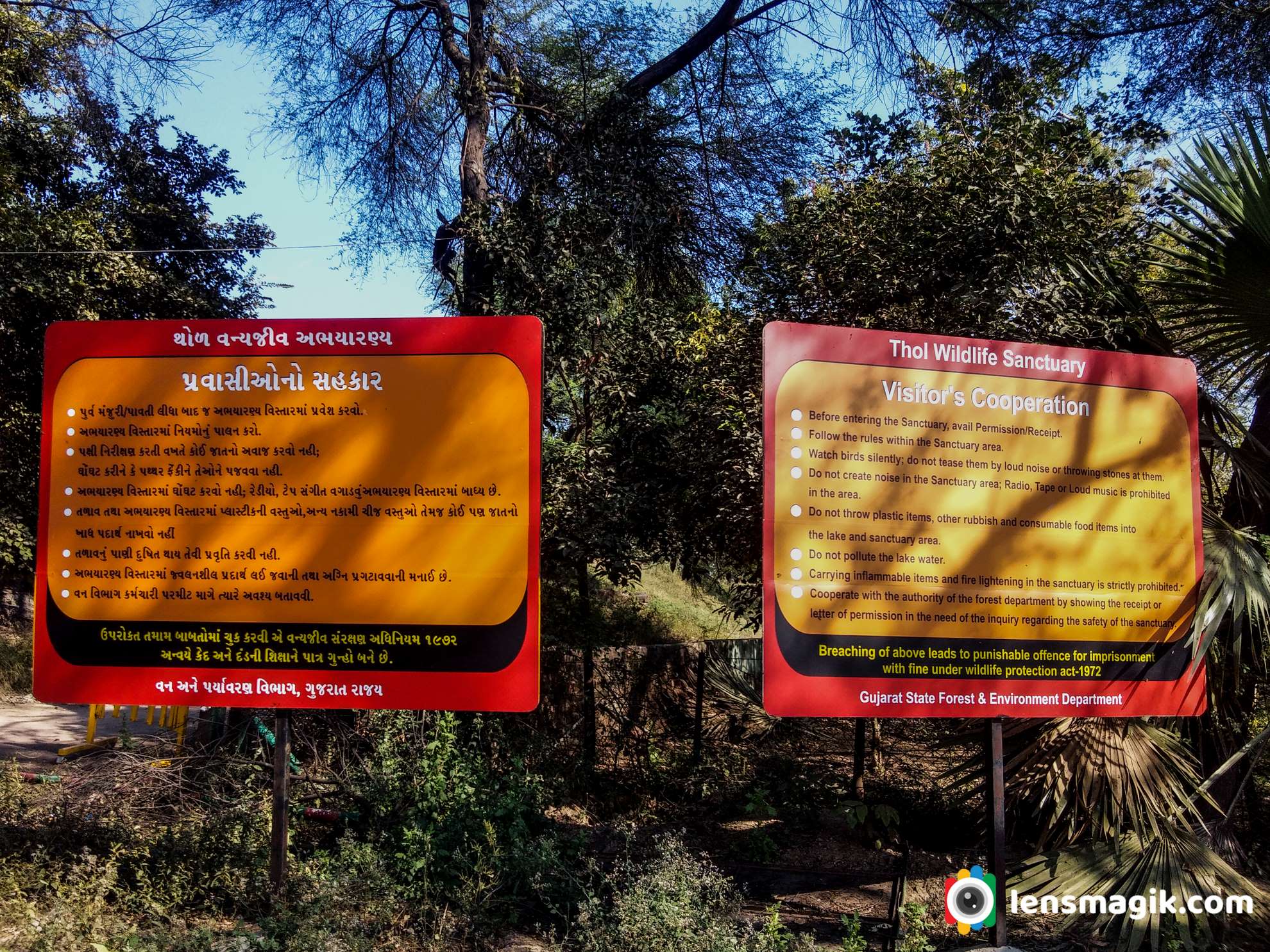
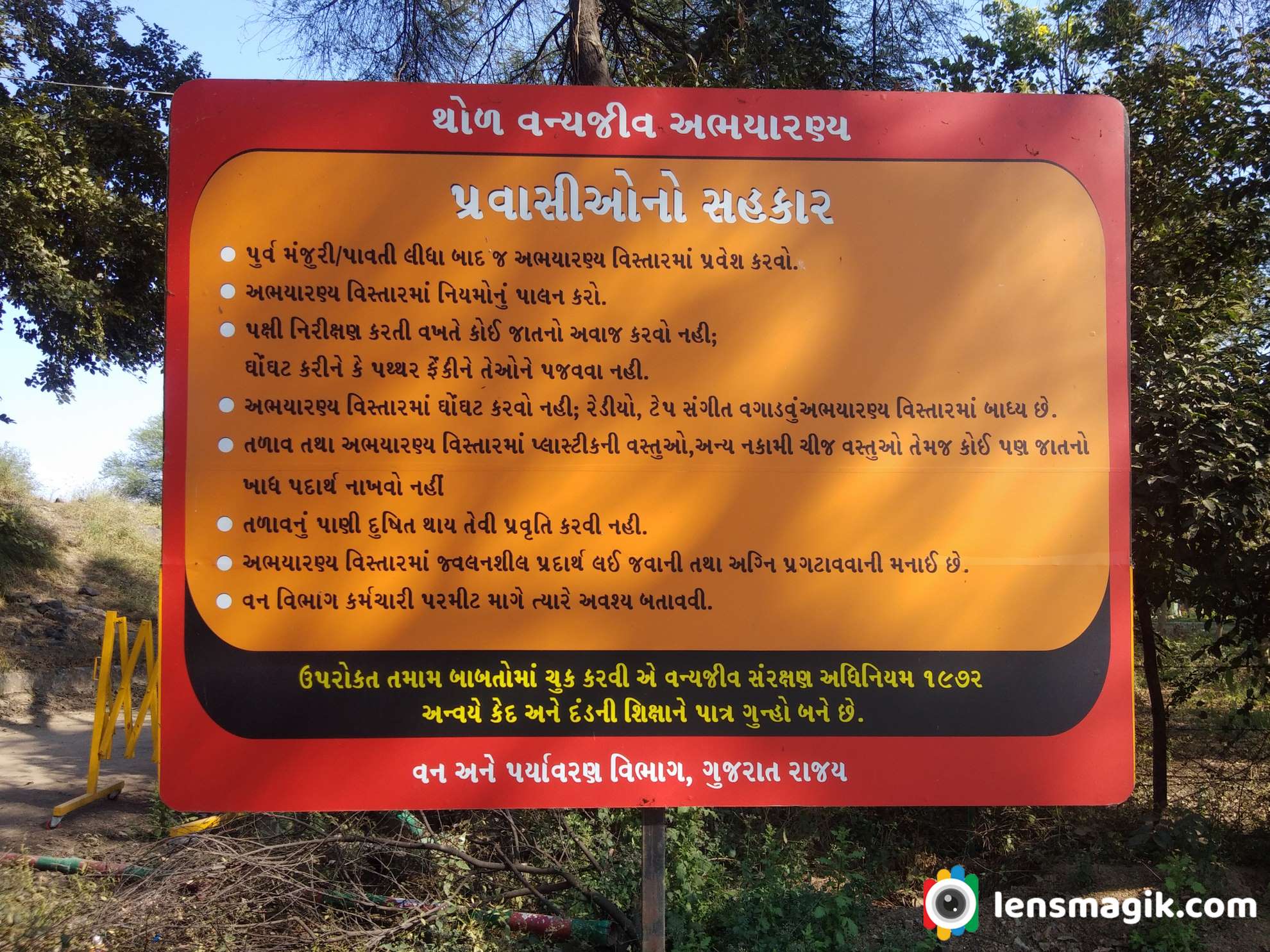
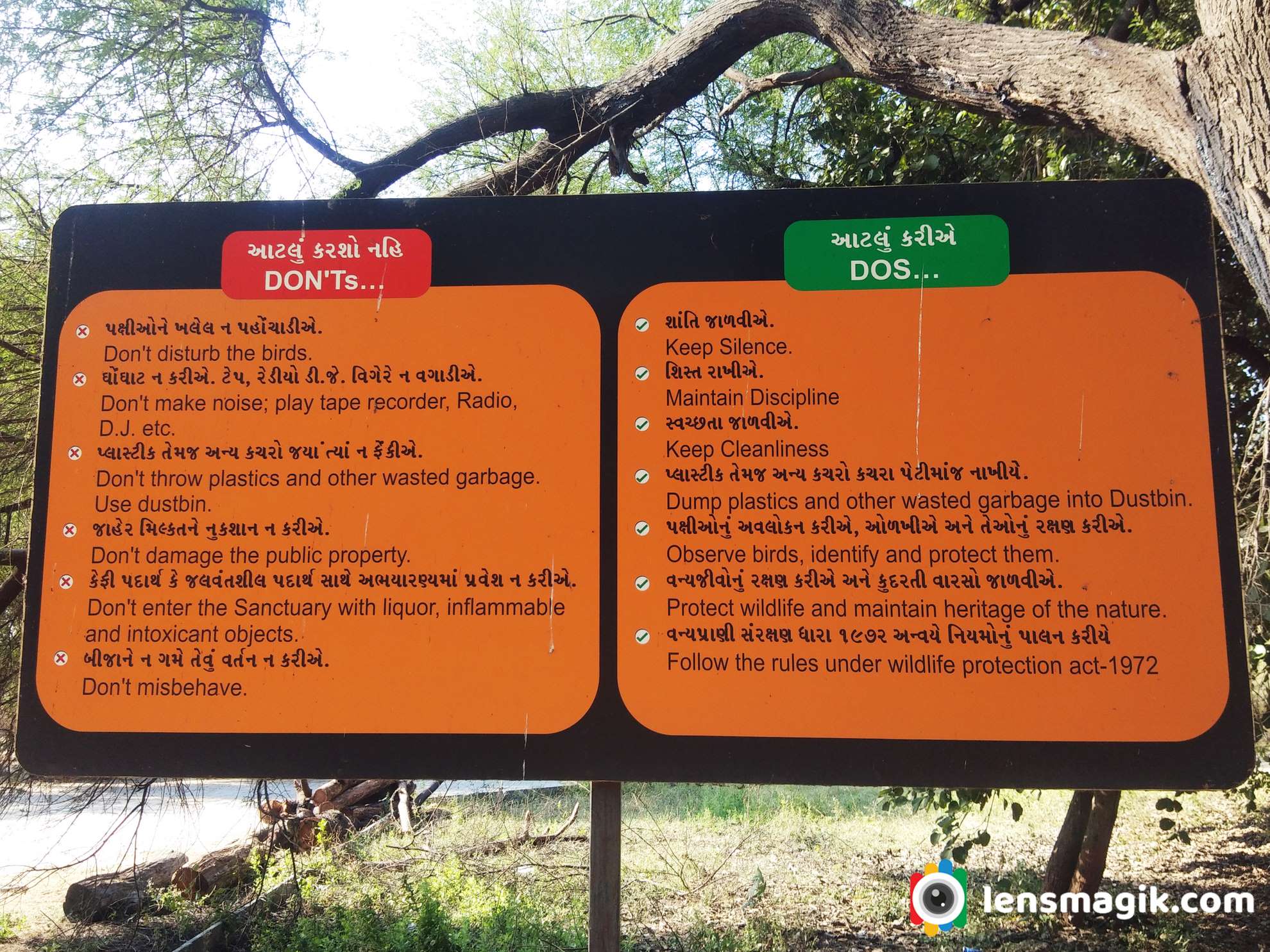
Where to Stay near Thol Lake :
Well near to Thol Lake there are not good places to stay at night but you can go near to destinations like Kadi, Kalol or Gandhinagar , Ahmedabad where you can get good places to stay at night. Nearest I suggest Kalol around 15-18 km or you can go Ahmedabad around 25 km.
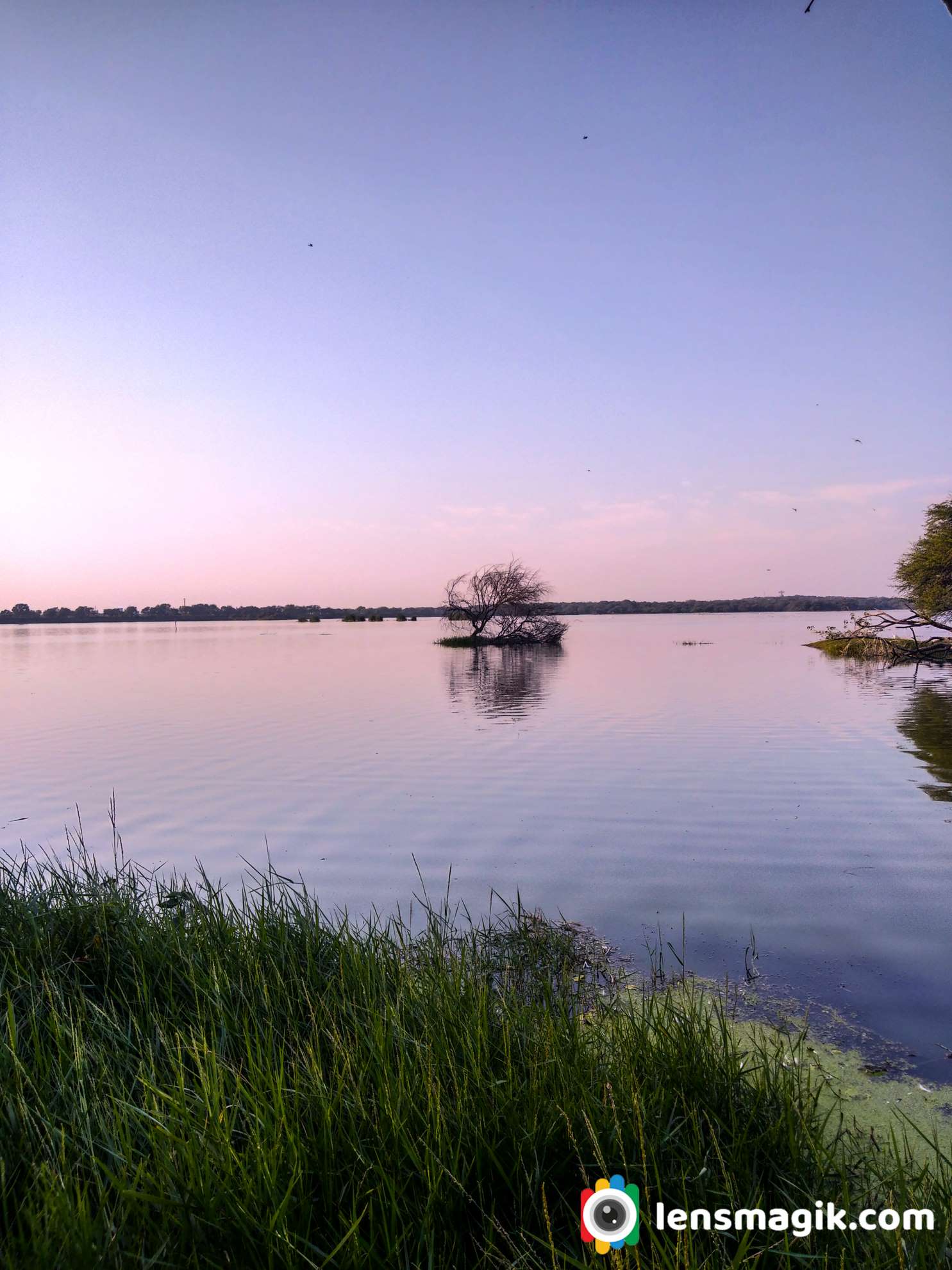

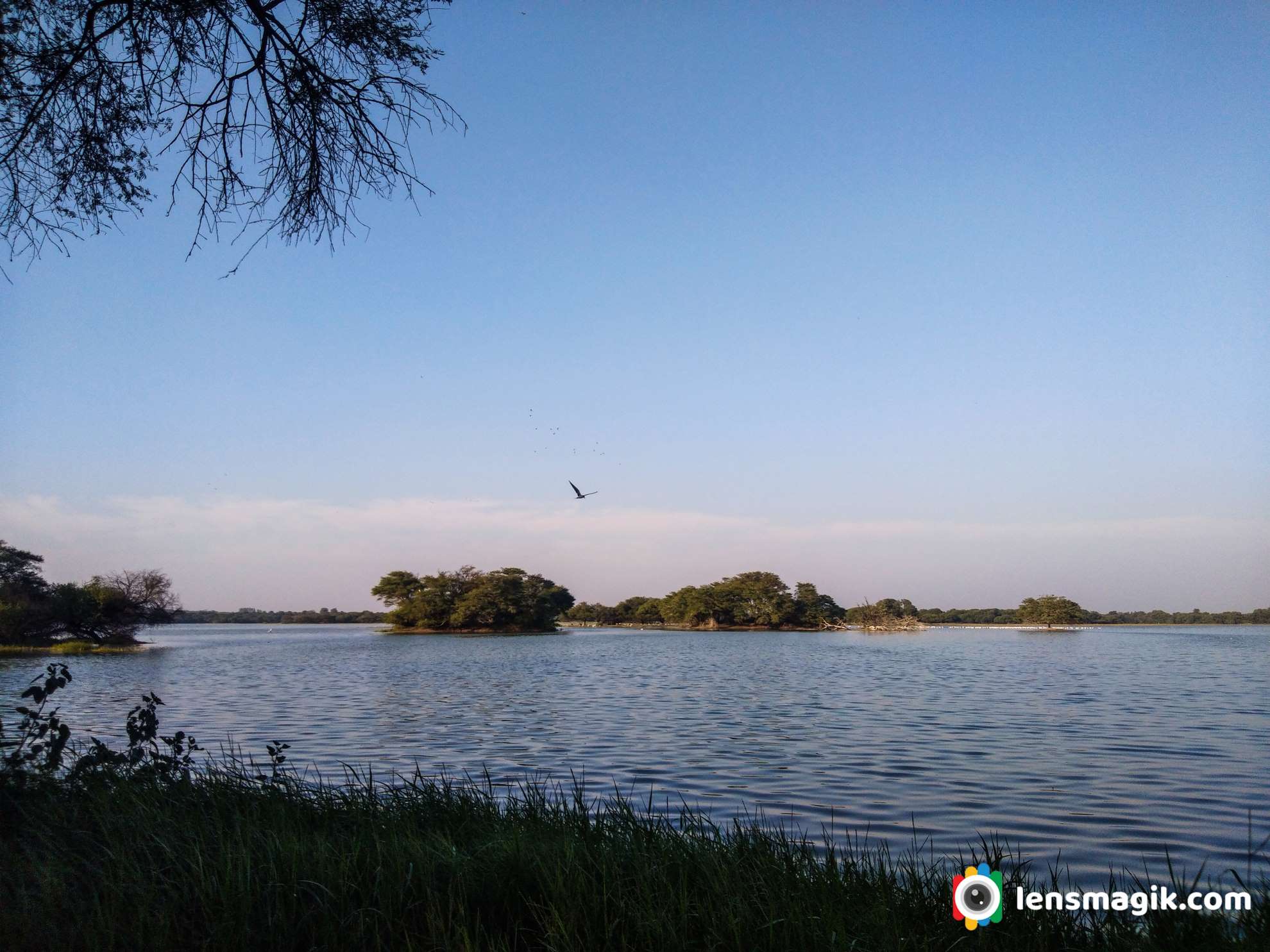


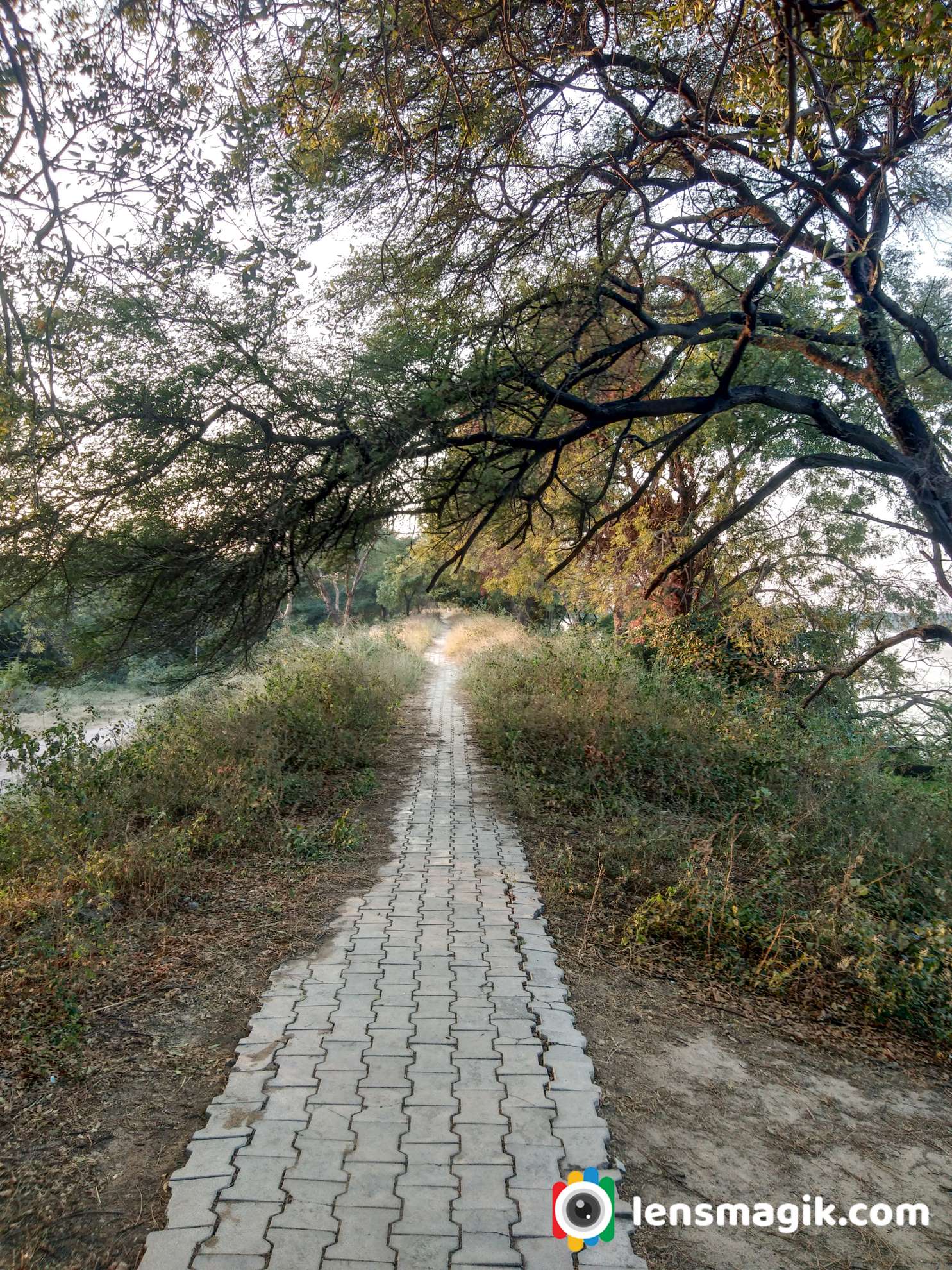
Places to Visit near Thol Lake :
If you are staying at Ahmedabad then go for Ahmedabad Darshan , Pol area of Ahmedabad and Adalaj Ni Vav ( Heritage places ) etc. Also go for fast food test at night at Manek Chauk and SindhuBhavan road there are lots of option for food lovers like Urban Chauk, Freezbee etc.
If you stay at Gandhinagar then visit Mahatma Mandir at Gandhinagar, Sarita udyan , Akshardham Temple etc.
I would suggest Modhera Sun Temple if you had some more time which is around 100km from Ahmedabad. For bird lovers and bird photographer I would suggest visit Little ran of Kutch (LRK) during Winter season, Pariej Lake, Indroda park Gandhinagar, Jessore Sanctuary Banaskantha etc.
How to Reach Thol Sanctuary :
Nearest airport is Ahmedabad and from Ahmedabad thol lake distance is around 30-40 km
Also for Railway station is Ahmedabad because you can get all frequency and destinations from Ahmedabad railway station.
Bar Headed Goose is high flying geese generally found in Asia. Bar Headed Goose and Bar Headed Geese both name you can use and both are same. It breeds in central Asia. It found many states in India during winter. In India its a winter visitor and breeds also during the month of November to April. For identification its looks simple because of it looks separate from other goose. There are black bars on head makes them different from other goose. It found in lakes and grasslands. I shoot them in Thol Bird Sanctuary near Sanand, Gujarat.
Migratory Birds In Gujarat : Bar Headed Geese/ Bar Headed Goose
You can call Bar Headed Goose or Bar Headed Geese also. It is migratory bird in India and also it can fly long distance and also at high altitude too. Some description and interesting facts about bar headed goose are as follow
- Bar headed goose size around 70-75 cm length and weight around 2-3.5 kg
- Bar headed Goose color is pale grey. It is easily different from other geese birds as it has black color bars on head so it is called bar headed goose.
- Bar Headed Goose call is like typical goose honking.
- Bar Headed Goose breeds in Central Asia near mountain lake. Also breeds in winter in south Asia.
- Bar Headed Goose lays 3-8 eggs at a time.
- Bar Headed Goose known for high altitude flying bird because it fly over the Himalayas. Before crossing Himalayas it migrate from South Tibet, Kazakhstan, Mongolia and Russia.
- Bar Headed Goose is one of the Wolrd's Highest flying birds.
- Some report says it fly over Mount Makalu ( fifth highest mountain in World ) around 27825 ft and also from Mount Everest around 29029 ft but this report has no verification but we must say that Bar Headed Goose is high Altitute flying bird. It is an interesting subject to study for Naturalist that why Bar Headed Goose flying so high and extream altitude.
- Bar Headed Goose built their nest in Tibetan Plateau.
- Bar Headed Goose has little large area of wing than other goose because of their weight.
- Bar Headed Goose can migrate around 1600 km in a day.
- Rajhans is the Gujarati name of Bar headed Goose.
- Bar headed Goose eat plants and invertebrates.
- Bar Headed Goose is Least Concern in IUCN list.
- Bar headed Goose Binominal name is Anser Indicus
In Thol Bird Sanctuary lots of migratory birds found and more than 150 different spices of birds found . Main attraction of Thol Bird Sanctuary is Greater Flamingo, Lesser Flamingo, Great White Pelican , Bar Headed Goose, Ducks, Waders, Blue Throat, Flycatcher, Greater spotted Eagle, Pochard and many more.
During winter to summer season this bird is found at Thol Lake. I often travel to Thol Lake because its very near to my house. I reach early morning and back after half day. This time Bar headed goose is very close to me. I am so lucky that i got very sharp and clear blurred picture.The bird looks awesome in solo picture and in duo and also in a group. Bar headed goose is very shy bird so its is too difficult to get them very close. They are also high altitude migratory birds and passes over Himalayas from migration time.
Camera Used : Canon 6D, Canon 80 D, Canon 100-400mm lens
Location : Thol Bird Sanctuary, Sanand, Kadi
Places to Visit near Thol Bird Sanctuary : Adalaj Ni Vav, Motera Sun Temple, Little Rann of Kutch, Mahatma Mandir Gandhinagar.
Read more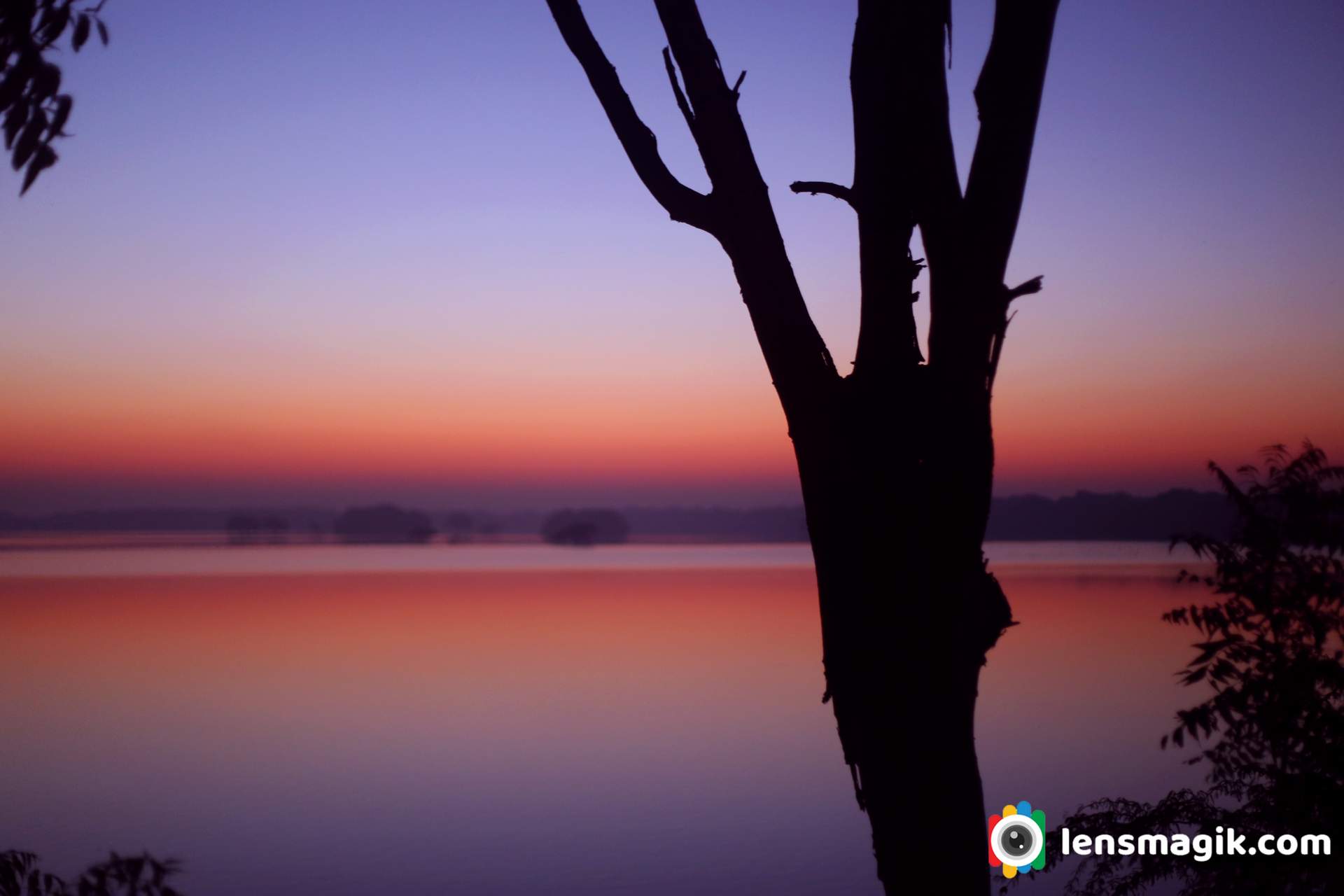
The Time of the day between Daylight and Night or Darkness is Twilight. Simply means after sunset or before sunrise time you can see beautiful tri color sky with diffused and sometimes pinkish sky. At this moment The Sun is below the horizons but sunrays are disordered due to atmosphere of Earth and it make color of twilight.
Difference between Twilight And Dusk :
Time between Sunset and Dusk is called Twilight. At twilight moment there is little bit light in the sky. When the Sun is at 18 degree below the horizon that point is called Dusk. There is no sunlight at Dusk point.
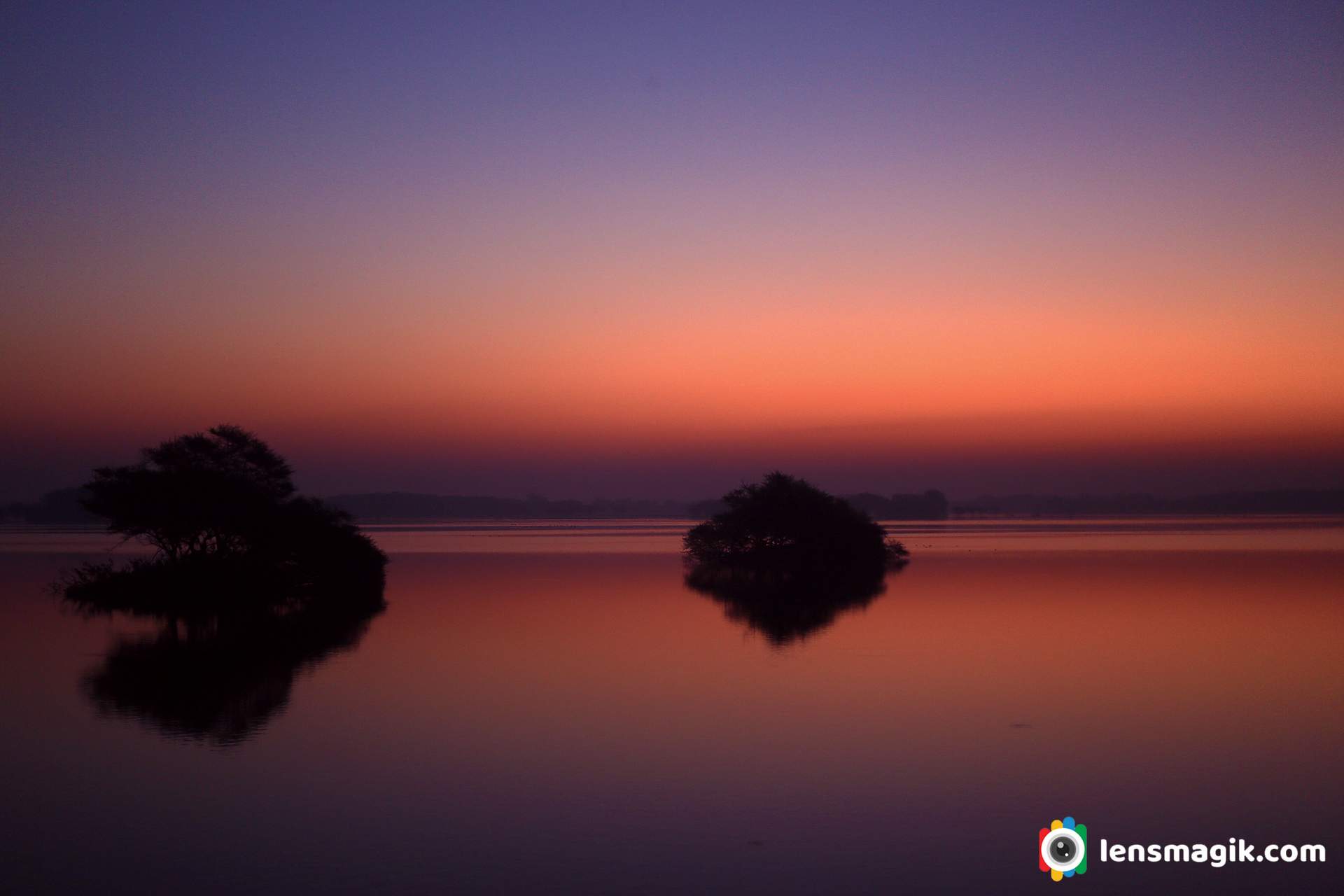
Types of Twilight :
There are three types of Twilight
- Civil Twilight ( nearest to the Horizon )
- Astronomical Twilight ( fareast from Horizon )
- Nautical Twilight ( Fareast from Horizon )
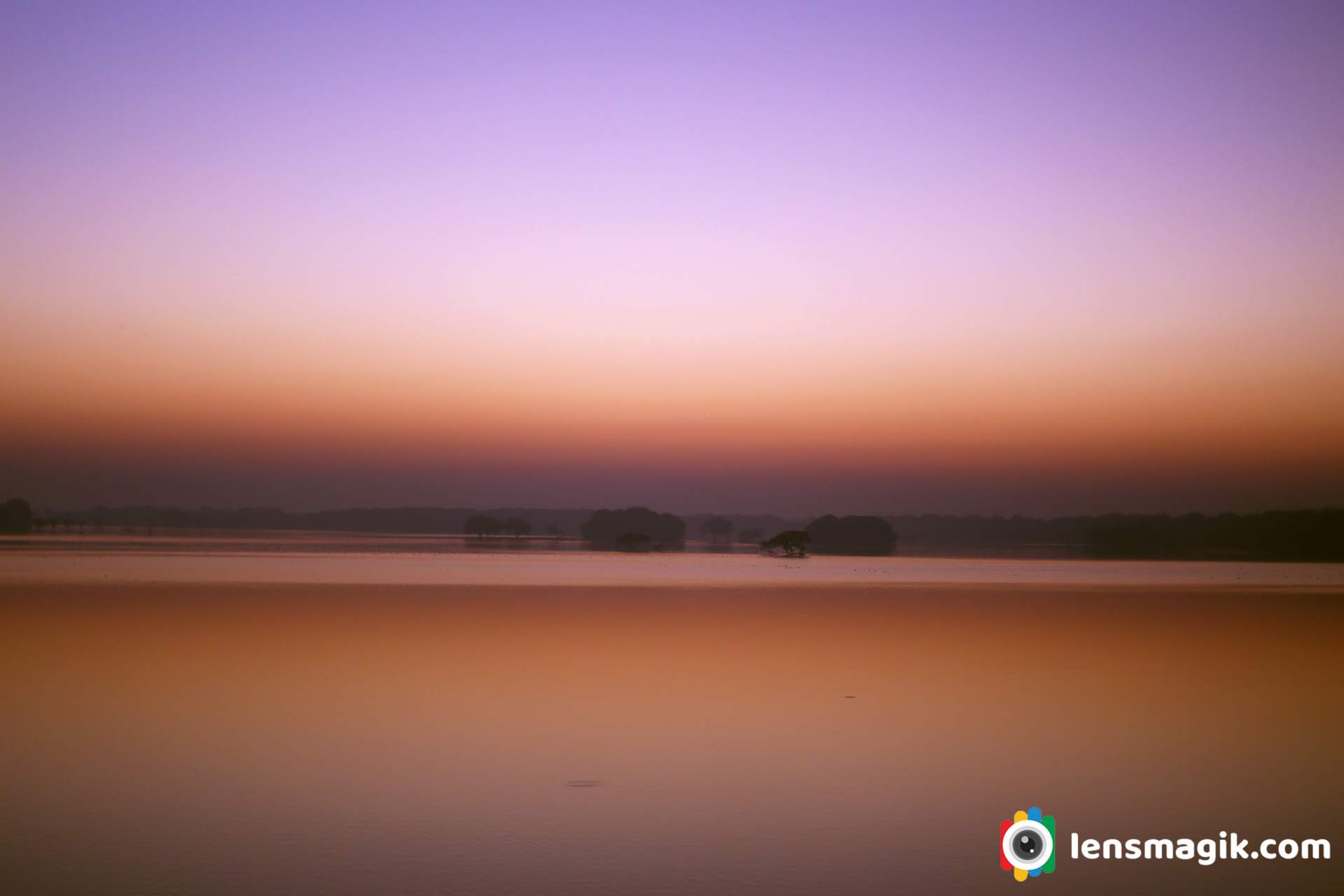
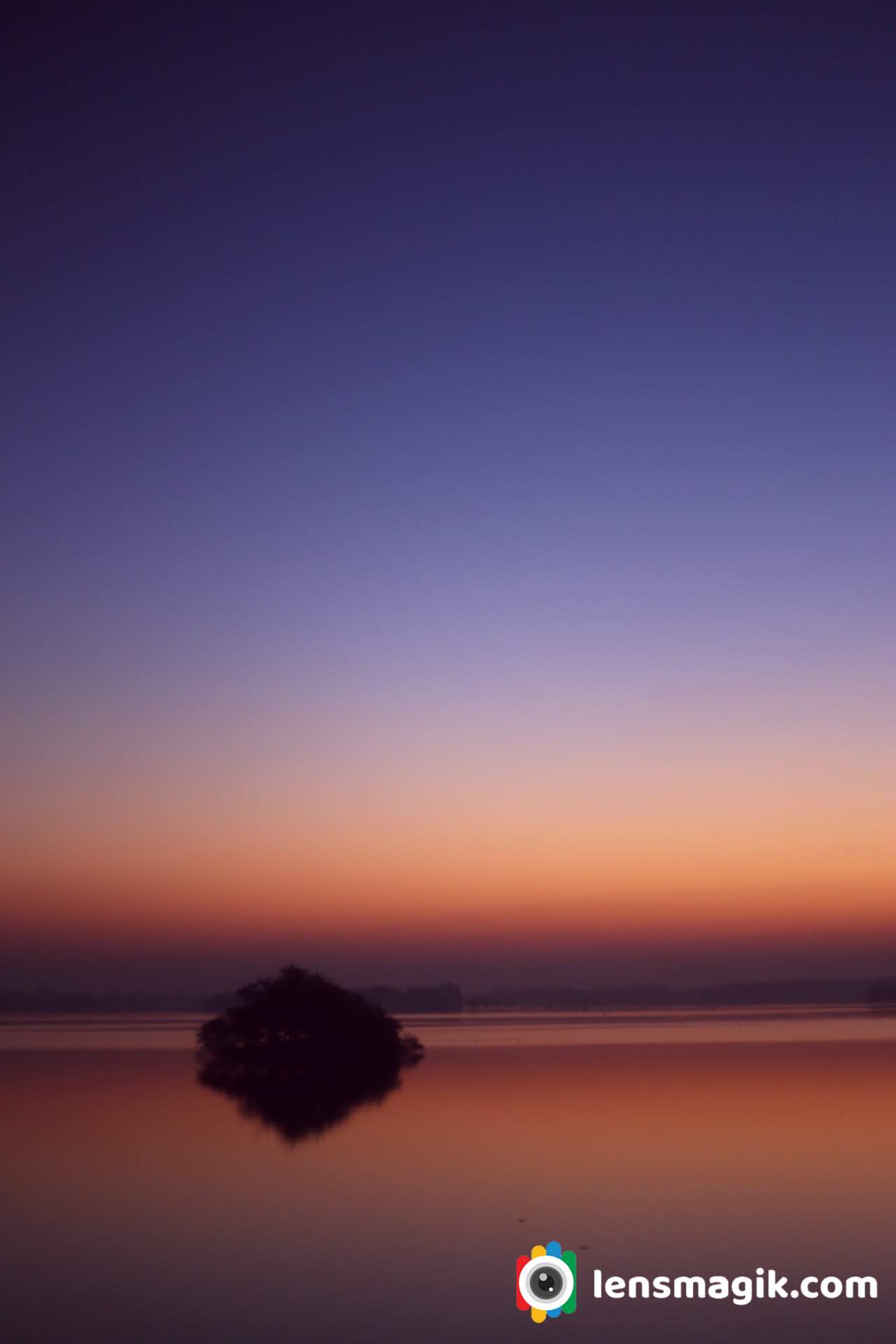
About Thol Bird Sanctuary :
Thol Bird Sanctuary is located near Thol Village in Kadi in Mehsana District Gujarat. It was made in 1912 for irrigation tank. Later on the winter visitor birds and also lots of migratory birds came here it was declared as an Sanctuary in 1988. Thol Lake or Thol Bird Sanctuary is one of most favorite place for bird watchers. Here you can find lots of resident birds, Migratory Birds, Waders , Water birds, Serpents, Tortoies, Squirrels, Monitor Lizards etc. The different kinds of birds is the beauty of Thol Lake.
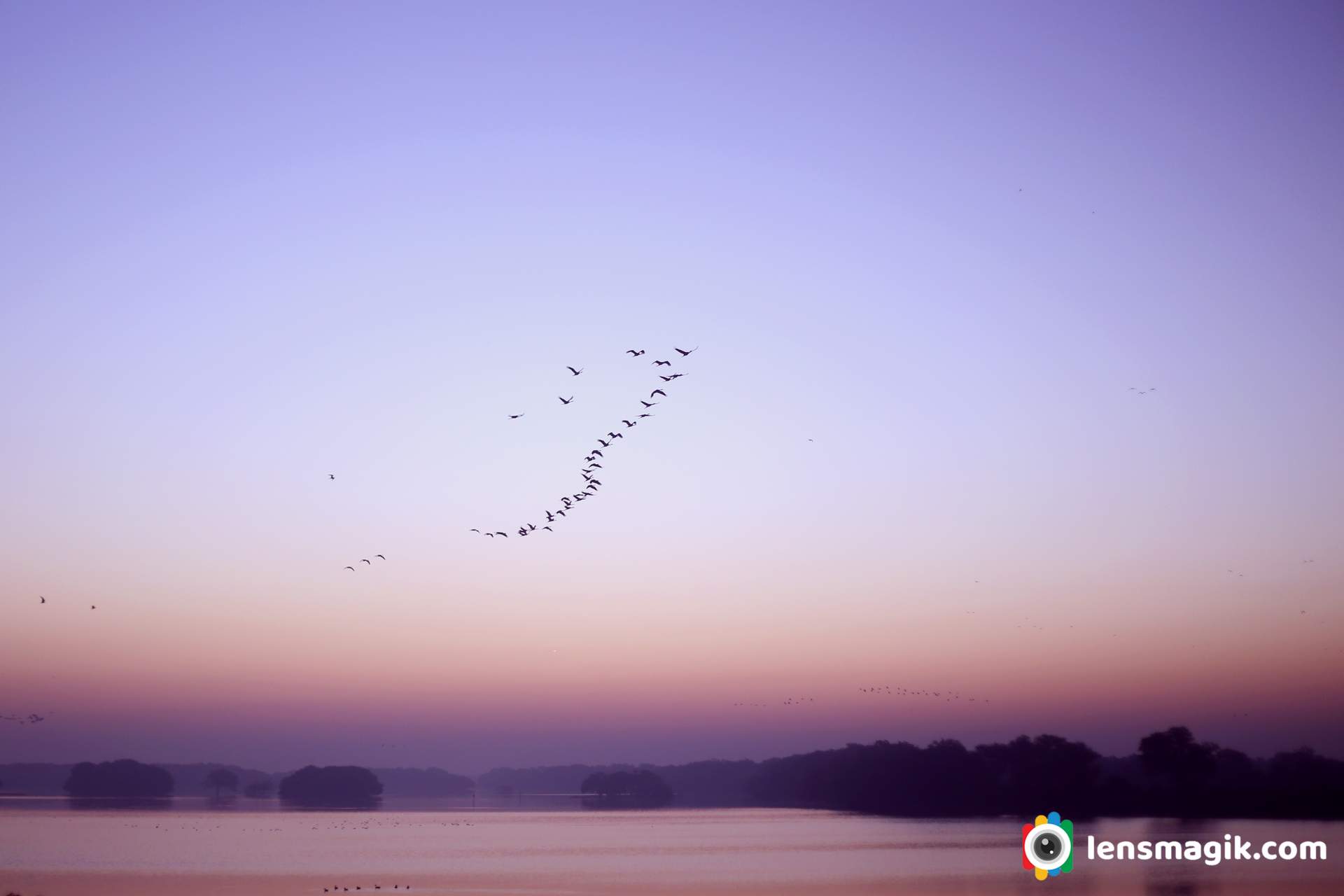
Twilight Sky At Thol Lake :
I oftenly visit Thol Lake for birding. During winter season i went for flemingos and pelicans specially. Winter is best time for Thol Lake. When my cousine came from USA we visited Thol Sanctuary. Generally i went early morning at 7 AM but my cousine was very exited to visit thol so we came early 5 AM at Thol Lake. There was a darkness at Thol Lake and also The gate open at 6 AM. so we wait for open the gate. When the gate was open and we just enter the lake we saw Twilight sky . A tri color sky looks amazing. I had never seen that type of sky before. Different shade of sky before 10 minutes of sunrise. That was experienced that we are in heaven. My cousine was very happy to see Twilight sky.
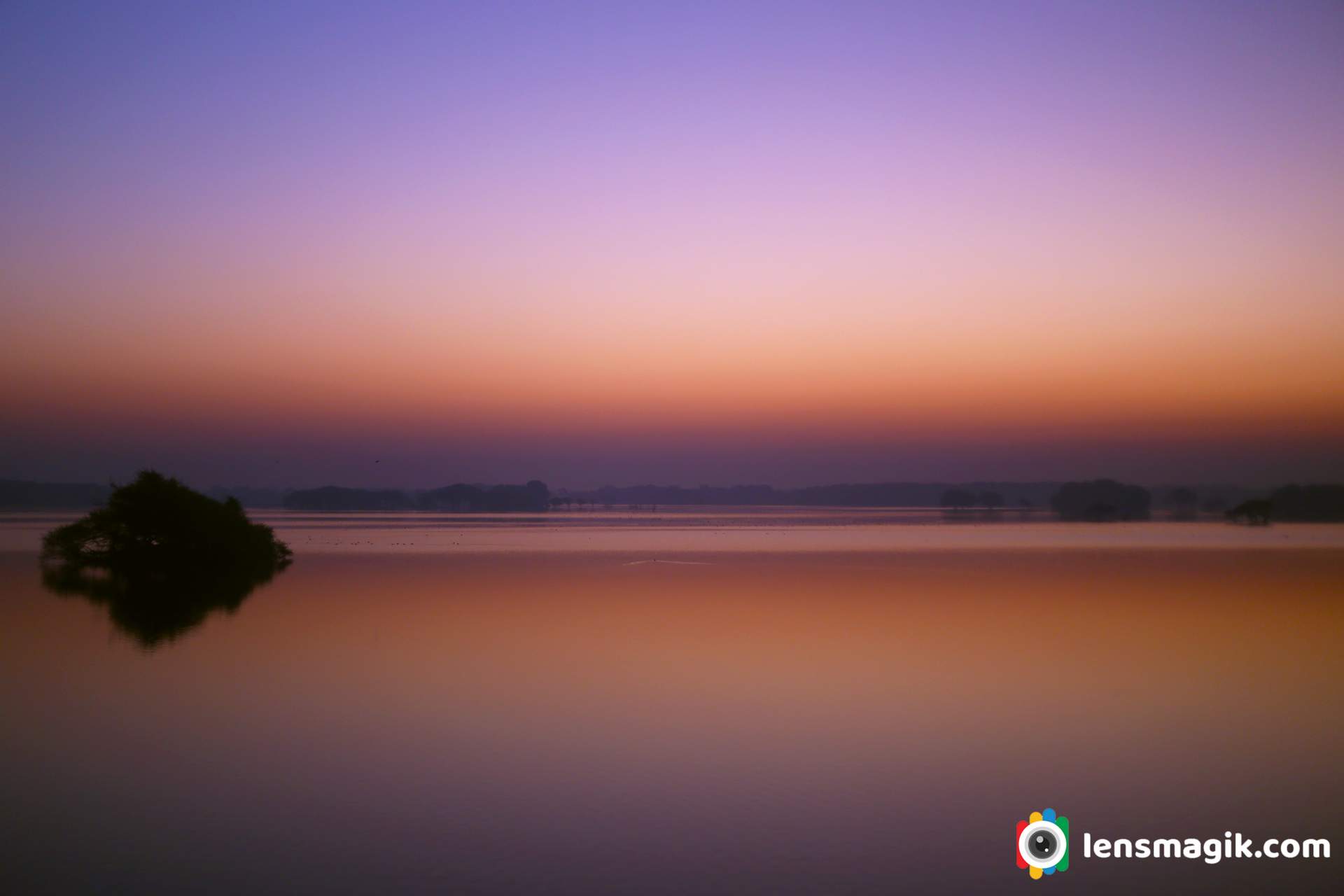
Gear Used : Canon 6 D camera, Canon 50 mm lens
How to Reach Thol Lake : Thol lake is near to Ahmedabad. Distance from Ahmedabad is around 25-30 km. So nearest Airport is Ahmedabad and Railway Station is Ahmedabad. You can go by road from Ahmedabad.
Read more
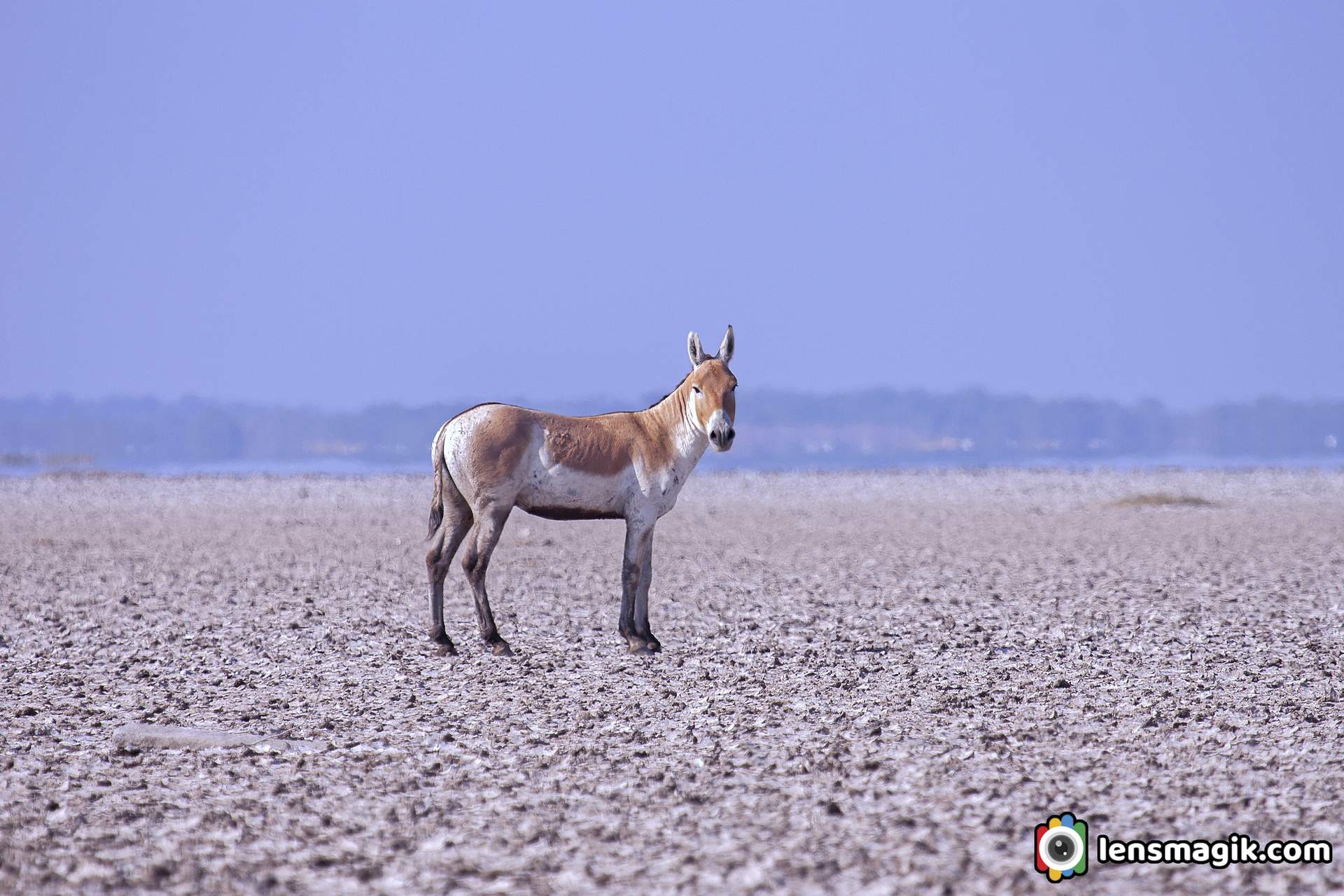
Indian Wild Ass known as Gudhkhur, Khur or Indian Onager in local Gujarati language. The population was estimated around 4450 before 5-6 years. Indian Wild Ass population increasing in numbers and extending its range from Little Rann of Kutch to Great Rann of Kutch. Little Rann Of Kutch where found the world's largest population of Wild ass .The wild ass eat grass, leaves and fruits. Wild ass is very shy animal. If you want to go closer to them they ran away. I shoot photo from far distance with my tele lens. There was very low light at sunset and with tele lens u cant go much brighter image but i tried with sunset and wild ass together. Wild ass with sunset photo looks awesome.
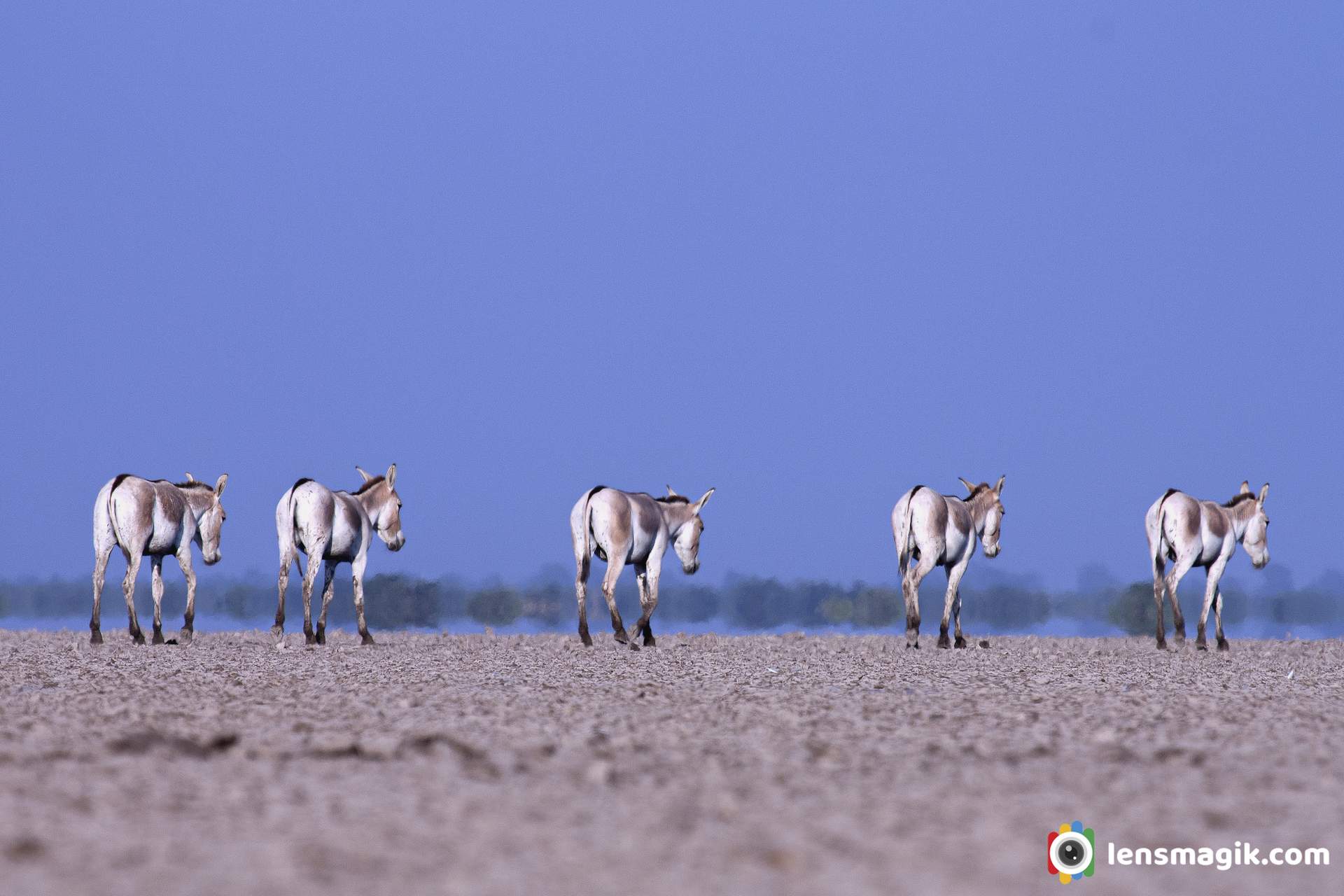
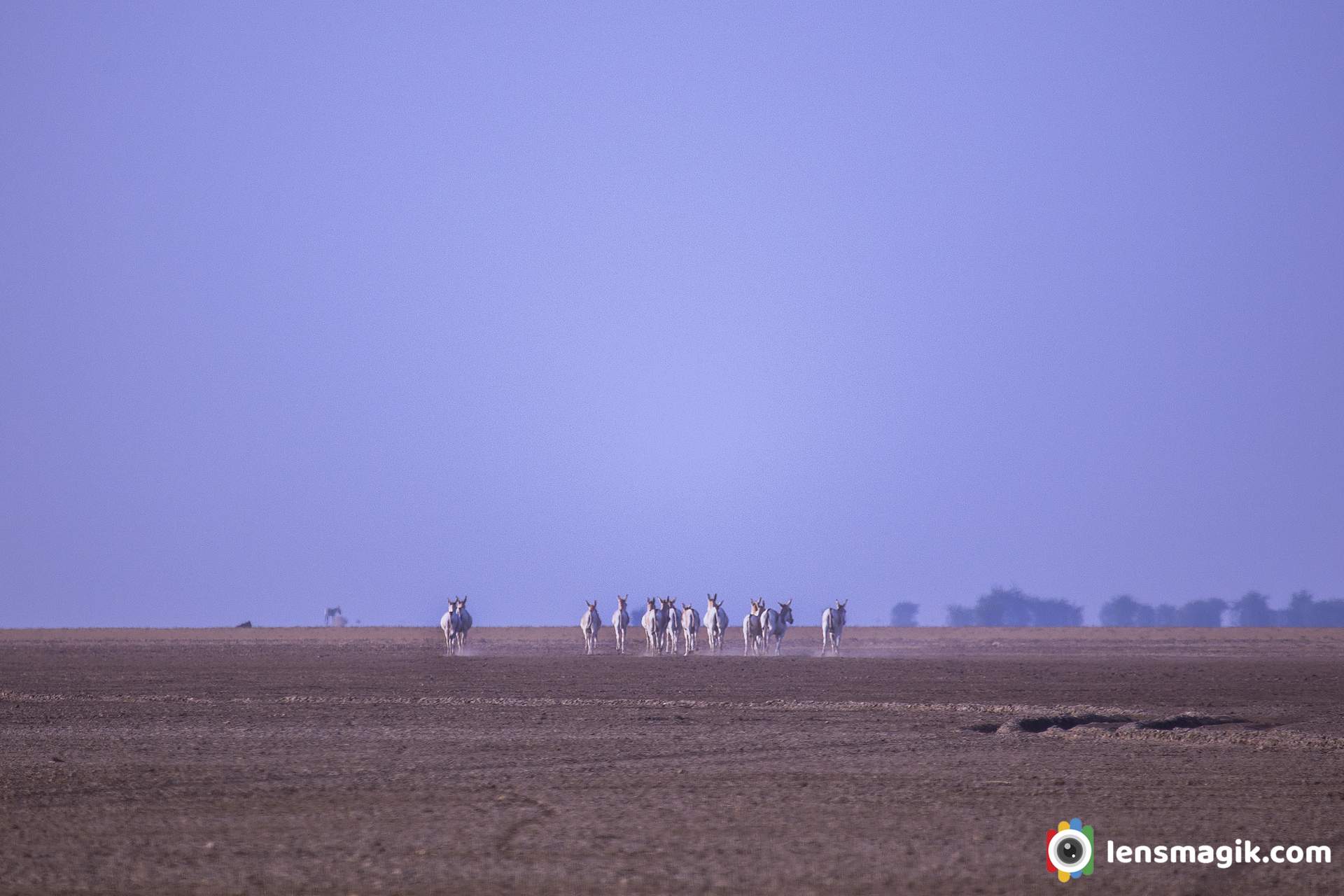
Facts about Indian Wild Ass :
- The range of Indian Wild Ass is western India, Pakistan and Afghanistan .
- In India Indian wild ass found only in Gujarat in Great Rann of Kutch , Little rann of kutch in Wild ass Sanctuary.
- In Gujarat Indian wild ass also found in small numbers in Banaskantha, Surendranagar, Mehsana and some outskirts of wild ass sanctuary.
- Indian Wild ass feed grass, leaves and fruit plants.
- Indian wild ass is the fastest animal of India.
- Speed of Indian wild ass is around 70 to 80 km per hour.
- Monsoon is matting season of Indian Wild Ass.
- Indian wild ass related subspecies are Mongolian Wild Ass, Turkmenian Kulan, Persian Onager and Syrian Wild Ass .
- In India there is another Wild ass spices named Tibetan Wild Ass found in Leh Ladakh and Tibet areas,
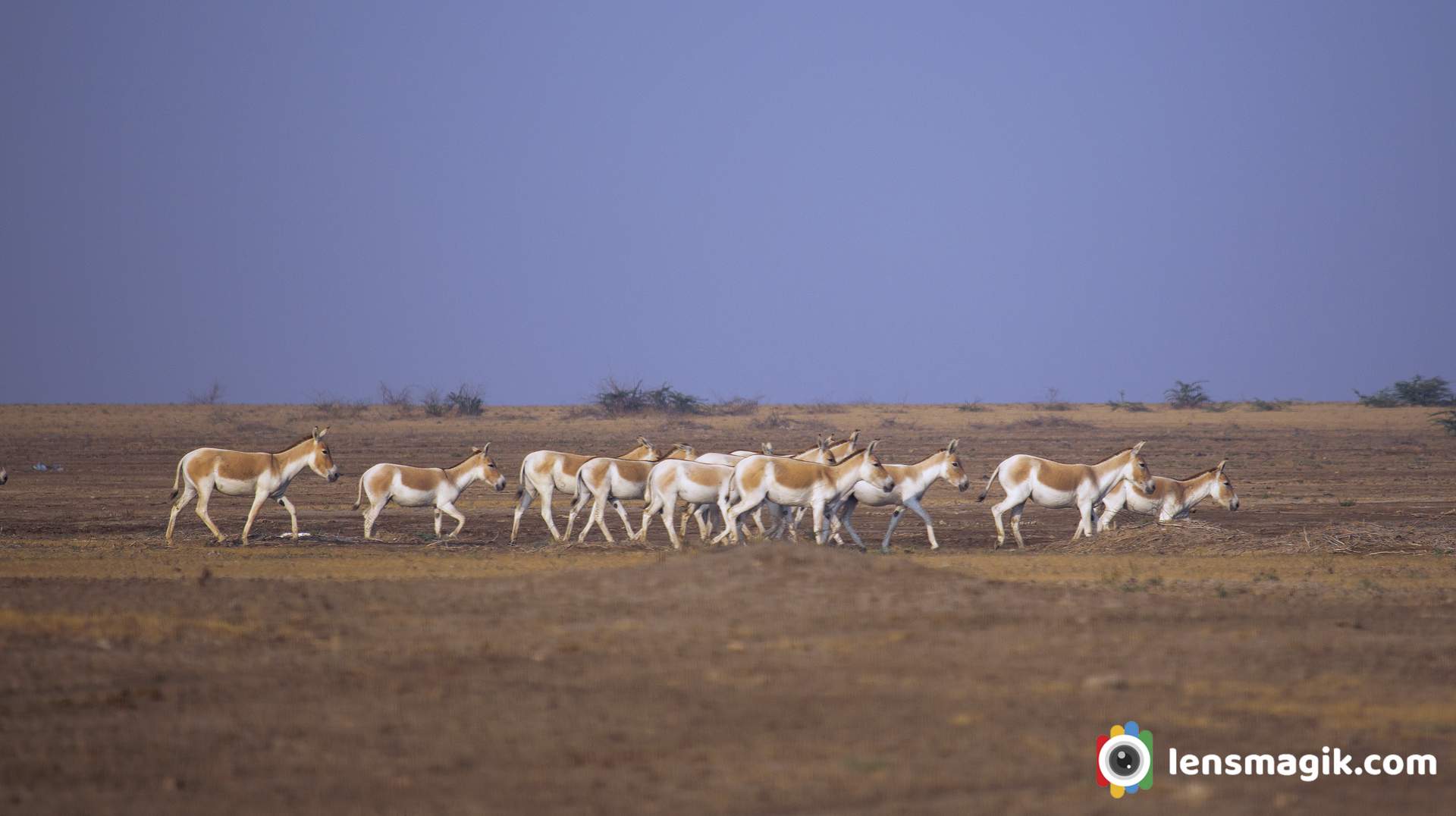
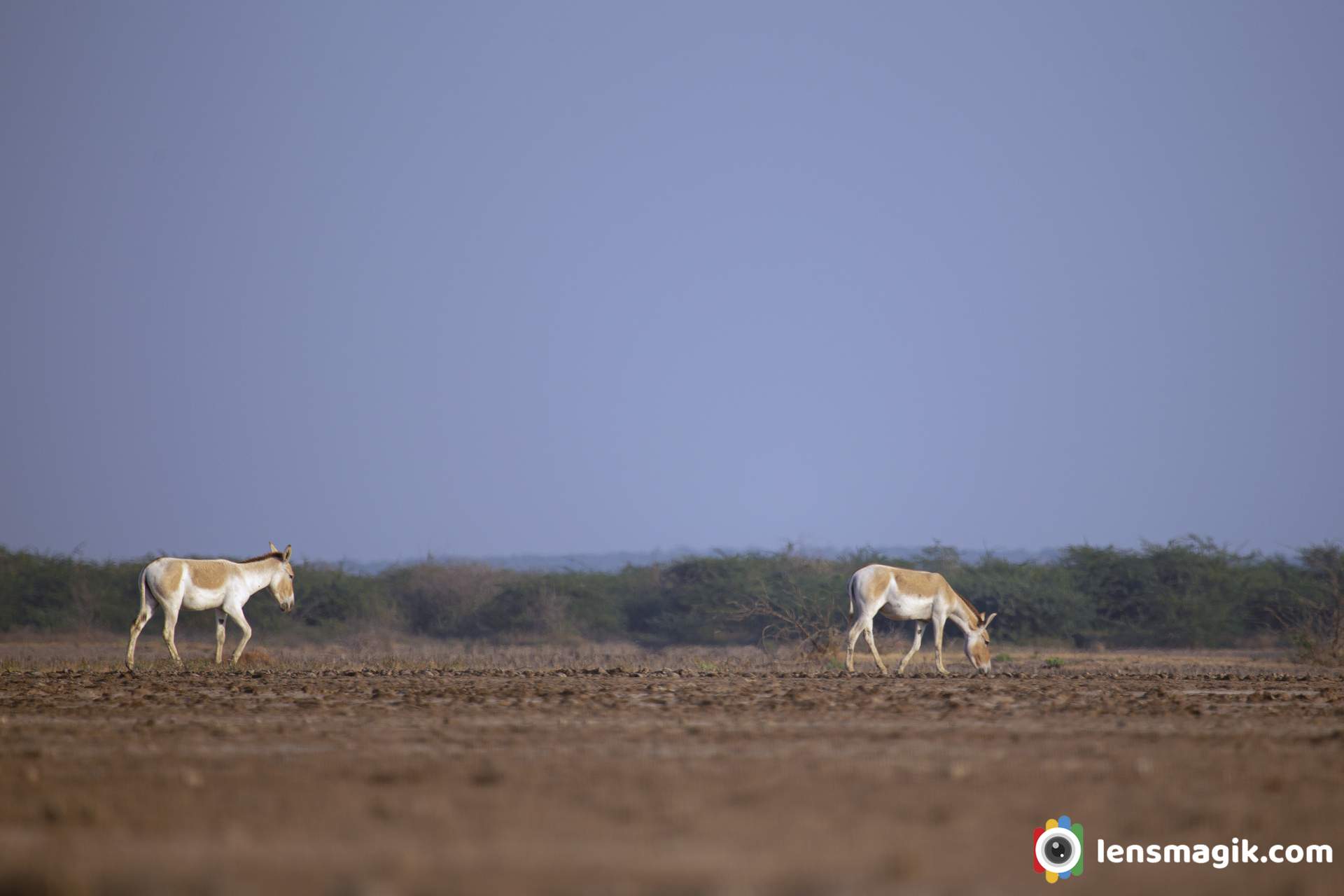
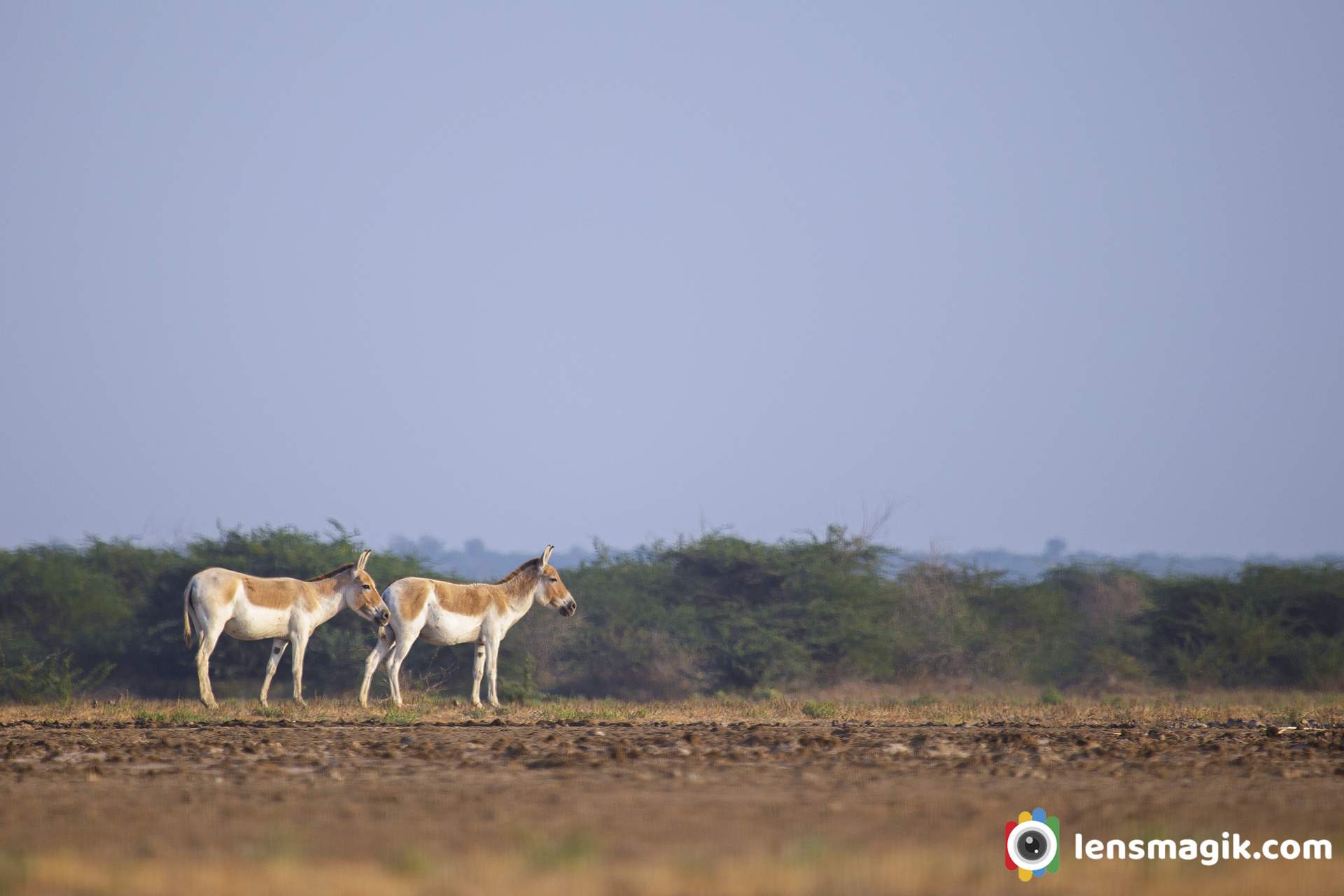
About Wild Ass Sanctuary Gujarat :
Little rann of Kutch has two good sites one is Bajana where you can enter LRK from forest office. Another site is Dasada where good wetlands and outskirts area of amazing agricultural lands. From Bajana entrance route you can find amazing migratory birds and wild ass too. Lots of winter visitor birds and raptors found here. Best time to visit for raptors is November to February. Dasada village has good wetlands. Also some good wetlands area outside LRK where you can find migratory birds and some resident birds too. Also short eared owl found here and also endanger Bastard bird is found here. LRK is prefect sanctuary for wildlife and birders. Here you can find all types of birds and mammals. In little rann of kutch spices of invertibrates, insects, spiders, amphibians, reptiles, lizards, snakes etc are found. Sanctuary is in a desert of Kutch.
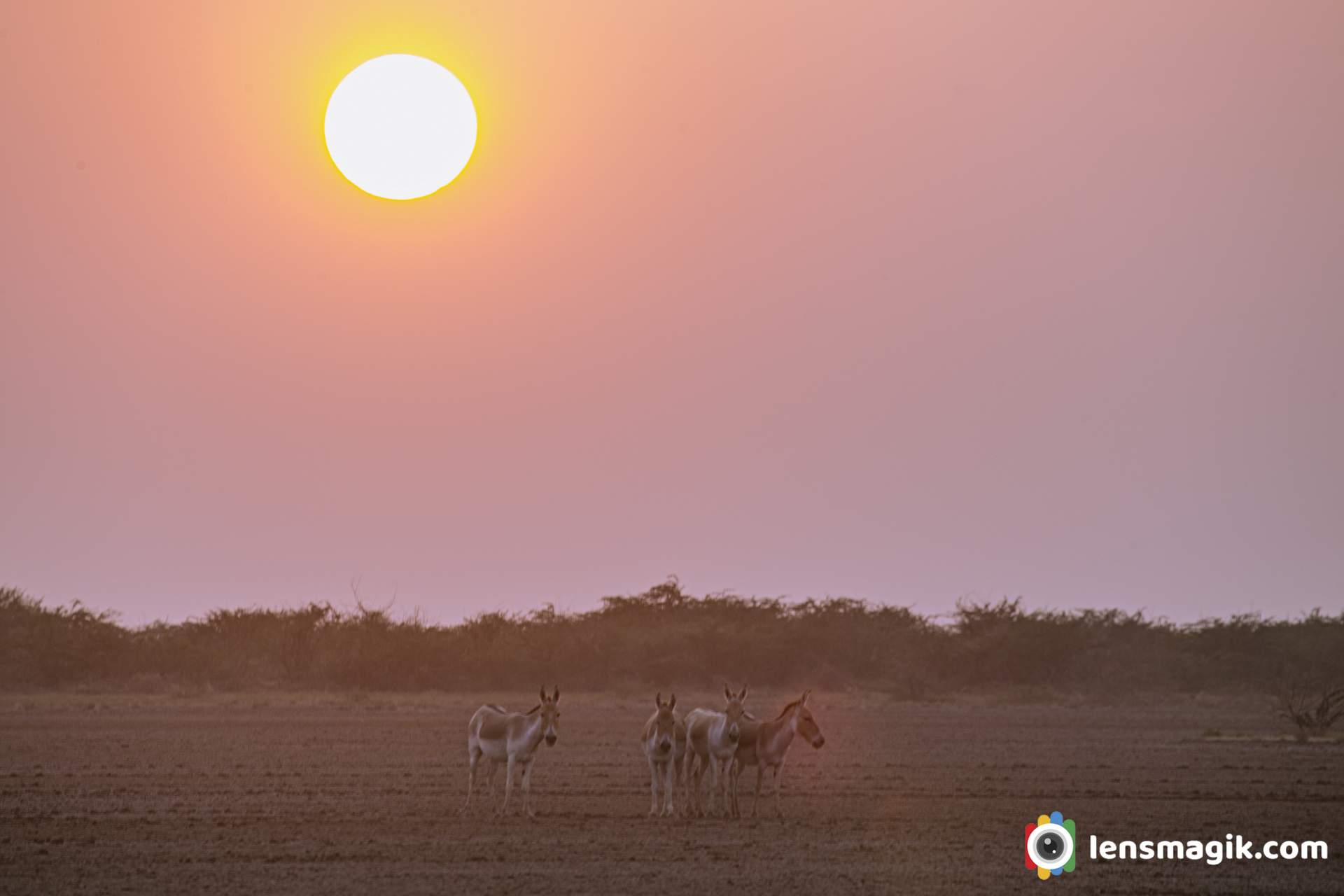
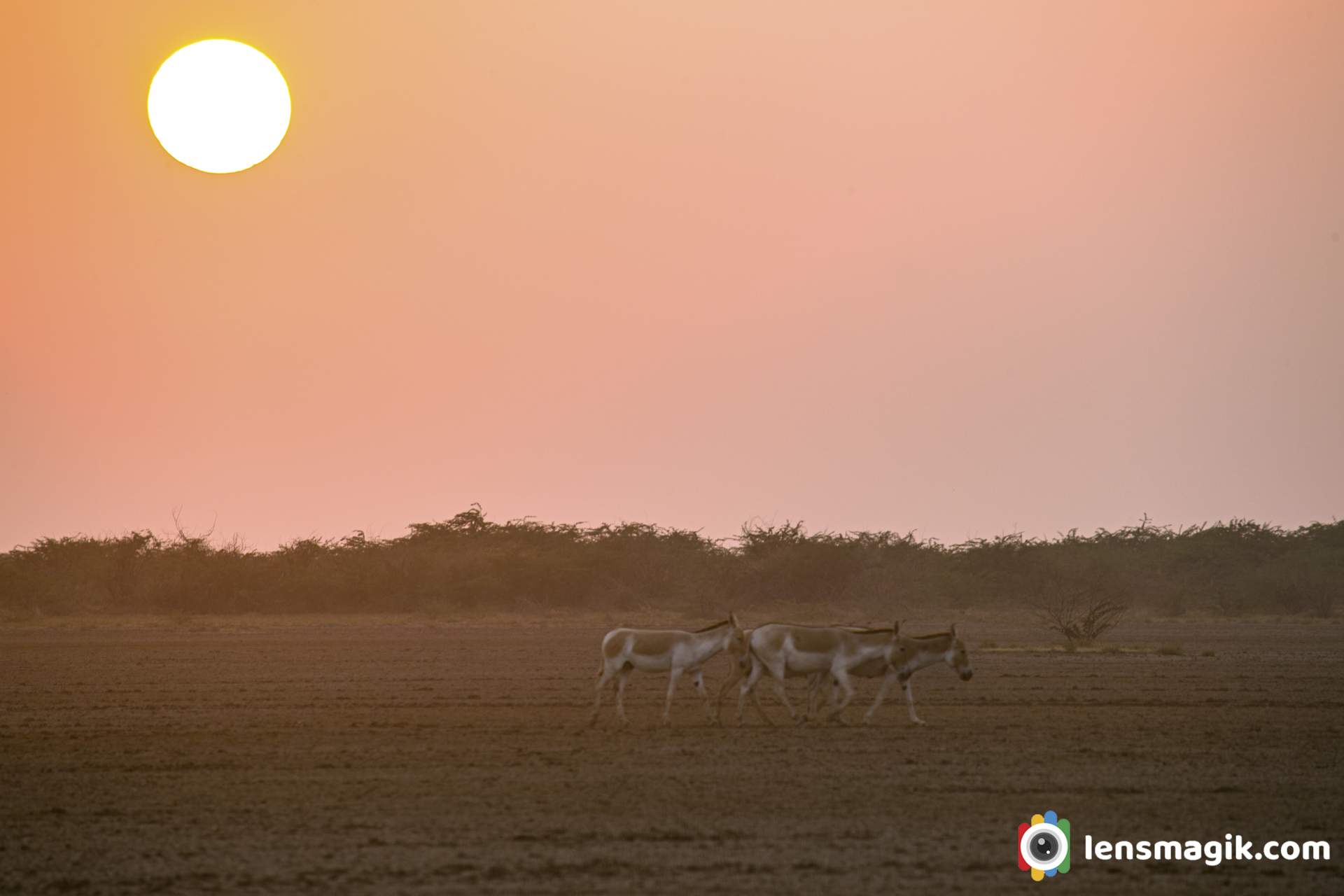
At the edge of sunset wild ass is beautiful subject to shoot. LRK has good horizon site to capture 360 degree view . Little rann of kutch is very good sanctuary for birders too. In winter season LRK, little rann of kutch is best place to visit for raptors. Lots of migratory birds and raptors are found here . Wild ass is looks like a donkey. Same body structure as donkey but only the difference is color. LRK is good place for wildlife photographer bcz you found mammals , birds, migratory birds, raptors and also owls and endanger spices of Bastard found here.
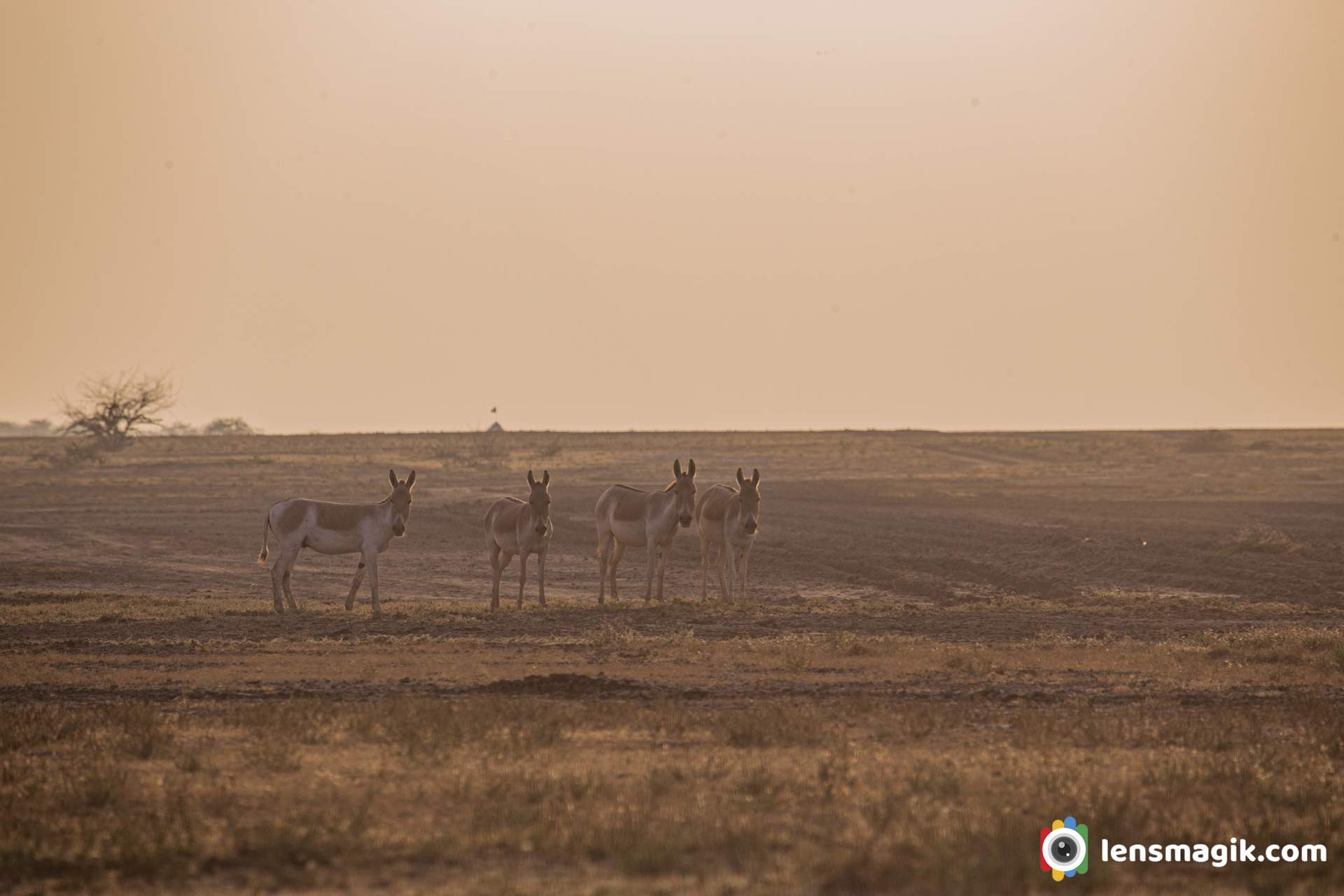
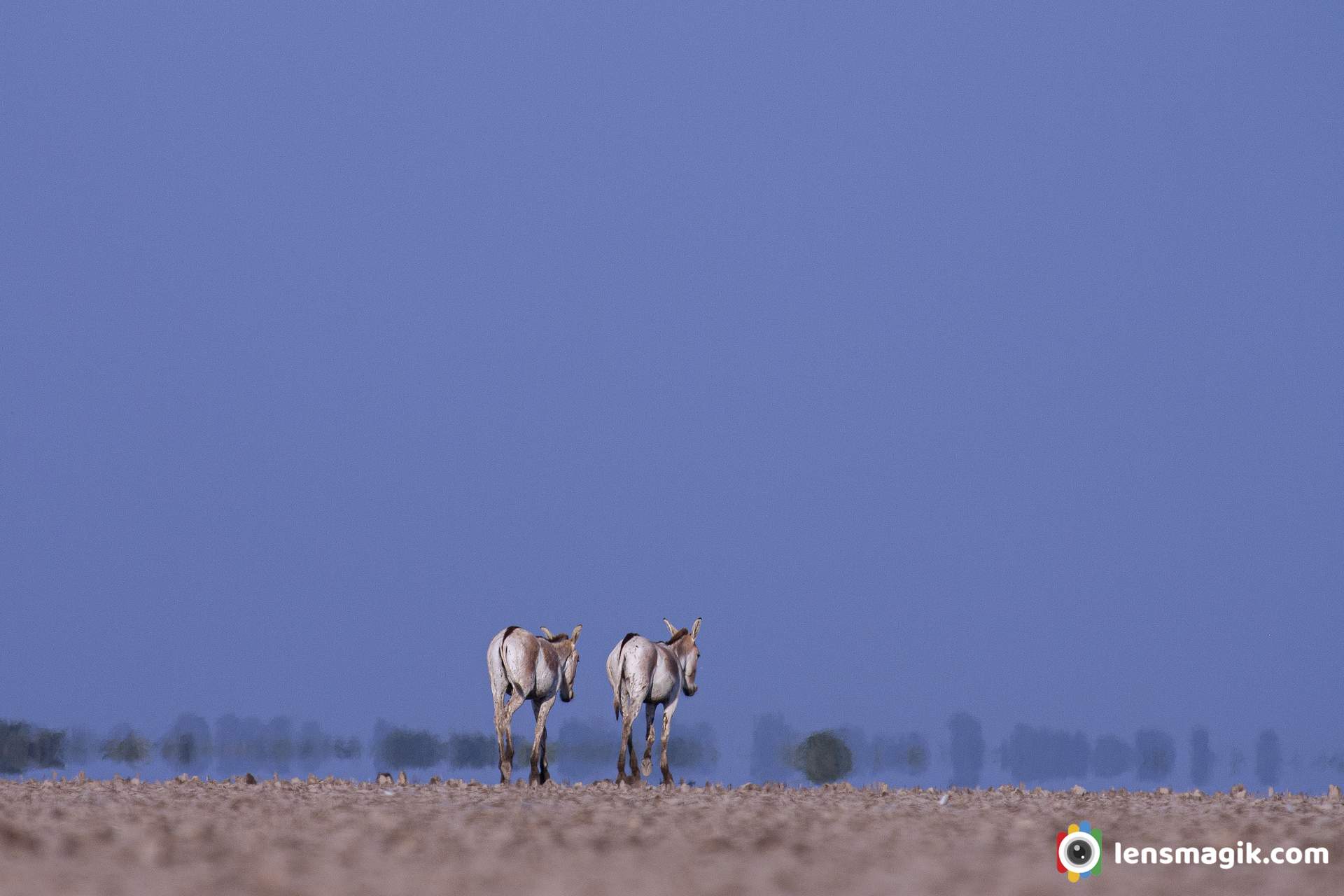
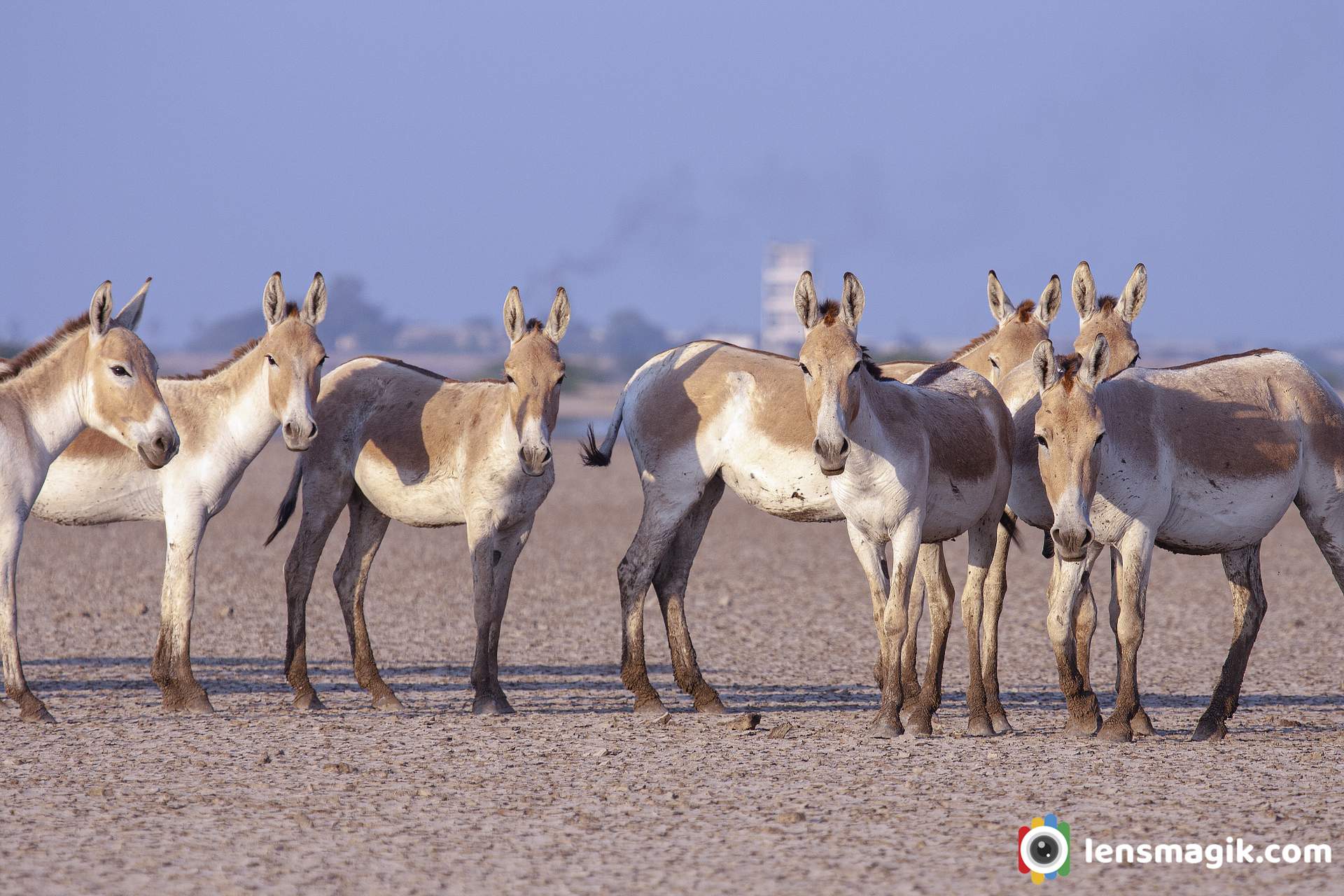
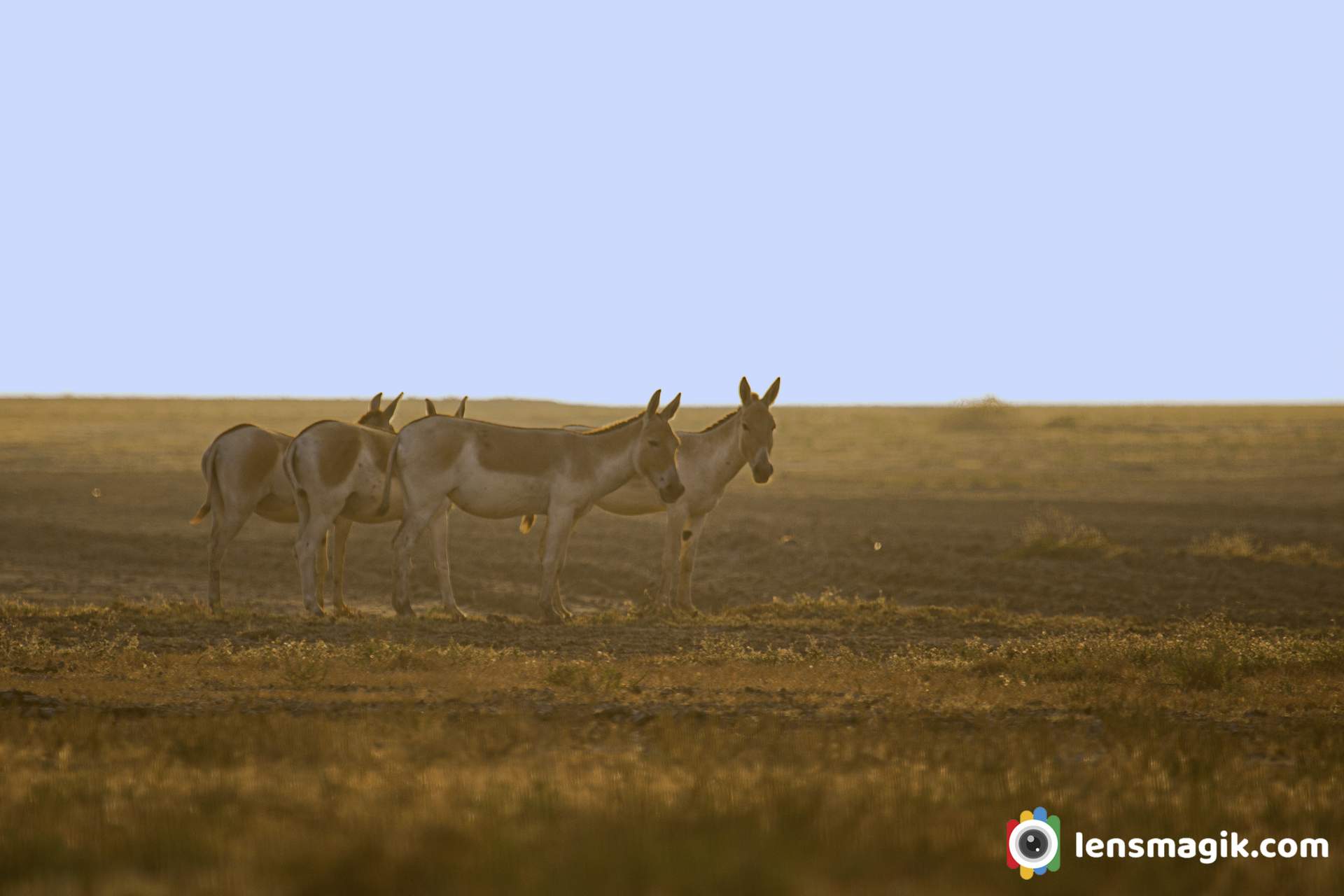
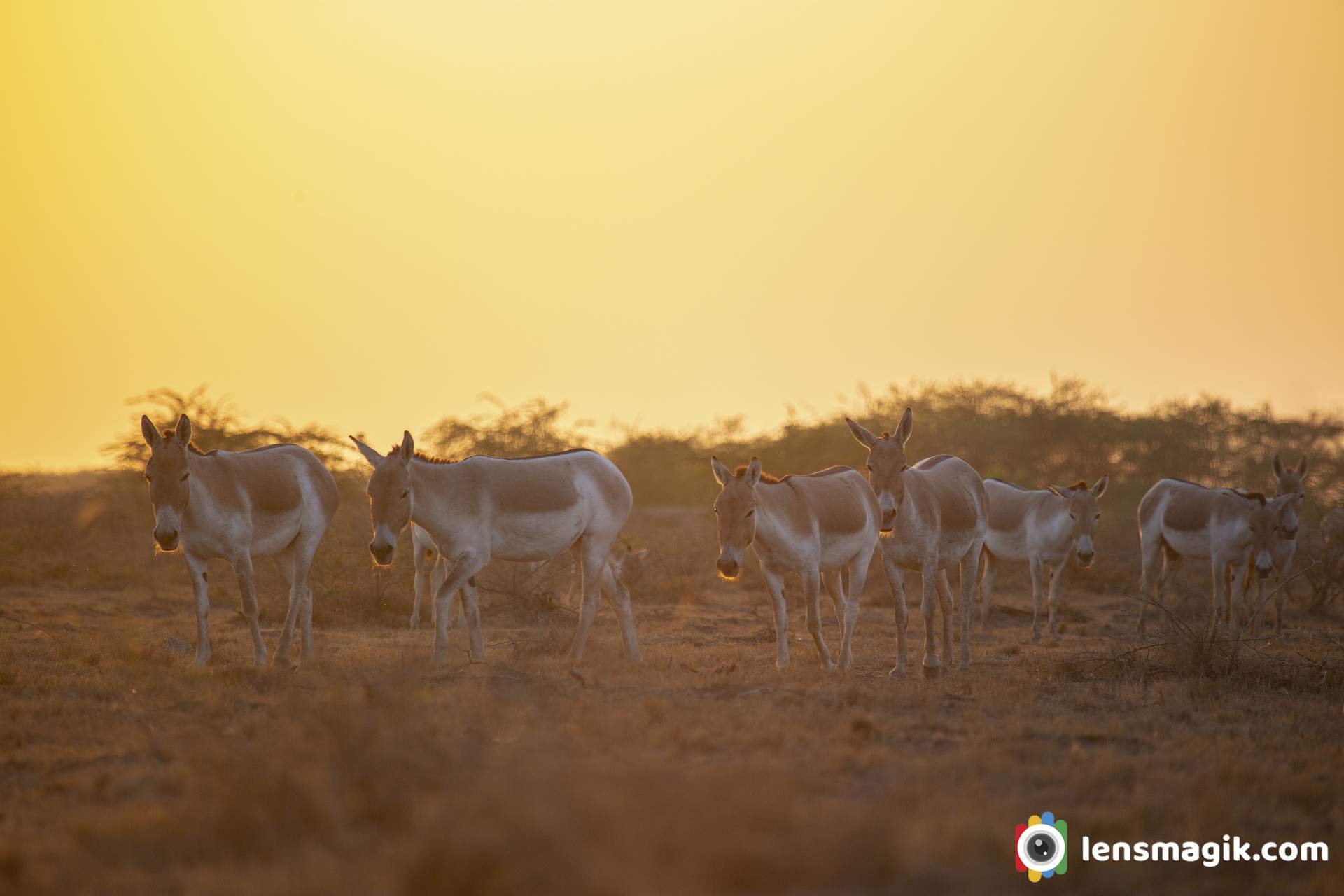
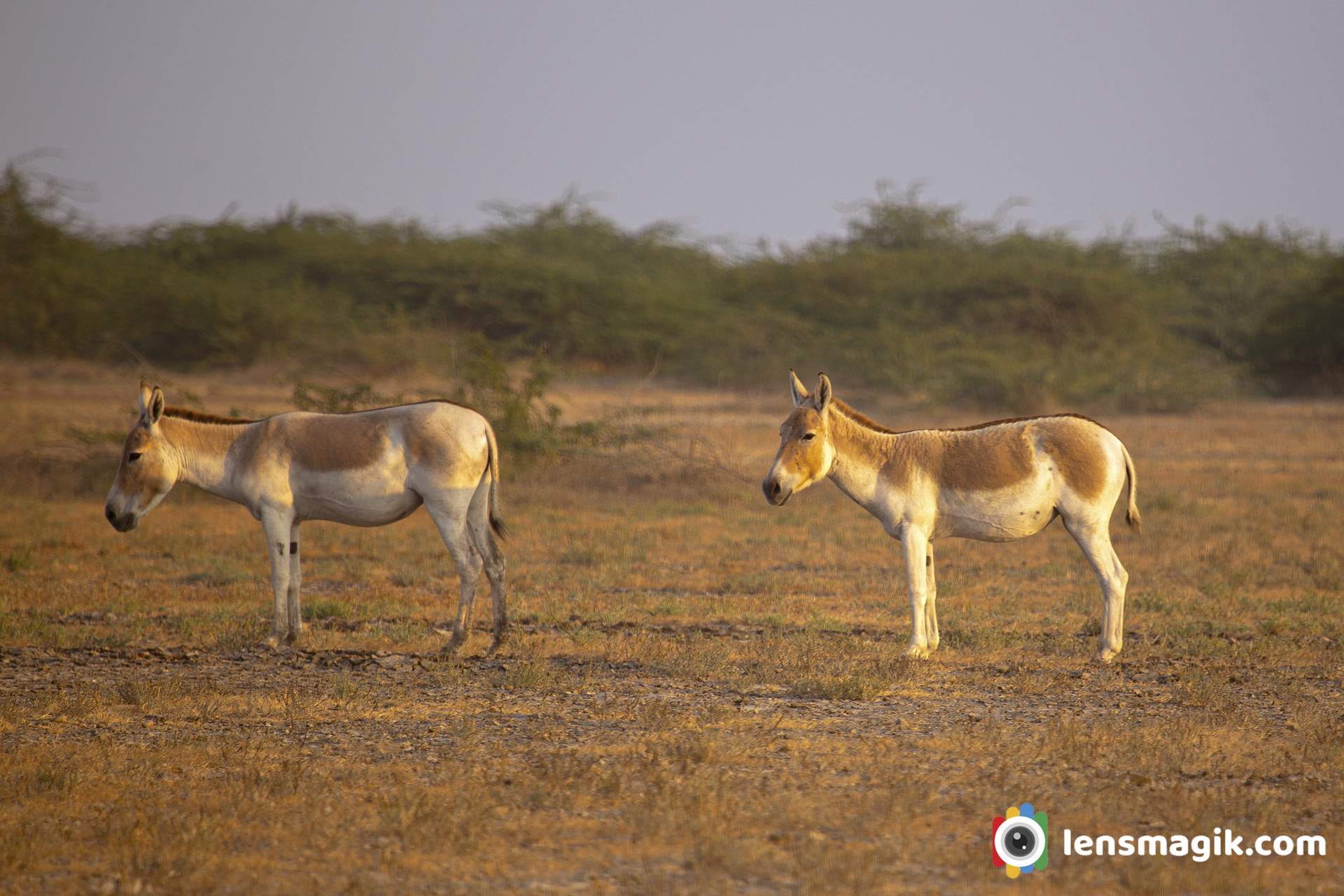
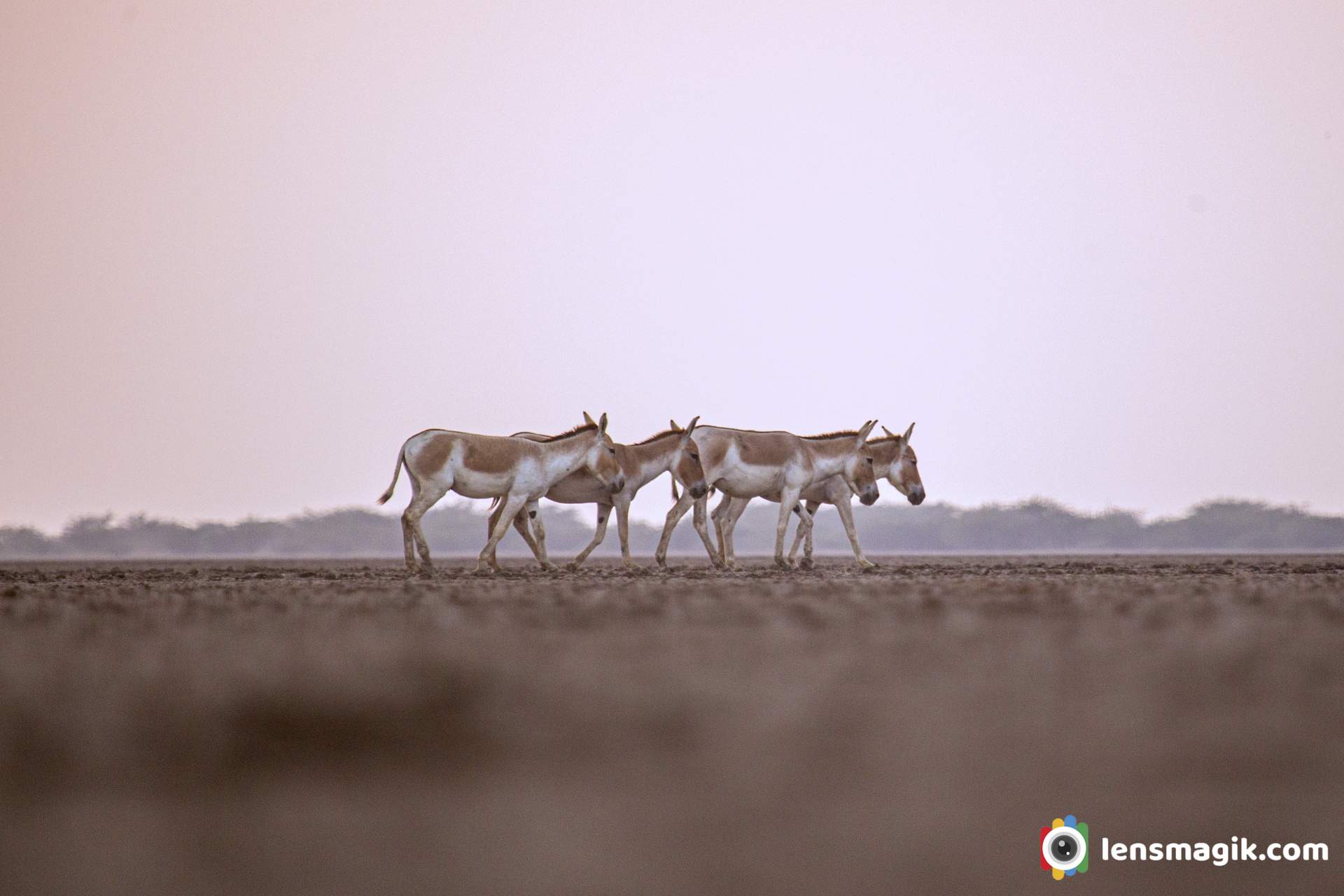
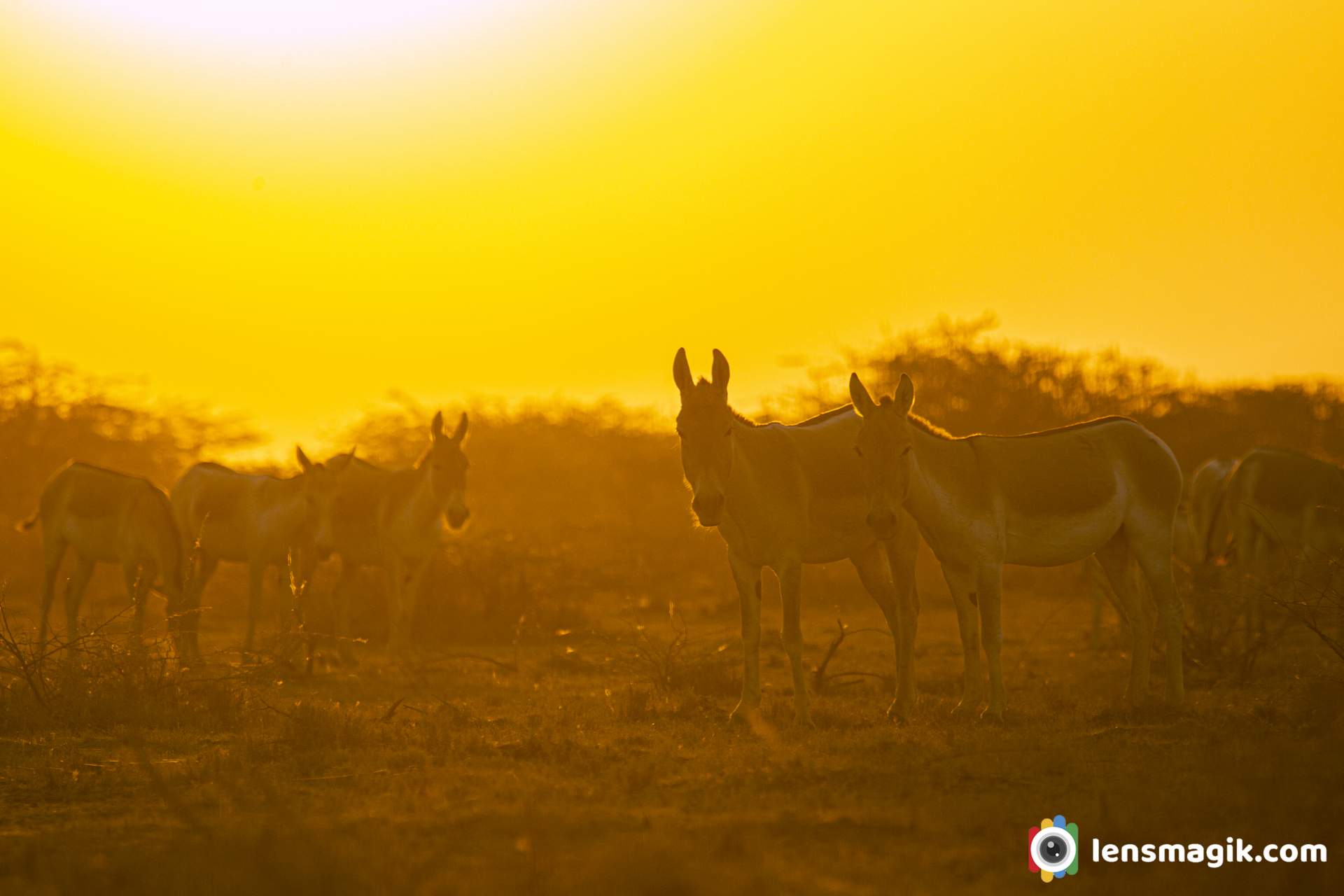
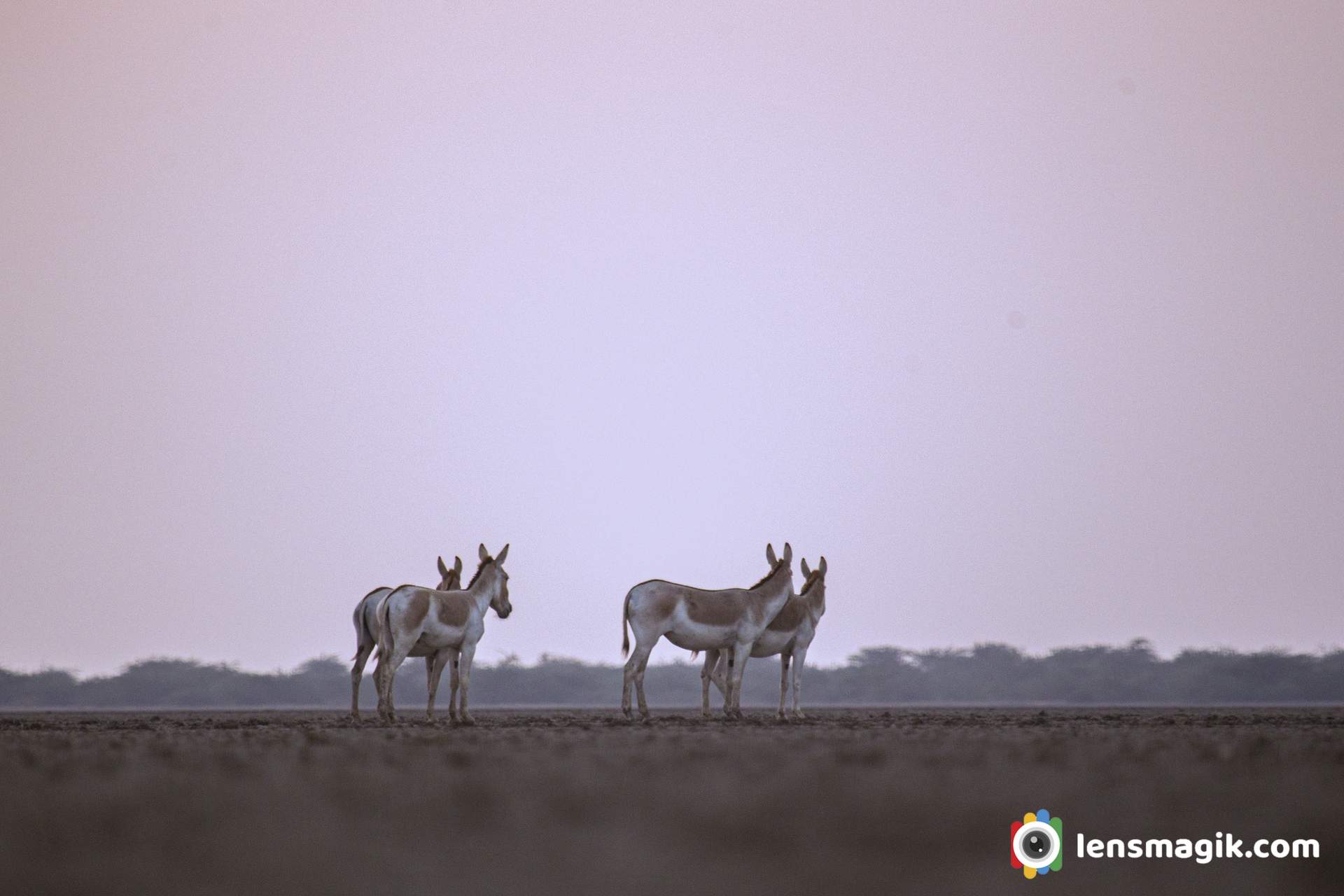
The running wild asses make frame very attractive. Also a golden light with Indian Wild Ass looks beautiful frame and theme photo of colors of rann.
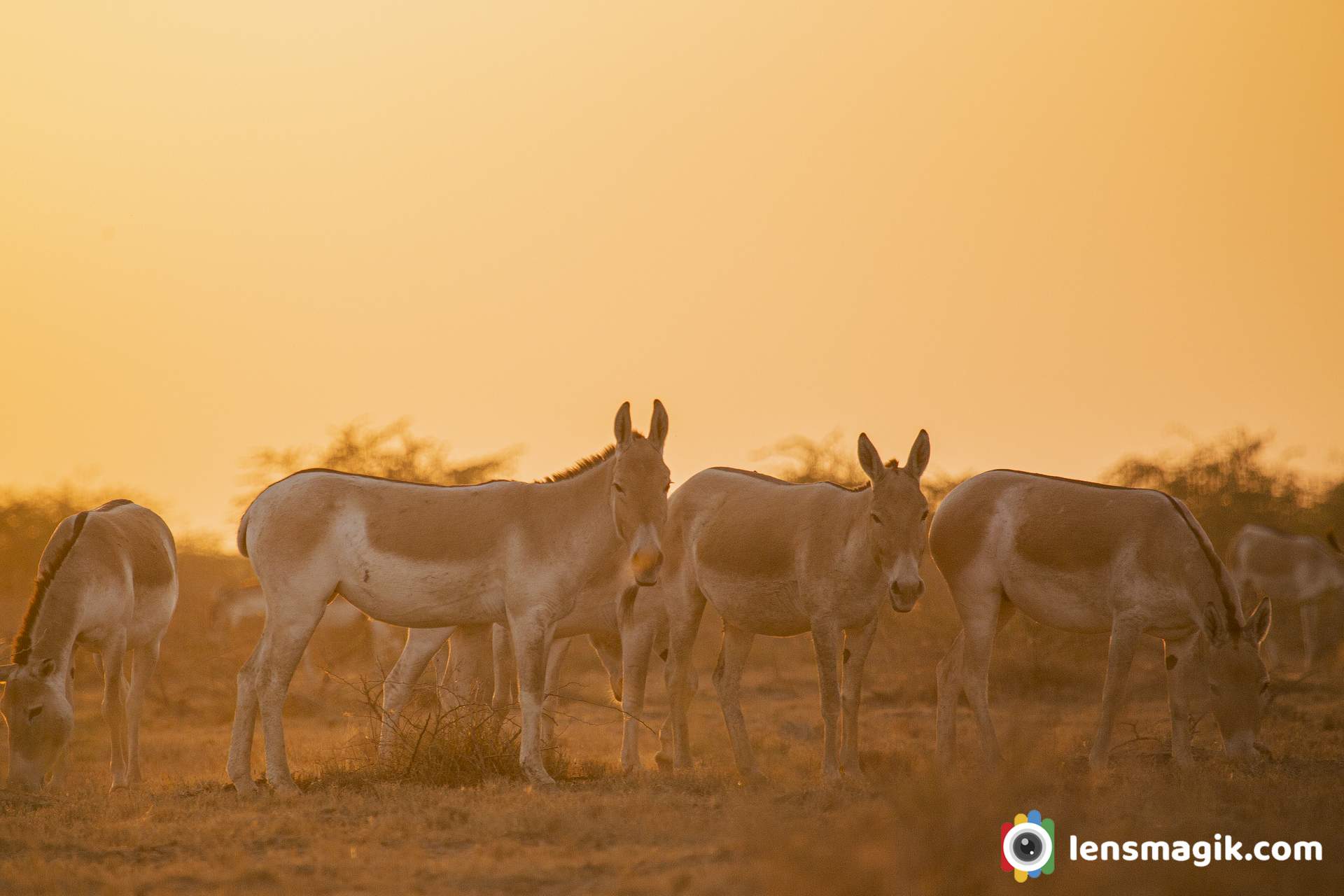
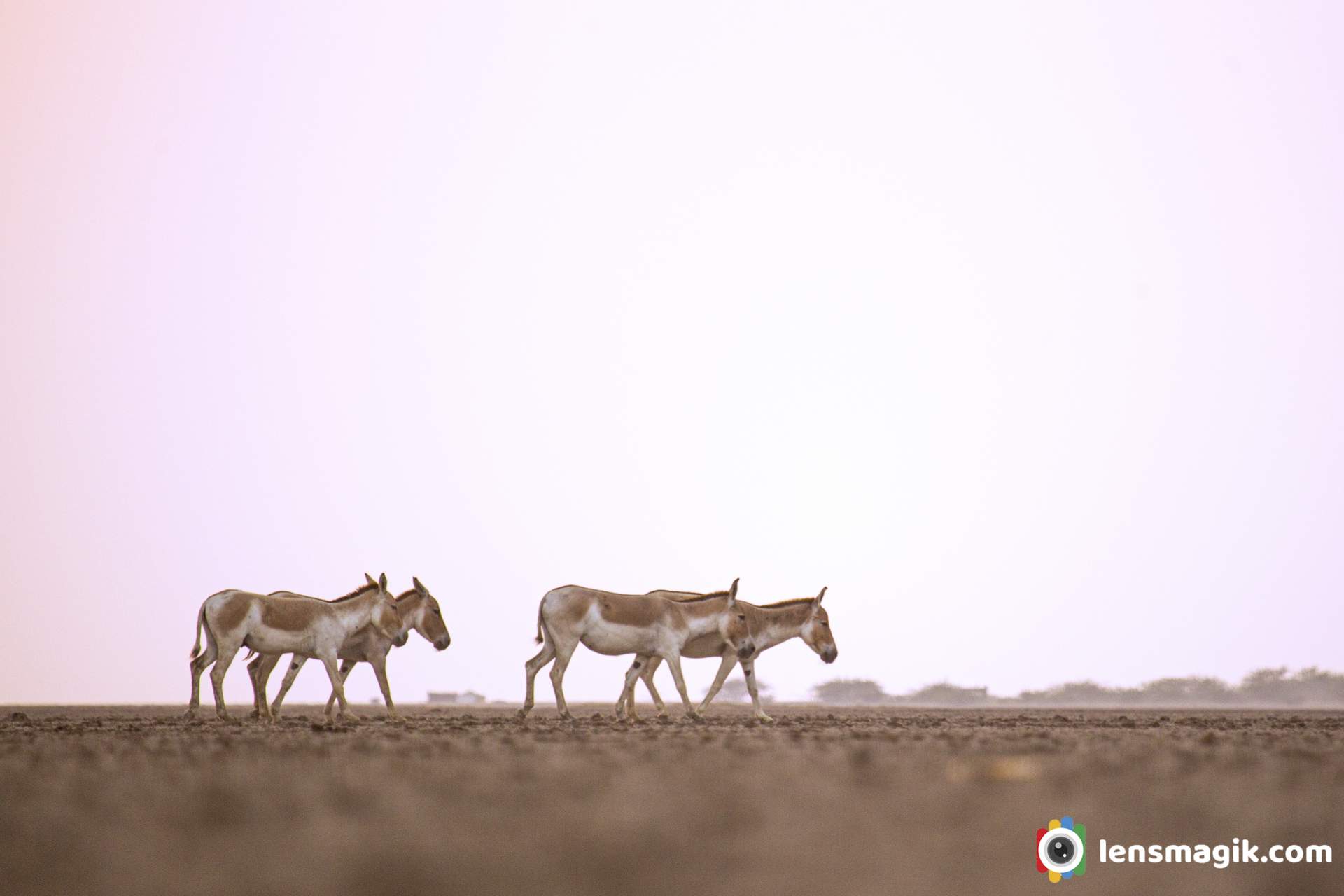
Best time to visit LRK is November to march. You can go from Bajana wildlife sanctuary gate to enter.
LRK : Little rann of Kutch
Nearest village :: DASADA, BAJANA
From Ahmadabad to LRK distance about 100-120 km
Gear used : Canon 1000D, Canon 6D, Canon 100-400mm lens
Read moreNature Trek To Jessore Sanctuary : Jessore sanctuary is located in Banaskantha District of Gujarat. The sanctuary is at the border of Gujarat and Rajasthan near Iqbalgadh. The sanctuary is famous for Sloth Bear and so its called Jessore Sloth Bear Sanctuary. Sanctuary is located in Jessore and Aravalli Mountain Range. In 1978 It declared as a sanctuary. The area of sanctuary is around 180 sq km.
View from Jessore Sanctuary Forest Office :
Above photos are taken from Jessore Sanctuary Forest office. There is a small dam next to Forest office of Jessore sanctuary. In summer season water level in a dam is very low. During Winter and monsoon lake is full of water. Dam holds water for Sanctuary and for agriculture to surrounding areas. The view of mountain range is belongs to Jessore Sanctuary. So the view is awesome from Forest Office of Jessore.
Trek To Kedarnath Temple At Jessore Sanctuary :
Well Jessore sanctuary is best for nature trail. Also there is a Temple Of Kedarnath Mahadev inside Sanctuary. So if you want to go for small trek in Gujarat then Jessore Sanctuary is best place. From Jessore Forest office to Kedarnath Mahadev temple is small and easy trek with stairs. You can enjoy jungle trail during this trek. Amazing view at Kedarnath temple 24 hours water in Kund of Temple no one knows where the water came from.
Flora and Fauna Jessore Sanctuary :
- Total 406 spices of plants found at Jessore sanctuary
- Among them 90 trees, 194 herbs, 33 climbers, 6 pteridophytes, 2 bryophytes, 31 grasses, 1 epiphyte and 2 fungi spices .
- There are also Leopard, Porcupine, Blue Bull, Sambar, Wild Boar and Specially Sloth bear found here.
- Jessore Sanctuary is also heaven for Bird watchers because there are more than 100 spices of birds including migratory birds found here like Grey Hornbill, Indian Pitta Hawk Eagle, Scops Owl , Rufous treepie, Asian paradise Flycatchers and many more.
- Also more than 10 reptiles spices found here like Indian Python ( endangered ), Saw scaled Viper, monitor lizard and kobra.
- Also Muggar, Turtle and Varanus found here.
Trek To Muniji Kutiya :
From Base of Jessore to Kedarnath mahadev Trek is easy and with stairs. After Kedarnath mahadev to Muniji ni Kutiya is hill climb area and its really enjoyable trek in jungle. You can found different spices of trees during trek. At Muniji Ni Kutiya early morning you can see beautiful Sunrise as i captured in above image.
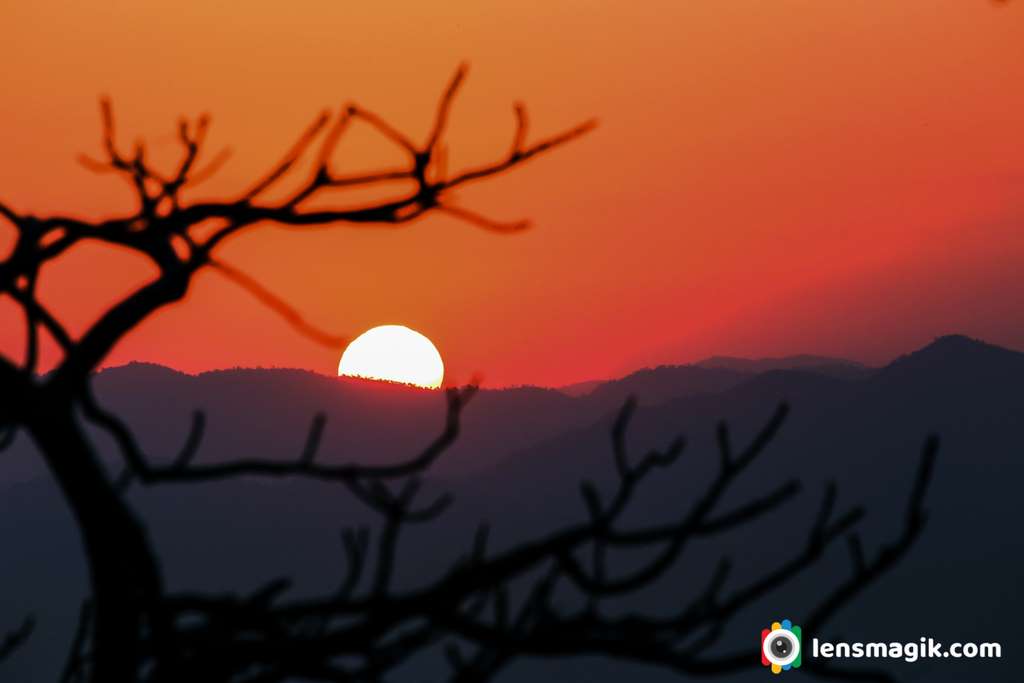
How to Reach Jessore Sanctuary :
Nearest Railway station for Jessore sanctuary is Iqbalgadh around 8 km from Sanctuary. Also outstat traveller can go to Palanpur railway station which 45 km far from sanctuary and hire car from palanpur. Nearest Airport is Ahmedabad. For resident of Gujarat i prefer go by own car or go to Iqbalgadh.
Read moreAccentor is a small bird of prunellidae family. In India it is generally found in East Sikkim area. It built its nest low in a bush. When i was on a trip to Singalila National Park. I found at sandakphu area. Sandakphu is high altitude place in Singalila National Park located in West Bengal. From here you can see Mt. Kanchenjunga very clear which is highest peak of West Bengal. Lots of Birds here. To visit Singalila Park November to February you can found lots of snow and good landscapes too with snow on Mt Kanchenjunga. Also if you are going for birding you can visit March to May/June Month is the best . It is very cold weather during winter November to February at Singalila National park.
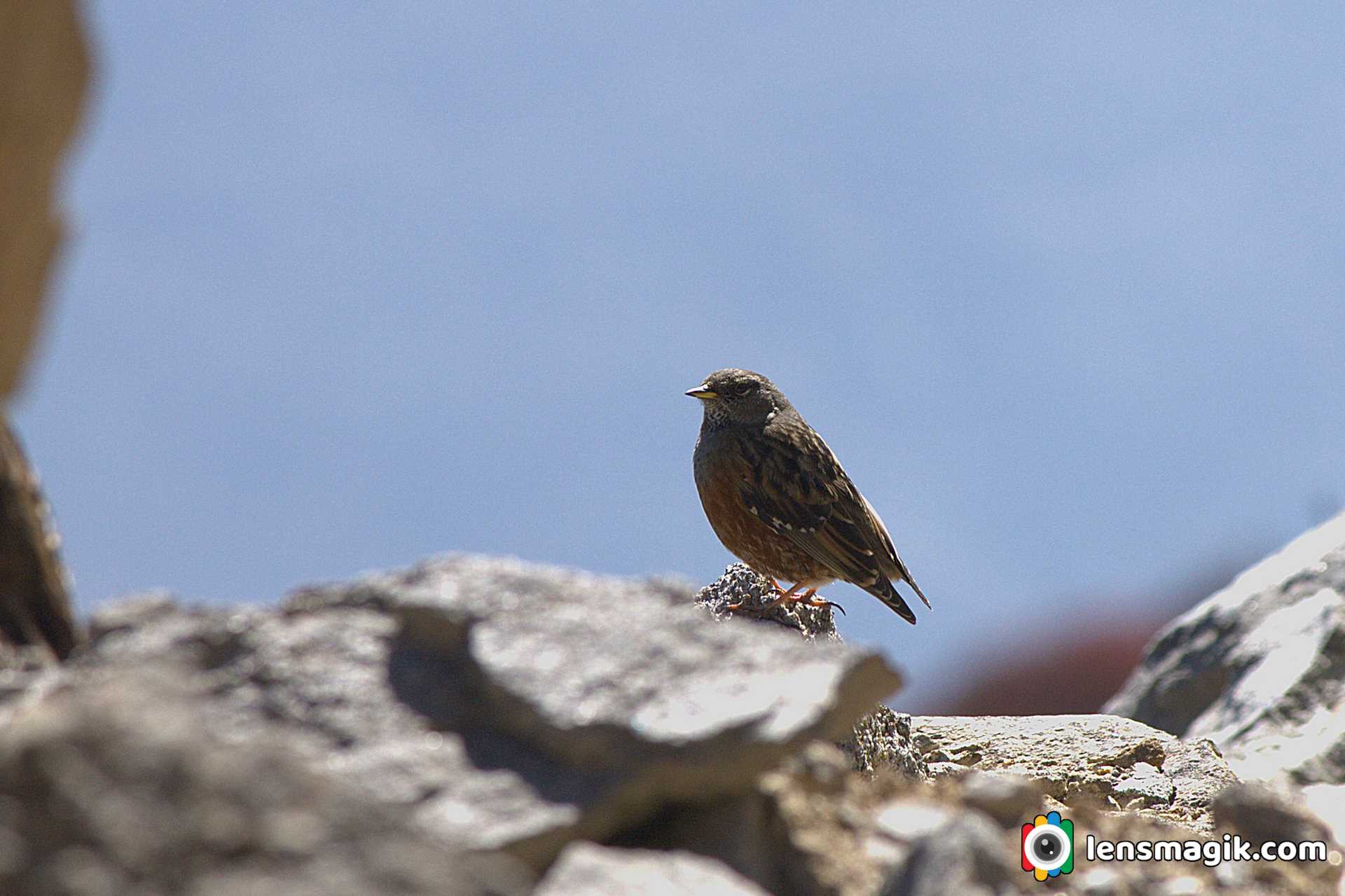
About Alpine Accentor Bird :
- Alpine Accentor bird is robin size bird. Length of bird is around 15 -17 cm.
- Bird just like similar to house sparrow in color with brown back streaked.
- Adult Alpine Accentor have red brown spotting on underparts
- Also adult have grey head too.
- In Asia Accentor found at 2000 m above height. Specially at Himalayas.
- It build nest in bush.
- It laying 3-4 plain (not spotted) eggs of sky blue color.
Singalila National Park :
Singalila national park is located in West Bengal. There are lots of birds in this sanctuary. Also its good for trekking at Sandakphu. From here you can see Mt. Kanchenjunga easily and very closely. Also a beautiful Himalayan Mountain range with snow. Amazing weather very cold in winter and moderate in summer. Summer season is the best for birding at sandakphu.
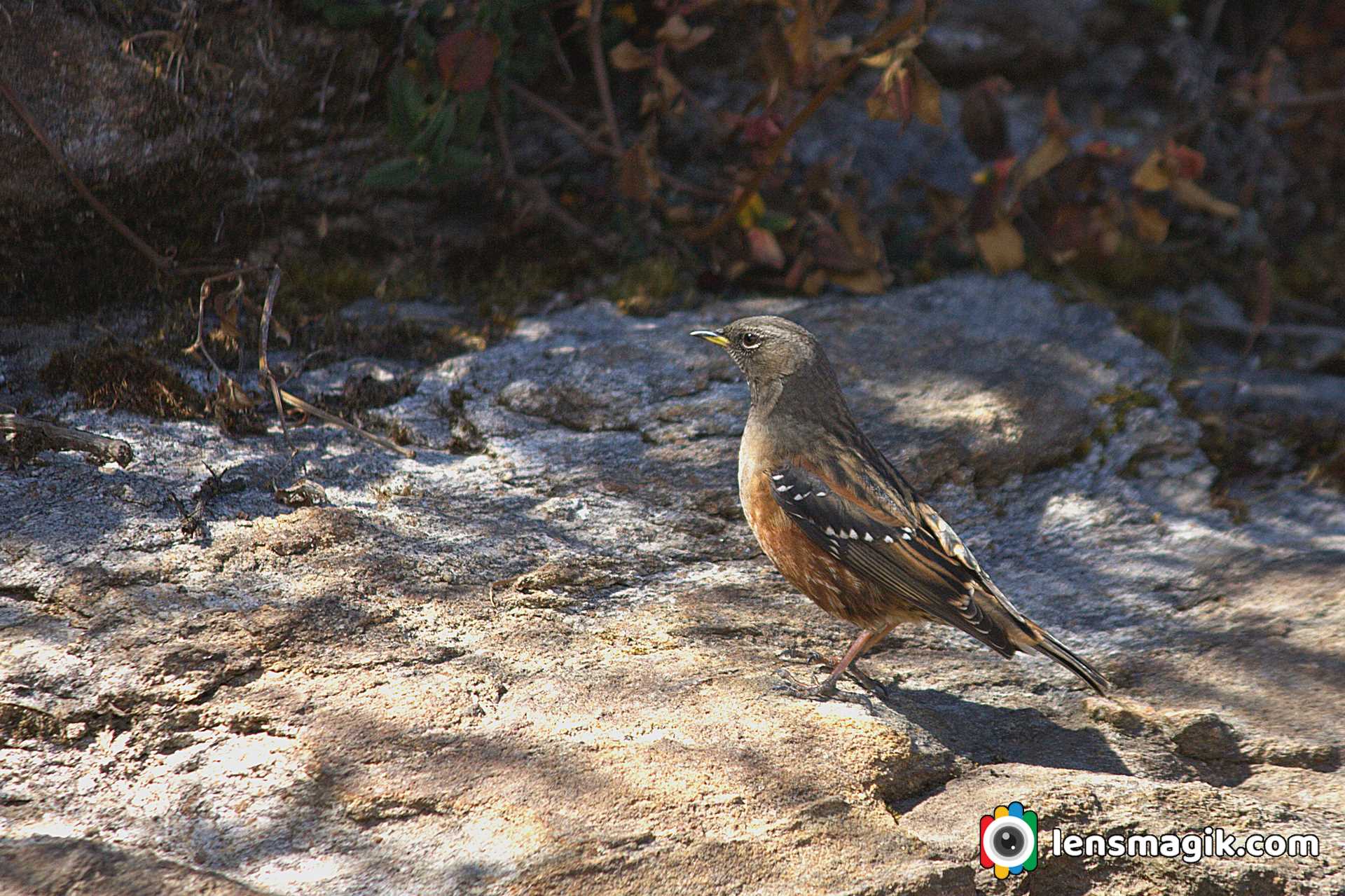
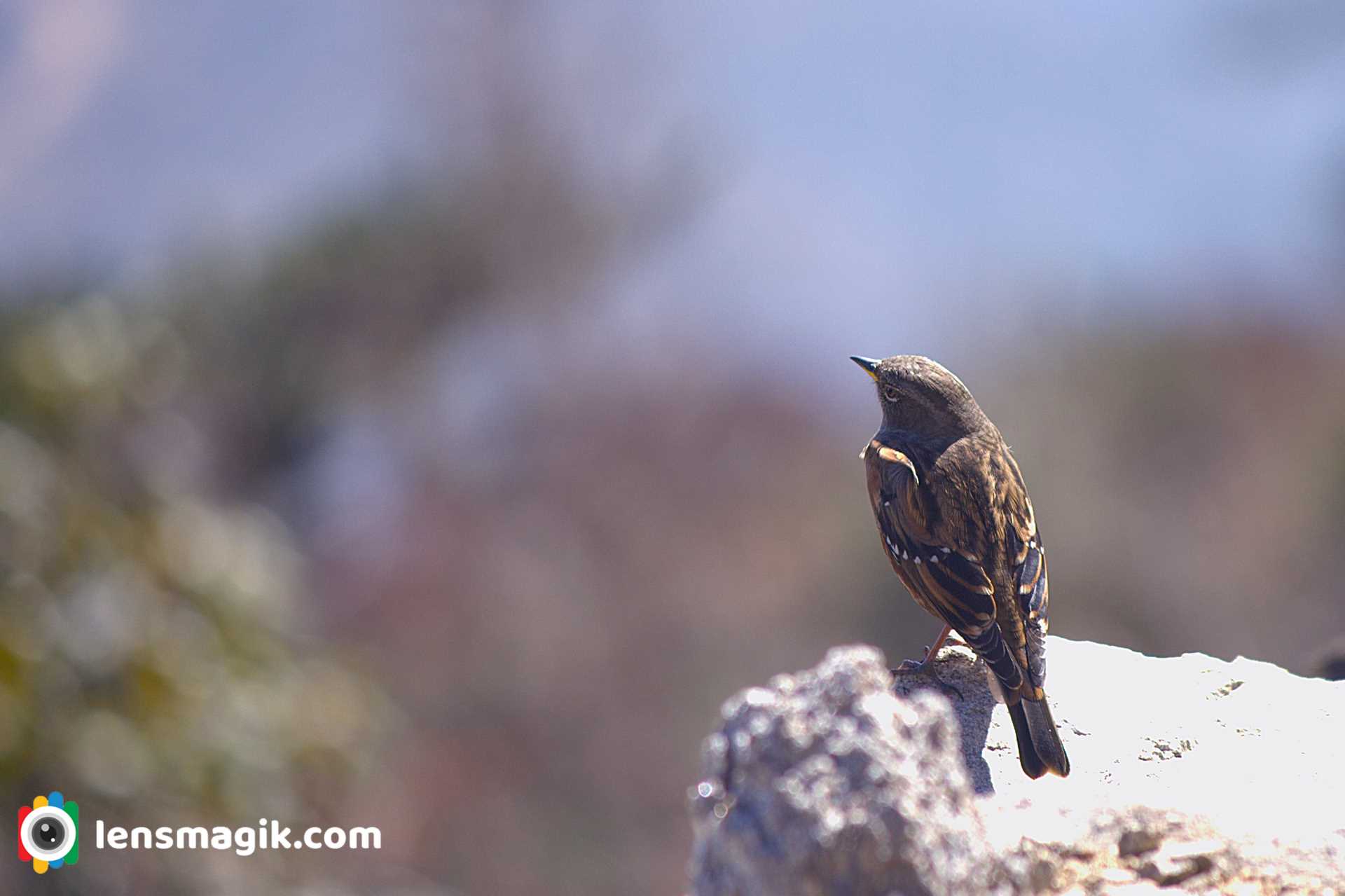
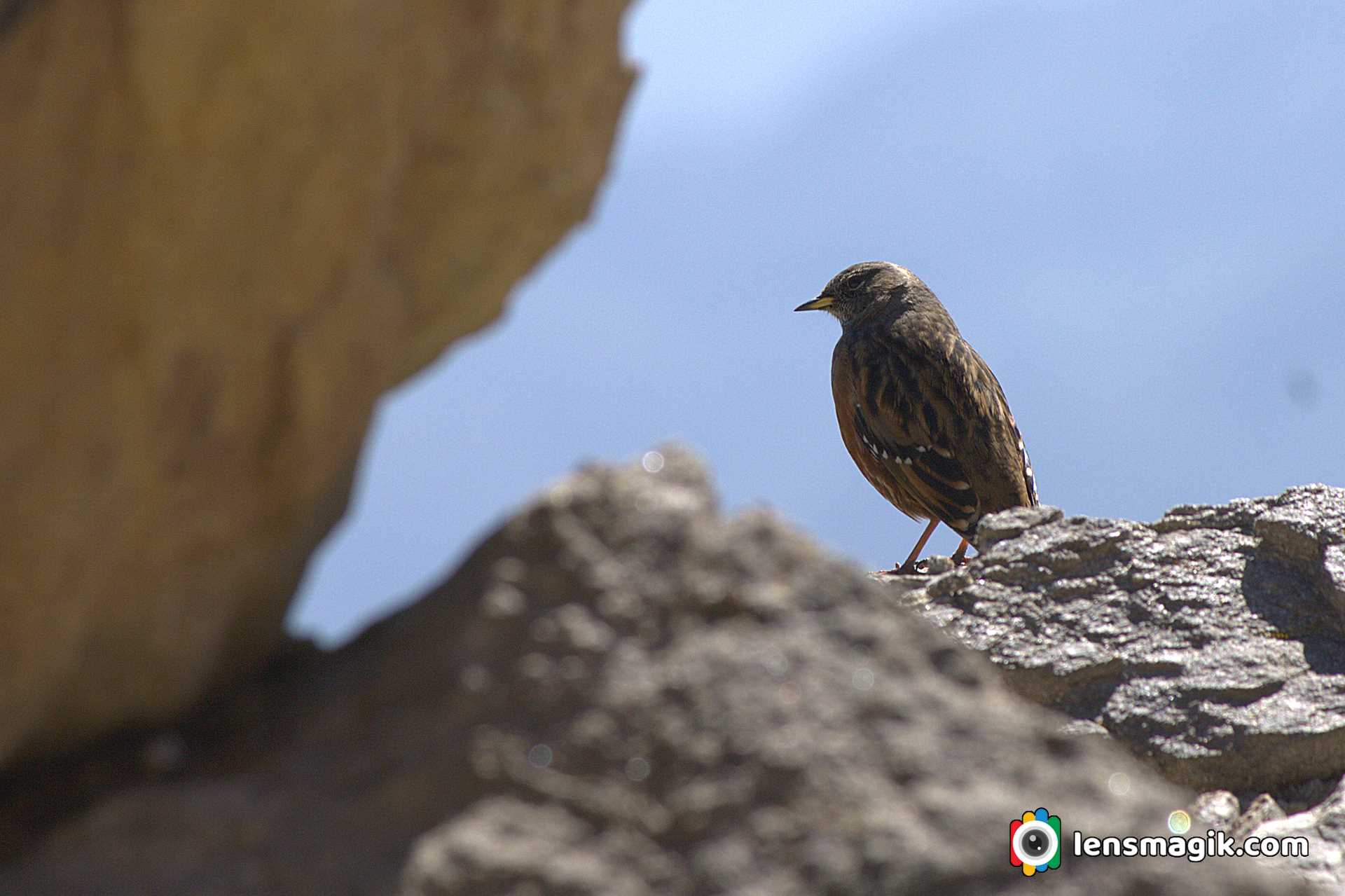
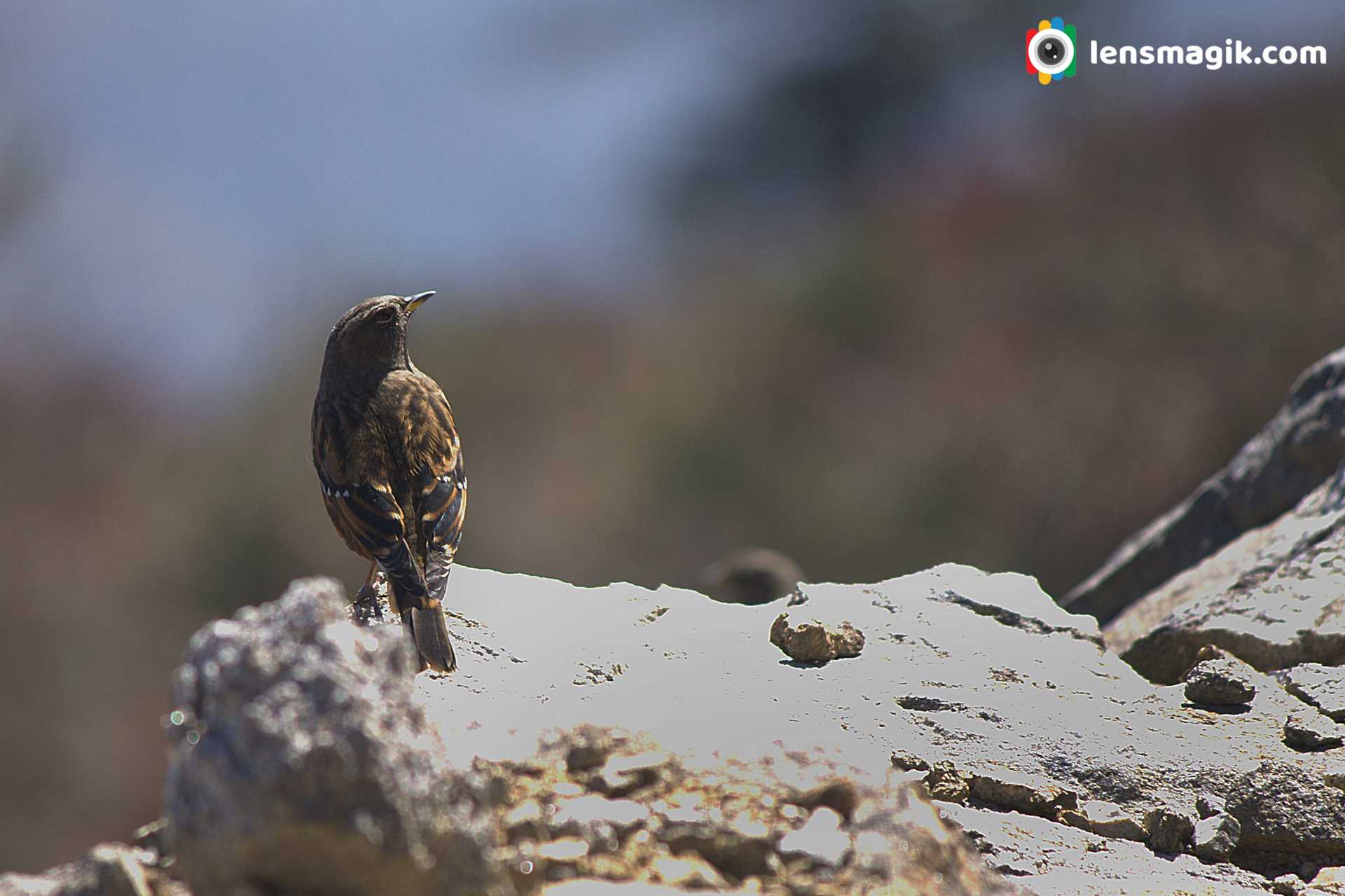
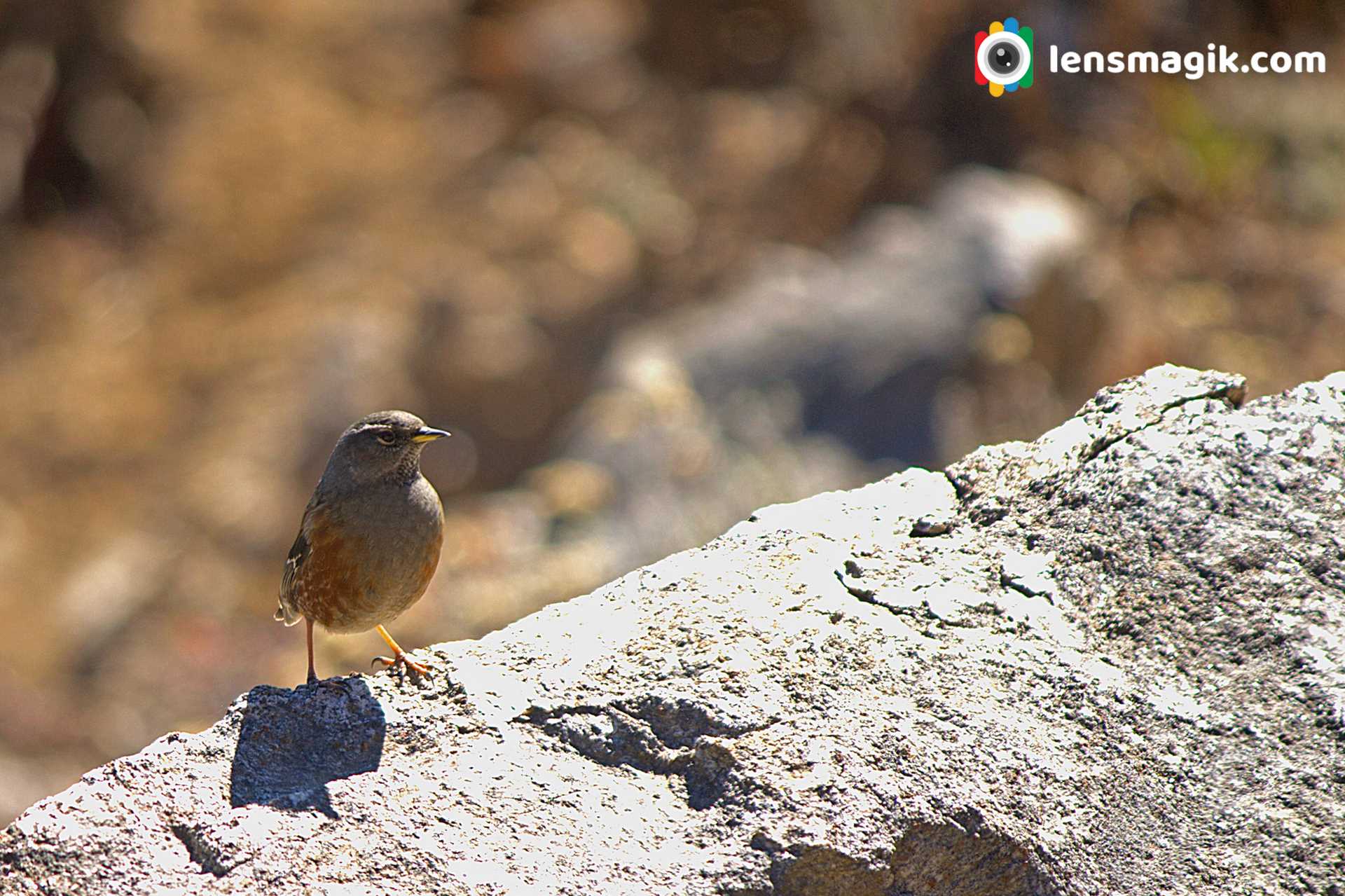
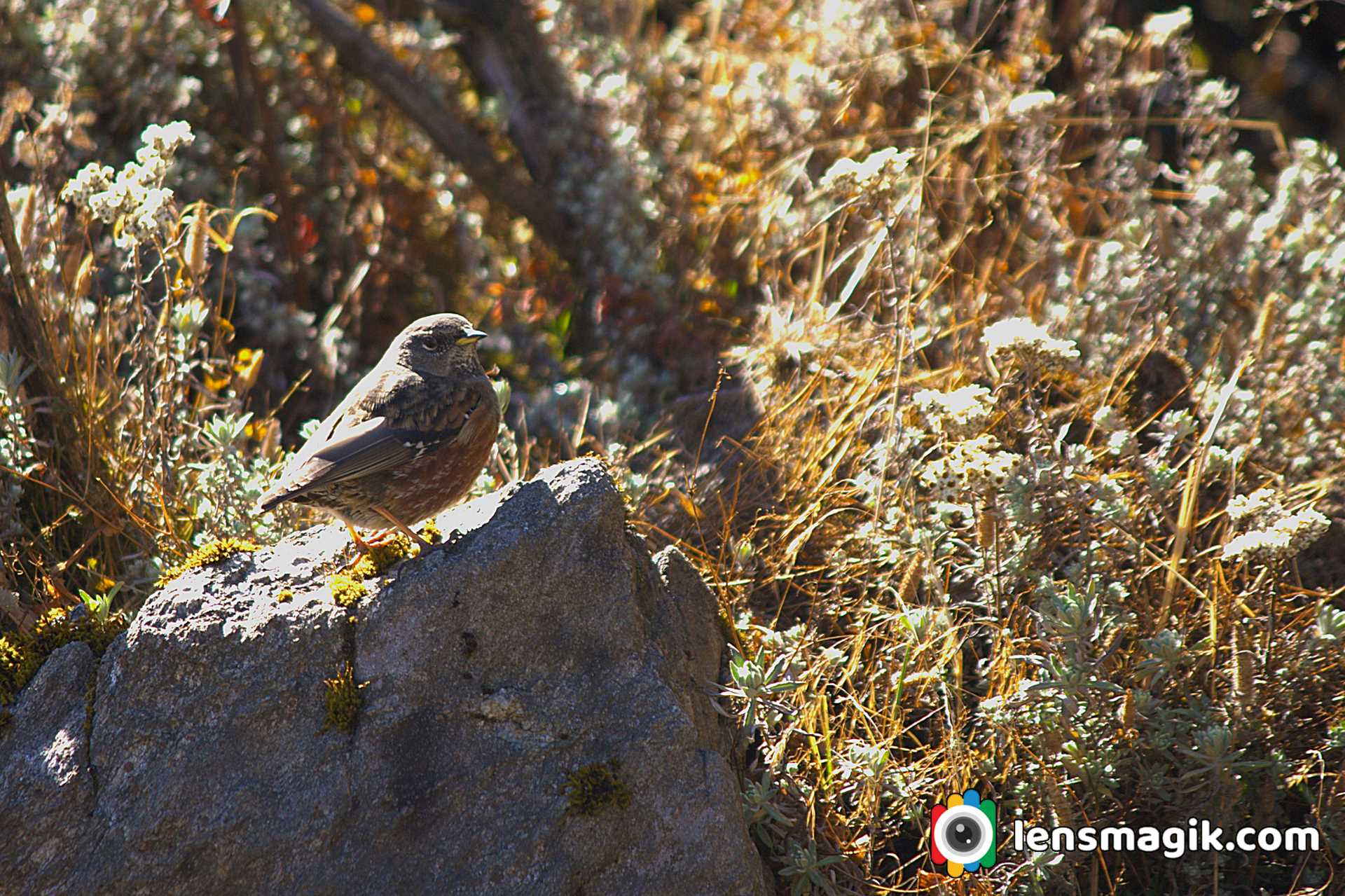
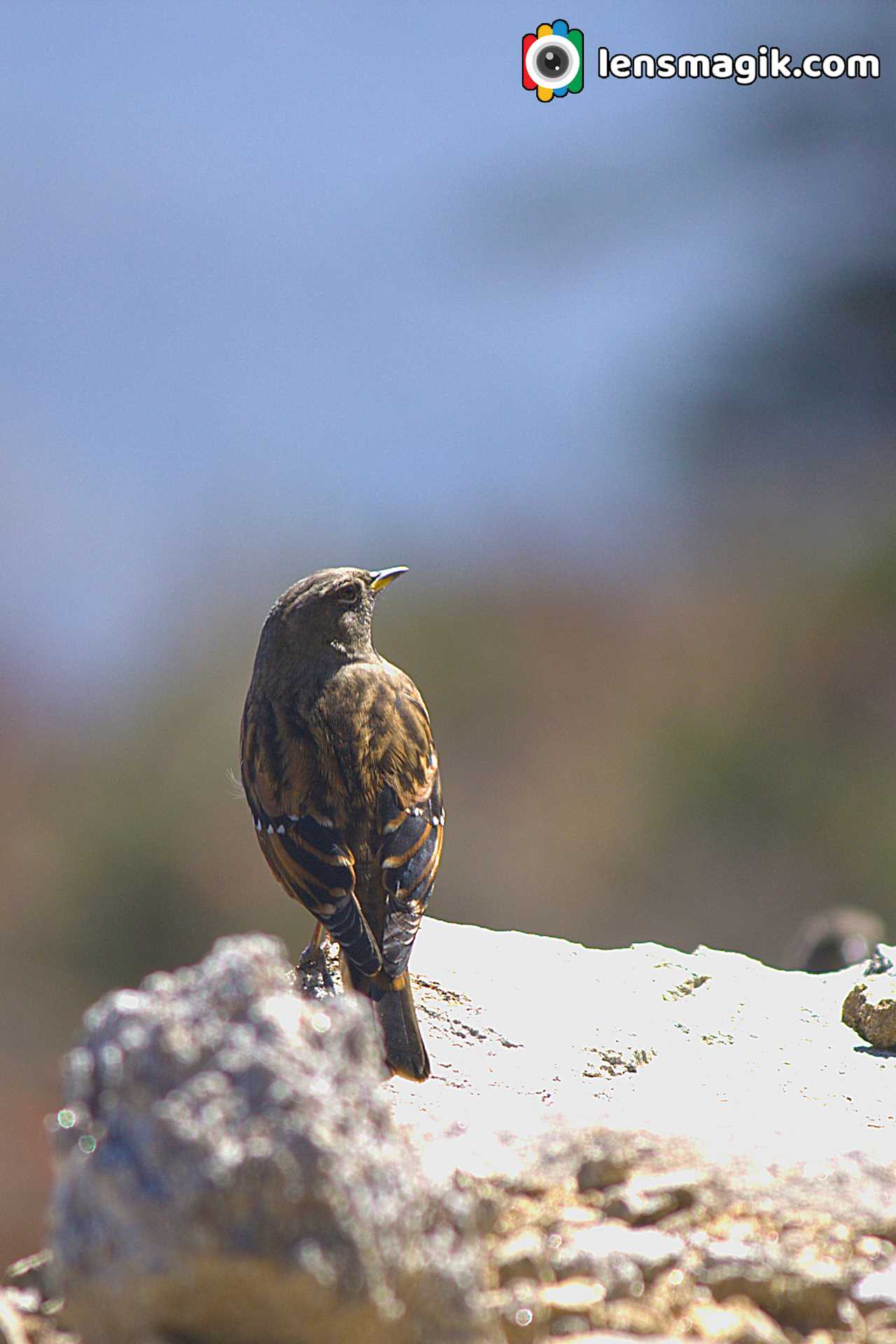
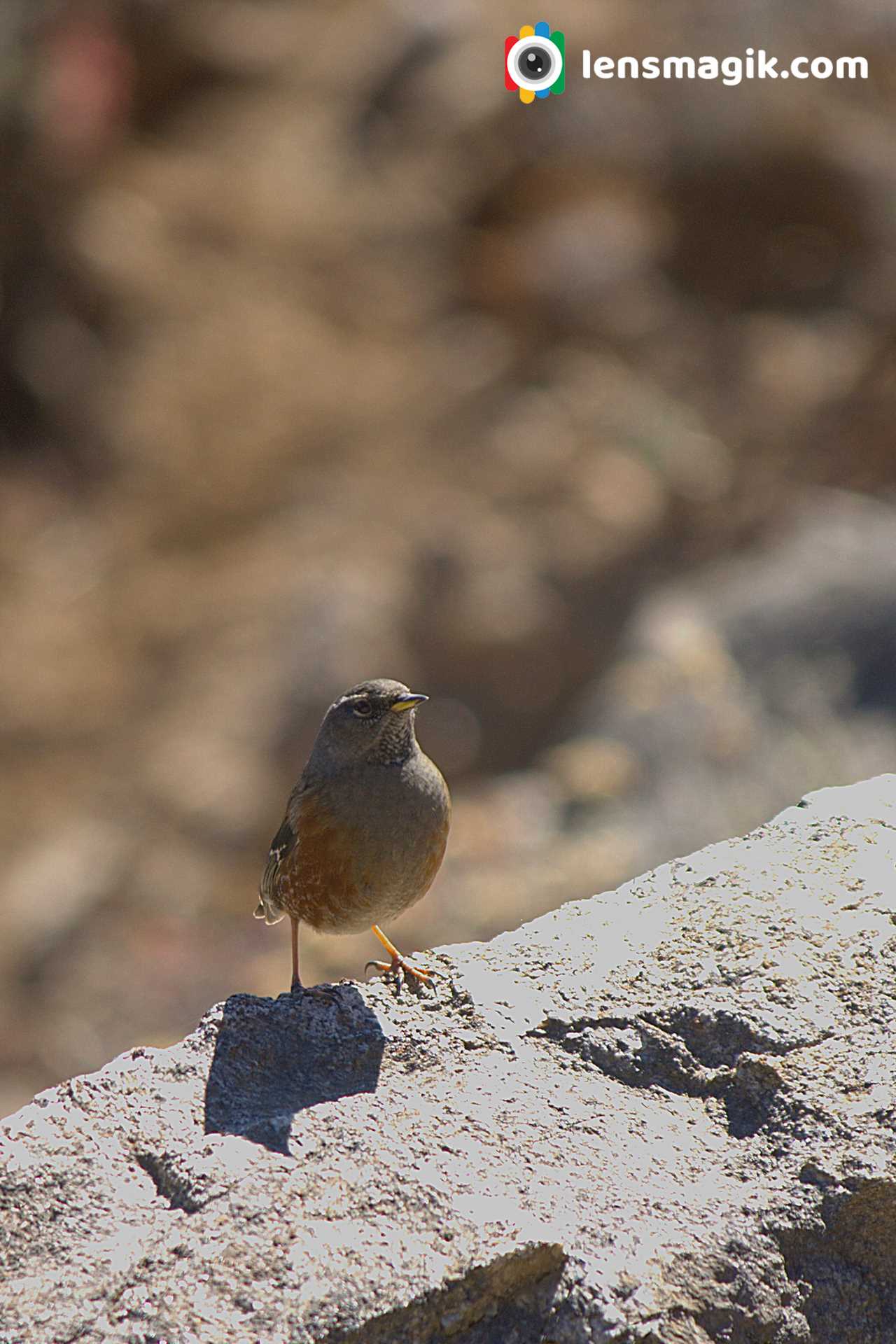
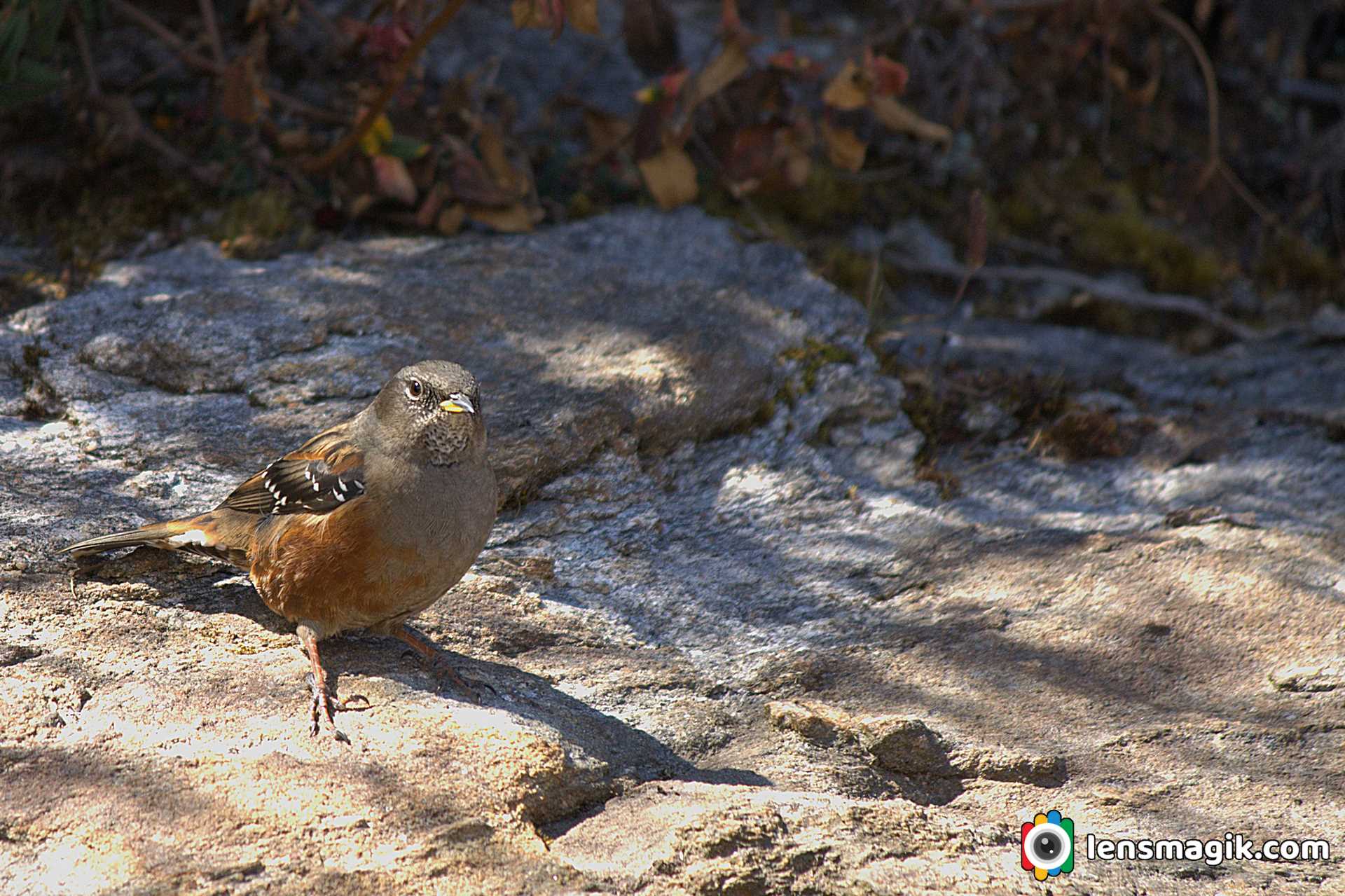
Alpine Accentor bird Binominal Name is Prunella Collaris . Total 9 subspices are recognised of Alpine Accentor bird.
Gear used : Canon 1000 D, Canon 55-250 mm Lens.
Road To Heaven is named to the road from Khavda to Dholavira in Kutch Gujarat. The road is so wonderful and scenery so it known as Road to Heaven . Khavda to Dholavira distance is around 58km but from Khavda there is a single line narrow road passes through small villages around 15-20 km approx. The main road starts after it and it is around 30-35 km approx. strait to Dholavira. Road is under constriction but almost 70-80% work done. The road heading to the city of Harappan Civilization Dholavira which is one of the largest site of Harappan Civilization and Indus valley Civilization.
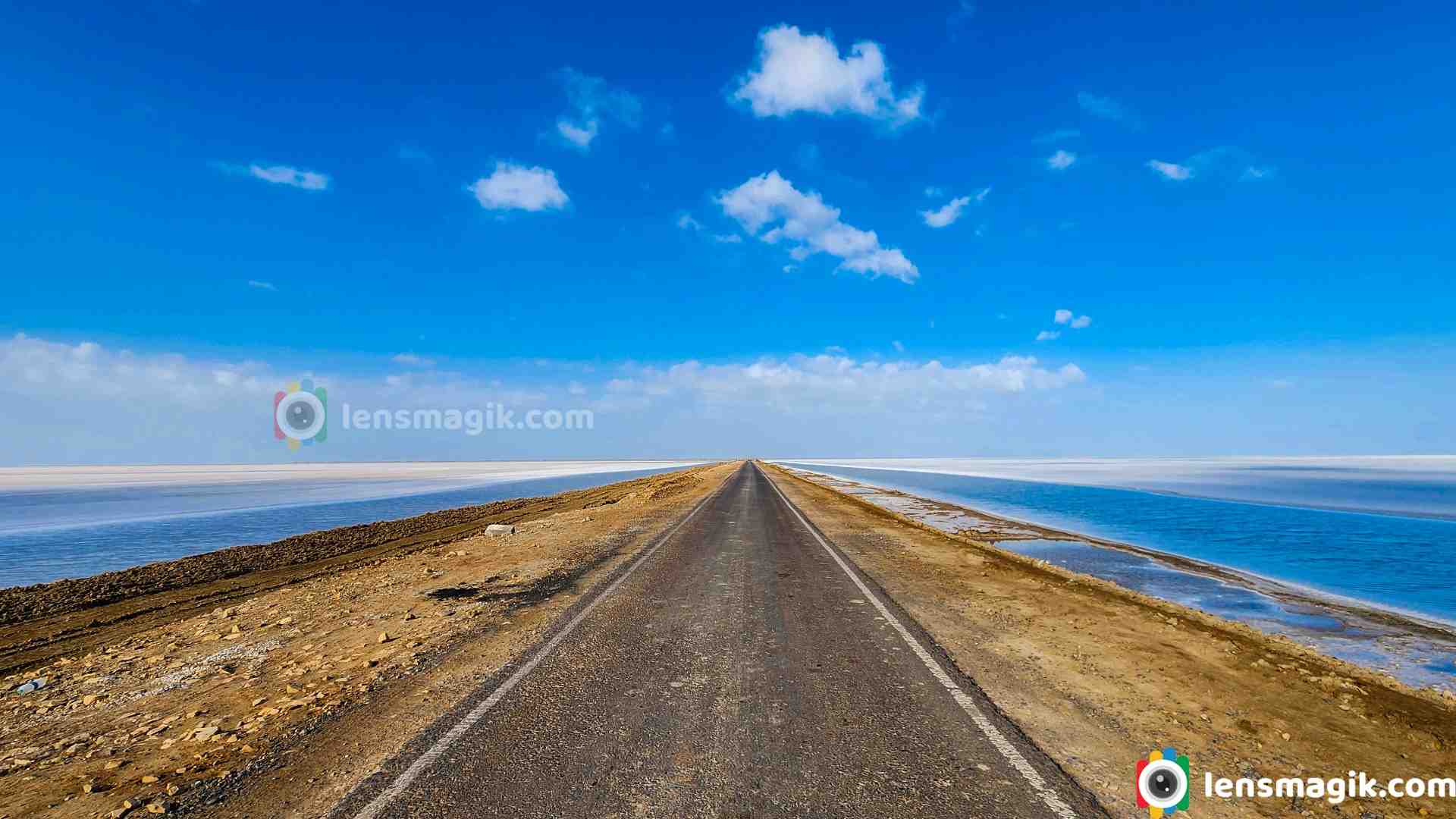
Kutch is a largest district of Gujarat and also of India. Main City or Headquarter of Kutch District is Bhuj. Kutch is famous for White Desert or White Rann. In Every winter season from December to February celebrate “ Rann Utsav “ to attract foreigners and also locals. Tent City made in white desert to stay and also cultural programs arranged in it. The main Rann Utsav held in Dhordo of Kutch.

After visit White desert people also visit Dholavira which is nearest destination from Dhordo and also Kalo Dungar in between. From Dhordo you will have to go Khavda first and then from Khavda to Dholavira which is connected through “ Road To Heaven “. Dholavira is located at Khadir Bet. Khadir bet is separated because after monsoon the water filled outer side of bet. So the Road To Heaven is the way to connect Khadir bet to main city Bhuj.
About Road To Heaven Dholavira / Road to Heaven in Kutch :
- · It connected from Khavda to Dholavira.
- · Road to heaven distance around 30-35 km.
- · After monsoon the rain water on the both side of the road. You can see beautiful Greater Flamingo birds in between. Water level is low but muddy.
- · After winter in January –February the water on both side of the road is evaporated and turn into salt. Not all water but some areas during the road.
- · Water on the both side of the road or Salt/ white layer on both side of the road make the beauty of the road and that’s why it name as “ Road To Heaven “
- · When you are on the road there is hardly some traffic you face the open road with both side water or salt at morning or evening make the scenery like a Heaven.
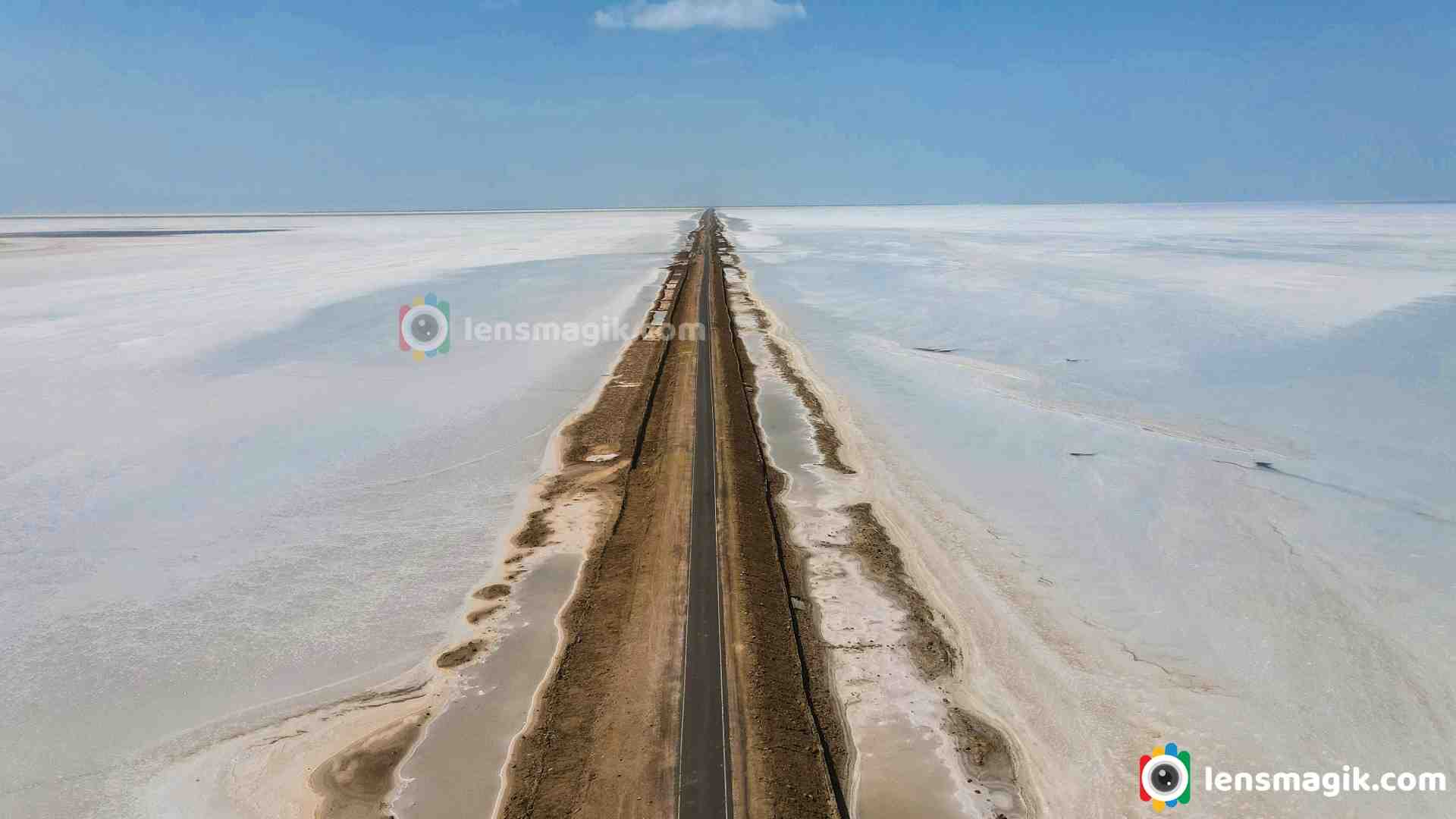
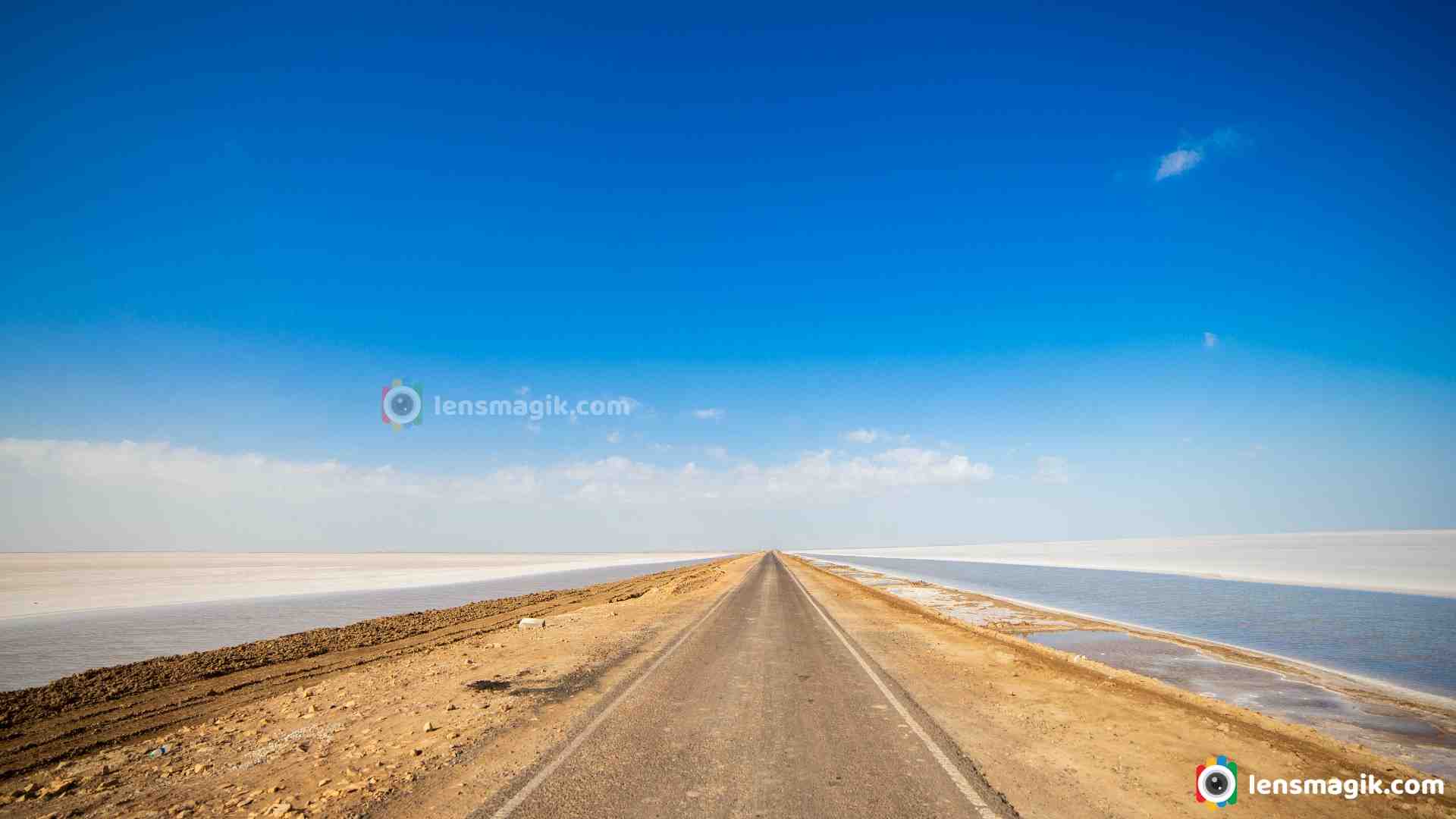
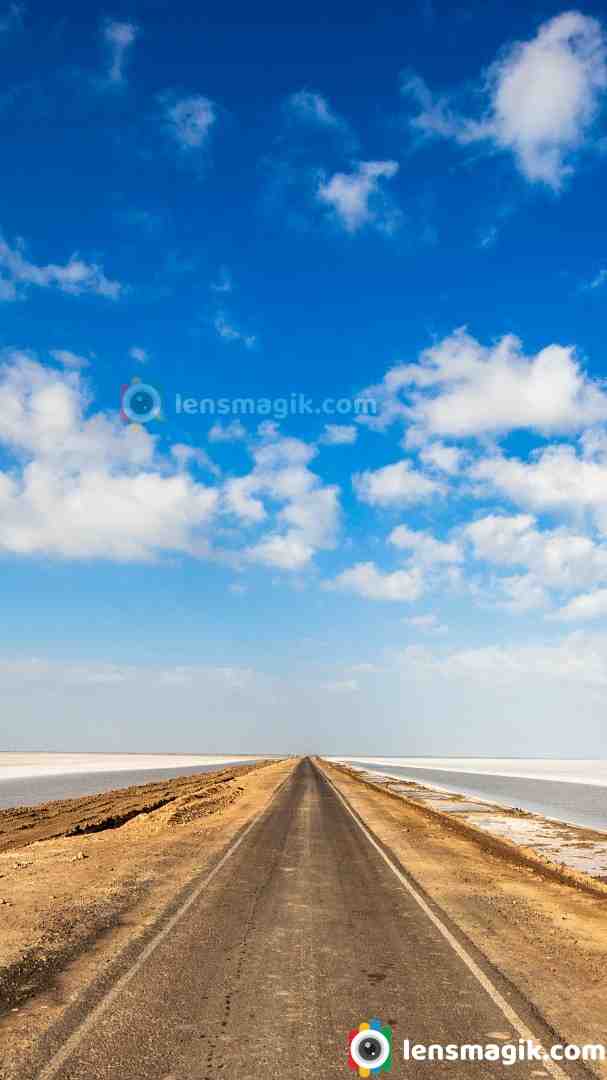
I must suggest to visit Road To Heaven in Kutch while you visit Kutch. Also Visit Dholavira which is one of the largest Harappan Civilization site.
Places to visit near Road To Heaven :
Dholavira, Kalo Dungar, Dhordo, White Desert
Places to Visit near Bhuj : White Desert , Kadiya dhro, Chhatardi, Mandvi beach, Vijay vilas palace, Bhujyo Dungar, Smriti Van, Vande matram memorial
Camera Used : Canon 80D, Canon 6D, DJI Mavic Air2
It is the largest species of Flamingo bird family and also a most widespread species of flamingo family.It is found in India ,south east , middle east and Africa. It is migratory bird. They also breed in India. In Gujarat they breed in Rann Of Kutch , Little Rann of Kutch also found in Thol Bird Sanctuary. I often visit Thol sanctuary so got good shots of them. Best time for shoot them is may-Jun at Thol bird sanctuary bcz of water level is too low . It is been recorded that some flamingo birds are resident in Gujarat at many places like LRK, Khijadia sanctuary, Nalsarovar and Thol Sanctuary. They also breed here and stay for all seasons. So you can find greater flamingo birds in all seasons in Gujarat at many places.
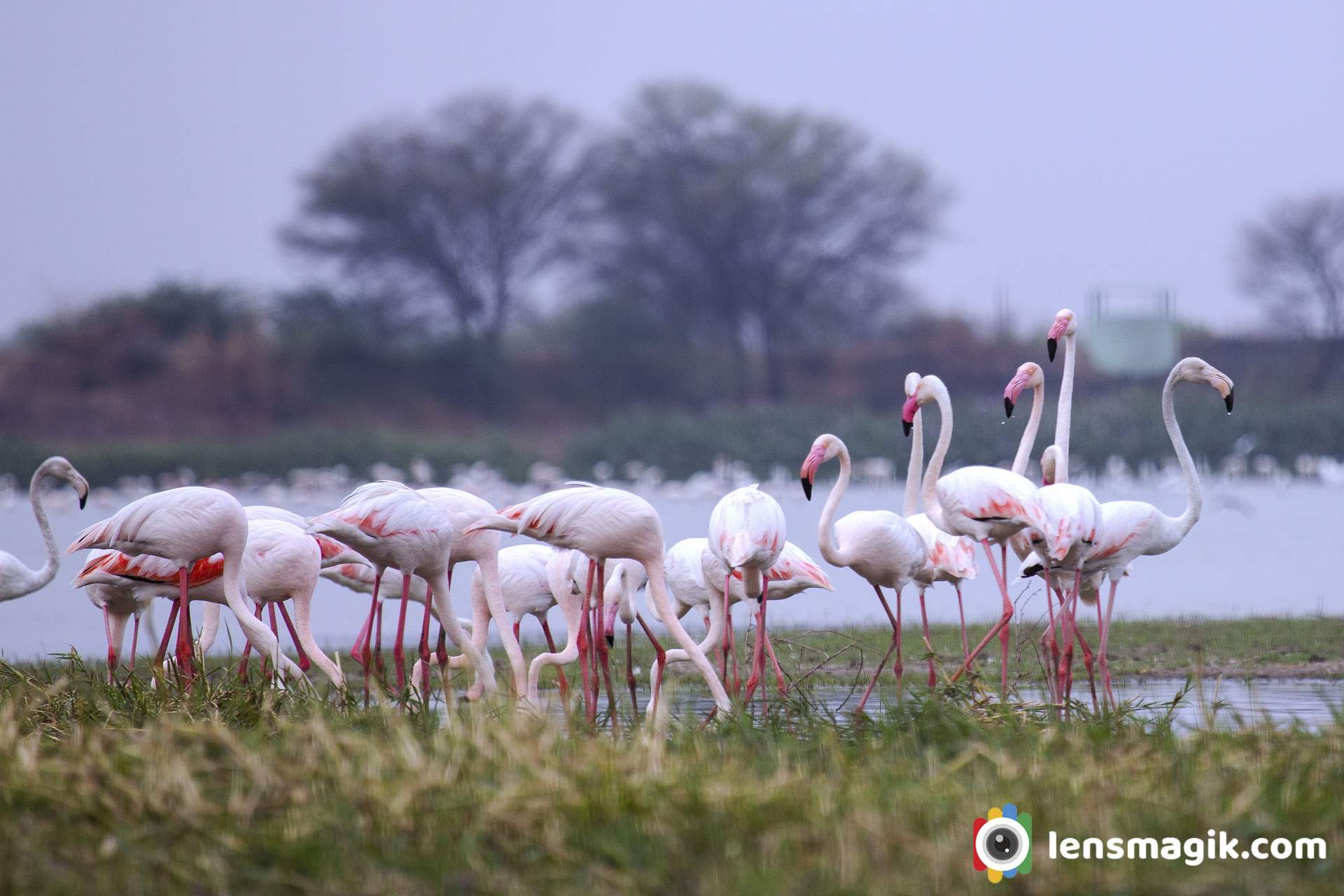
Flamingo bird facts and description :
- Greater flamingo bird is the largest living spices of flamingo.
- Greater flamingo has no subspices.
- Flamingo color most of pinkish white in plumage. Wings are red and feathers are black in end.
- Greater Flamingo bird call is like honking.
- The average lifespan of flamingo bird is 30-40 years.
- Main Difference between Greater flamingo and lesser flamingo is height . Lesser flamingo is shorter than greater flamingo. Also Greater flamingo has pale pink bill and black tip. In other case lesser flamingo has dark crimson bill. Lesser flamingo is also more red in color than greater flamingos.
Greater Flamingo birds In Thol Lake : Thol sanctuary is often i visit. Flamingo birds are stay here all seasons. I got good numbers of Greater flamingo and lesser flamingo bird images in a group when i visit Thol. This is my best time with flamingos. Also i got some beautiful pictures of flamingo birds with group and also in duo with some masti. Flamingos looks very good in frame bcz of their color. Thol lake is good place for birders because more than 150 birds spices found here. Also some mammals like Blue bull and black buck also found here. Lots of water birds and tree birds found here. Also sanctuary is not so big so you can find all birds in around 6 sqkm area. Best time to visit thol lake is November to March. All migratory birds are visit in winter so that is best time. Early morning is best for birders.
Timing And Fees of Thol Sanctuary :
Thol Sanctuary open at 6 AM in morning and close at around 5 PM
Fees of Thol Sanctuary is 50 INR per person and camera fees are 200 INR. Car fees are 500 INR.
Weekend fees may change that actually i don't know about it.
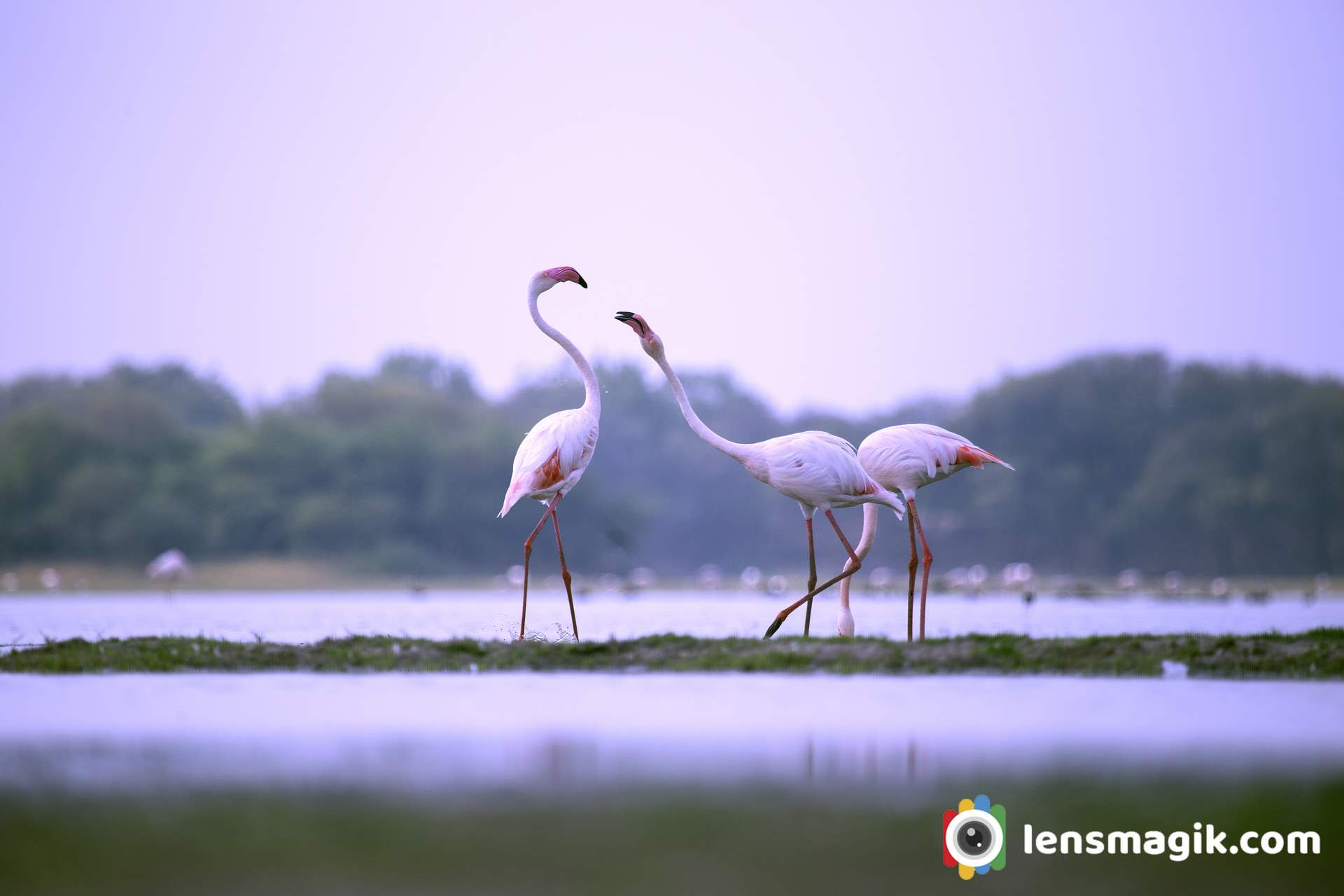
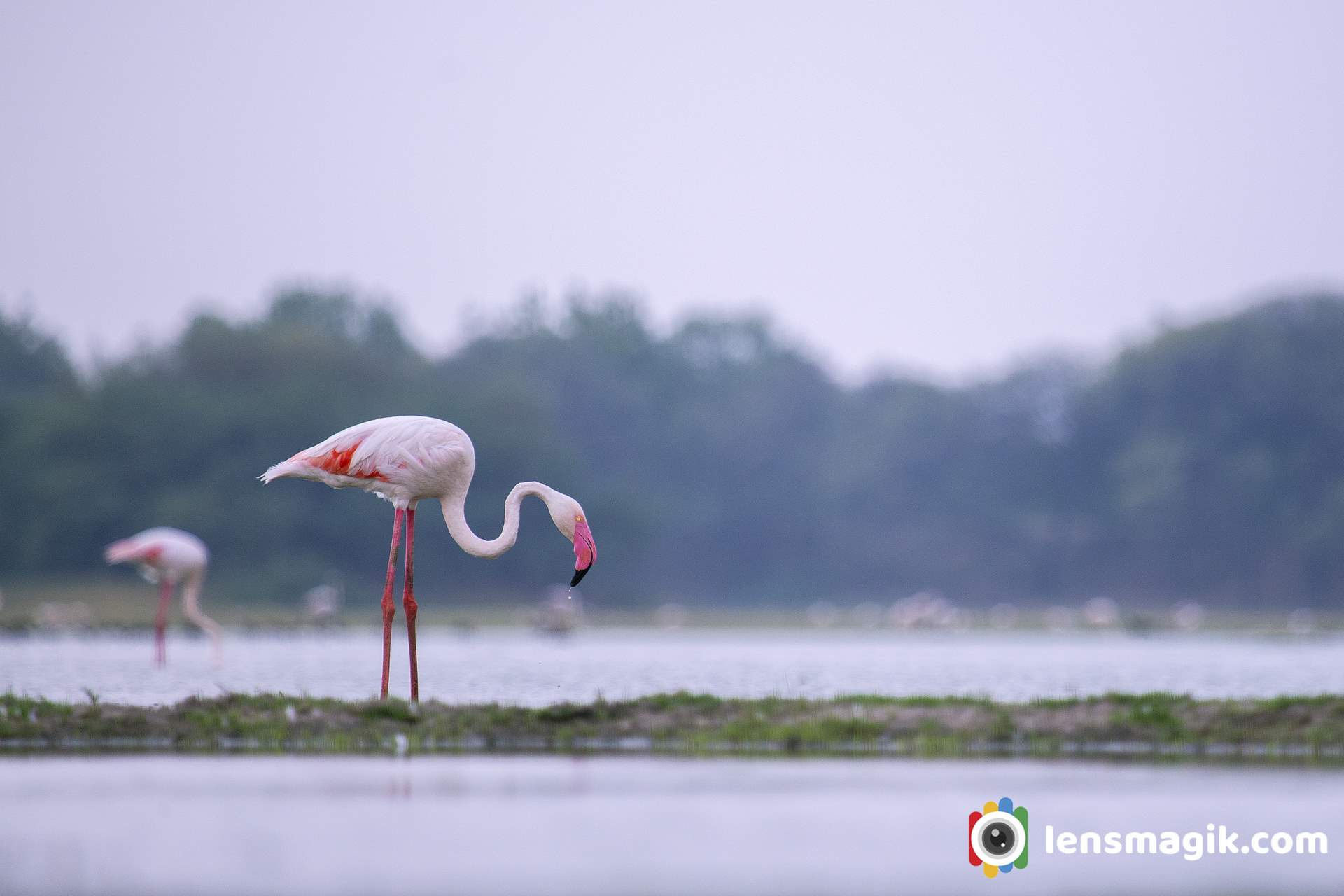
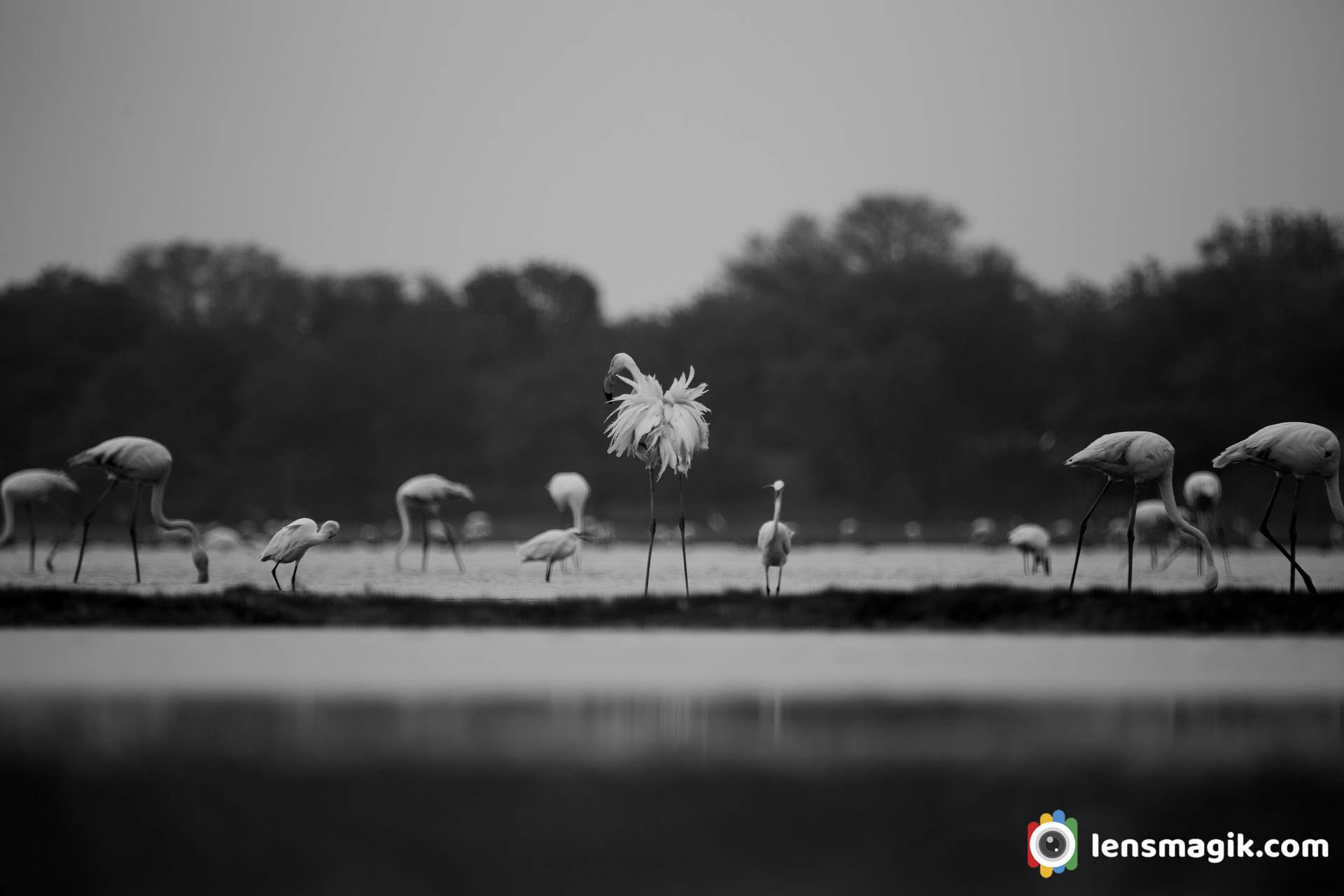
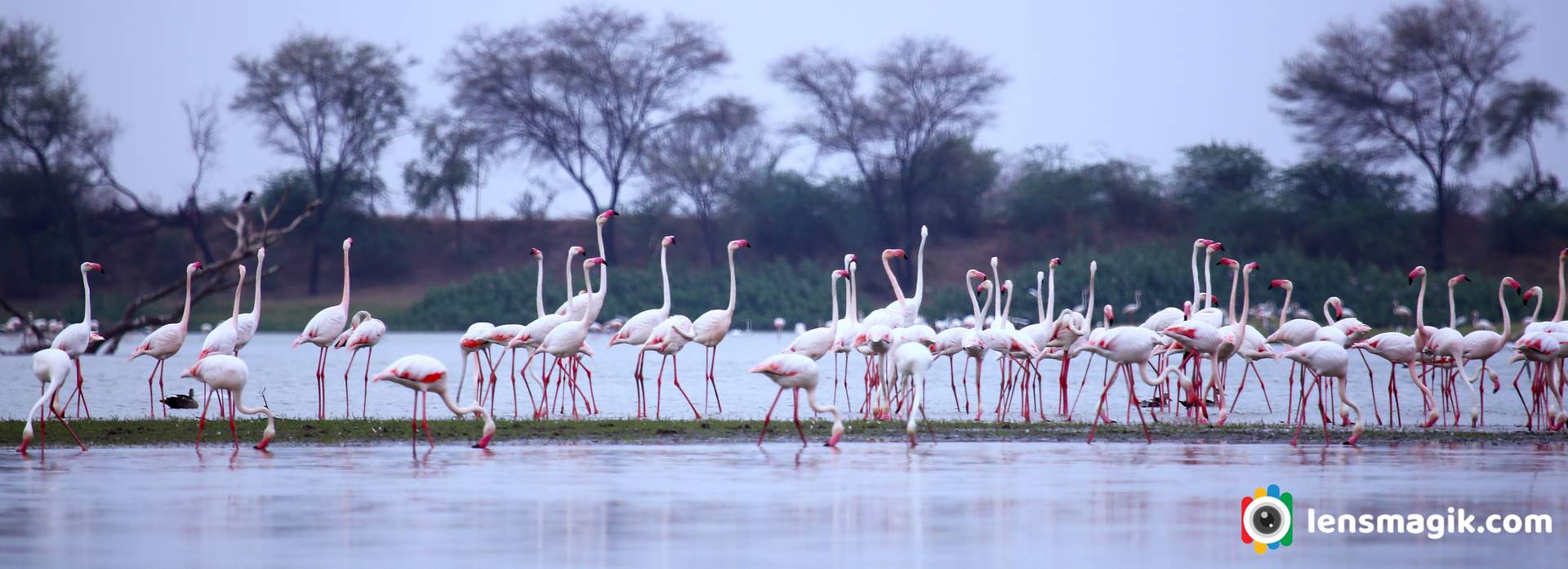
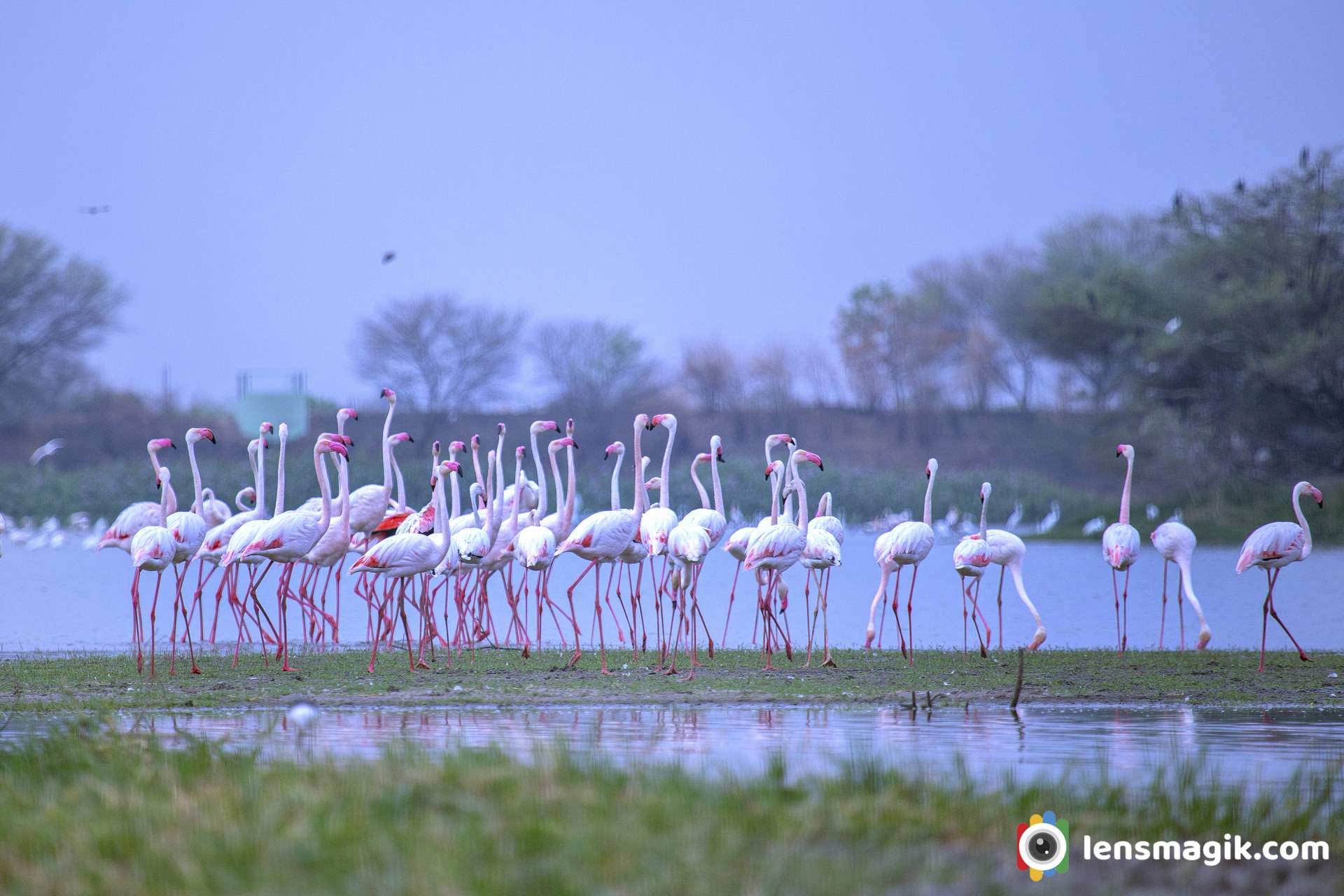
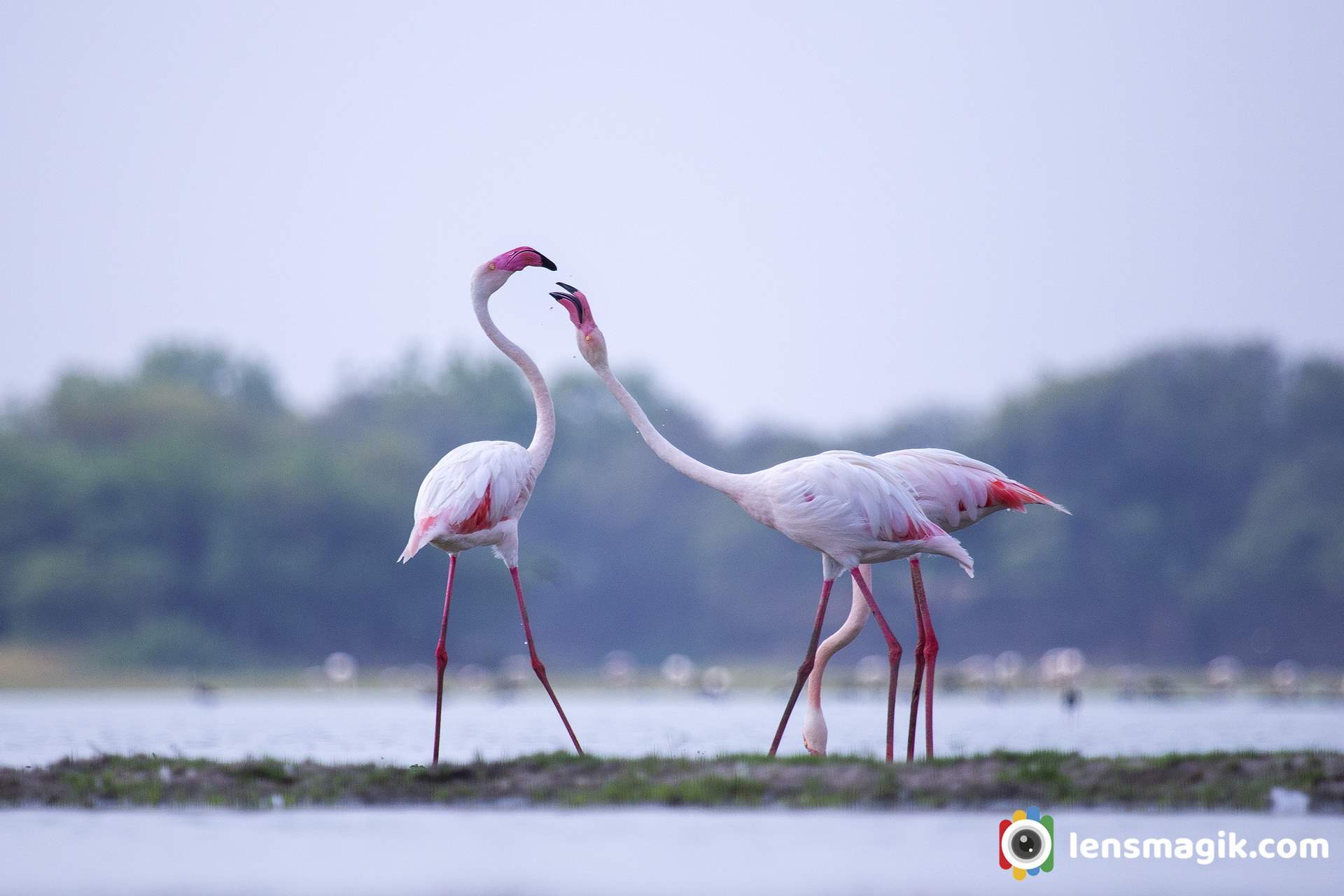
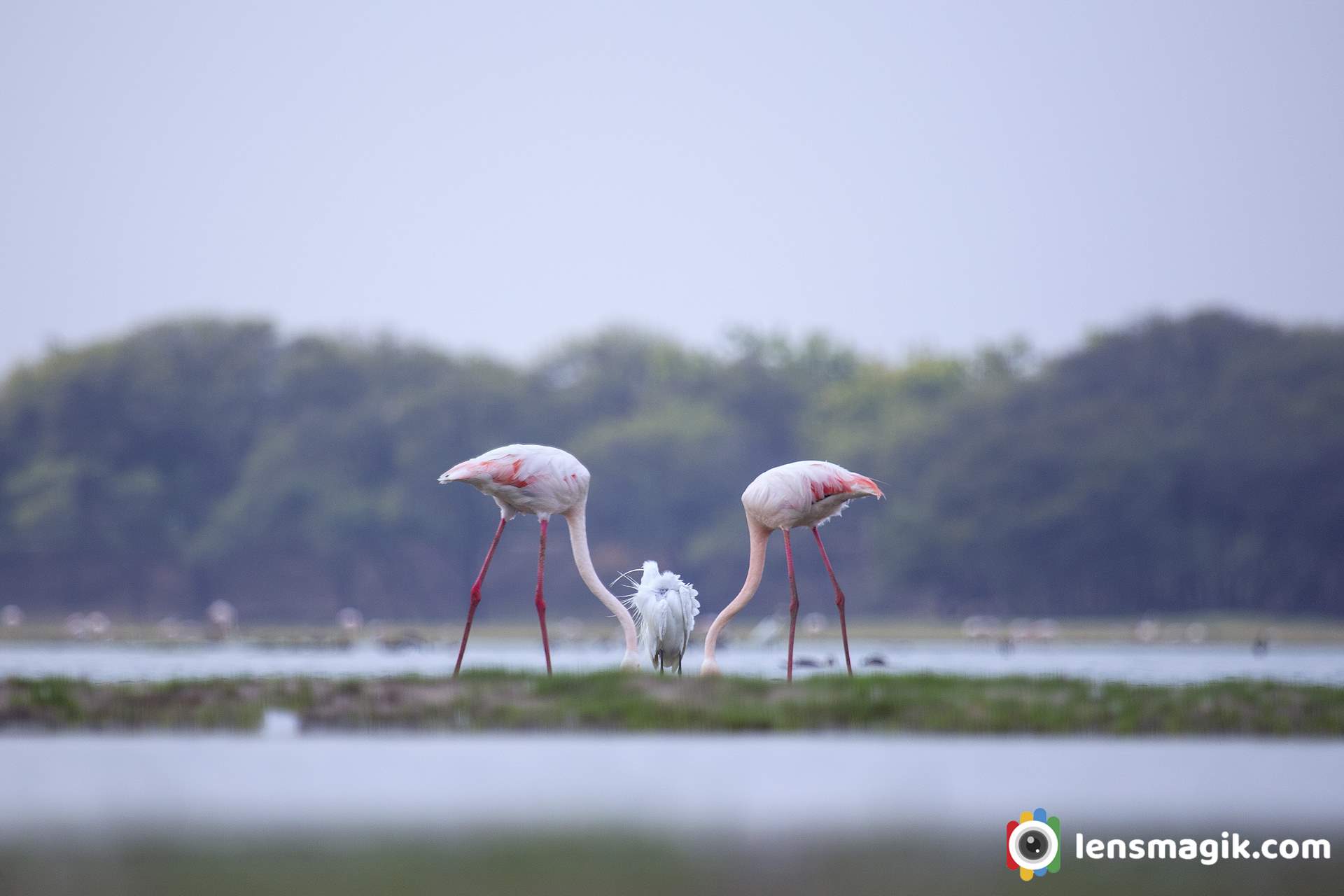
Two flamingos with little egret in between of them with down head all. The images of flamingo bird making a good frame. Because of its color flamingo birds images are very attractive and also their grouping make a perfect frame of flamingo bird picture.
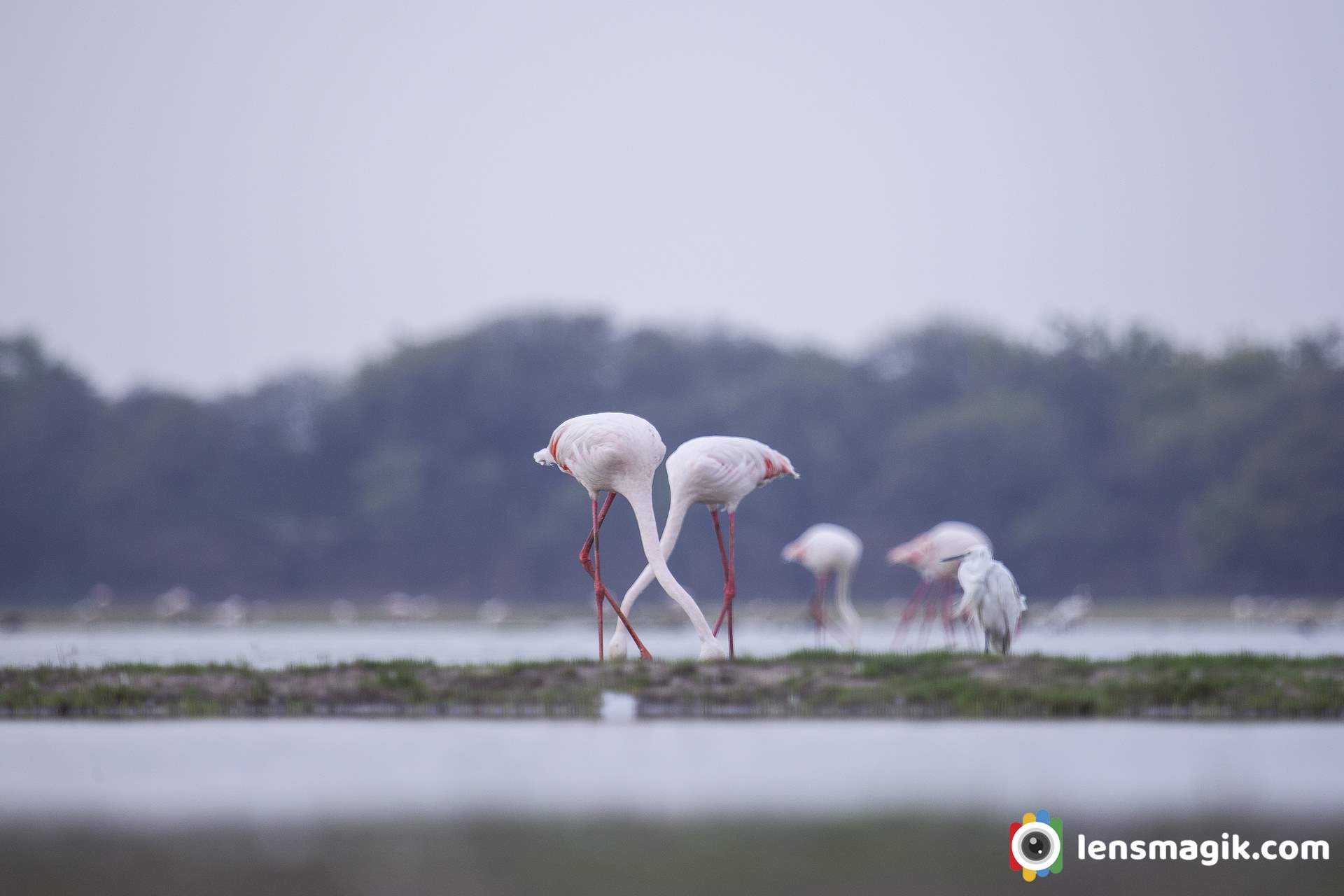
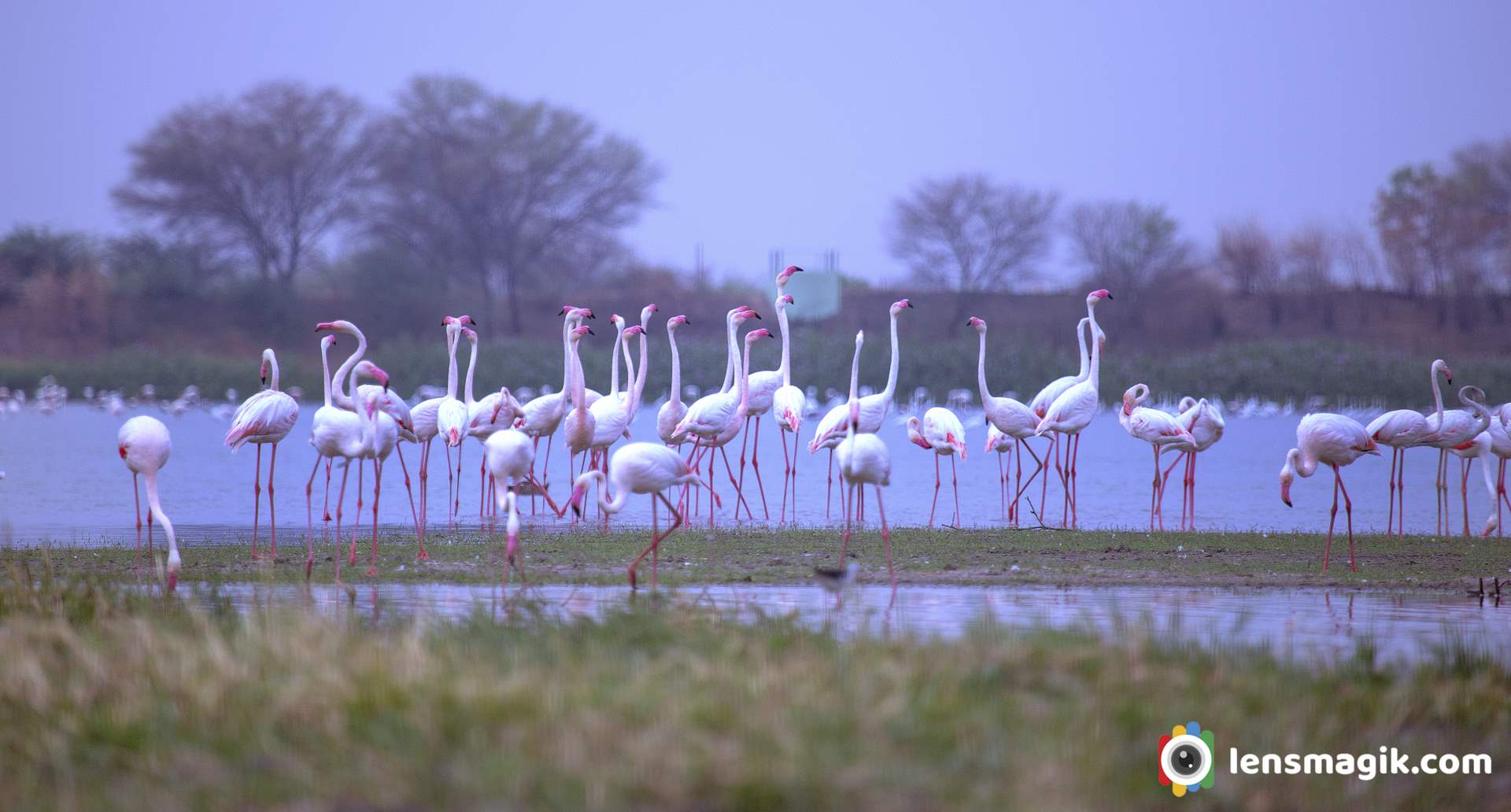
A morning pared time for flamingo birds. A beautiful Greater flamingo birds are in a raw make image nice and show their unity.
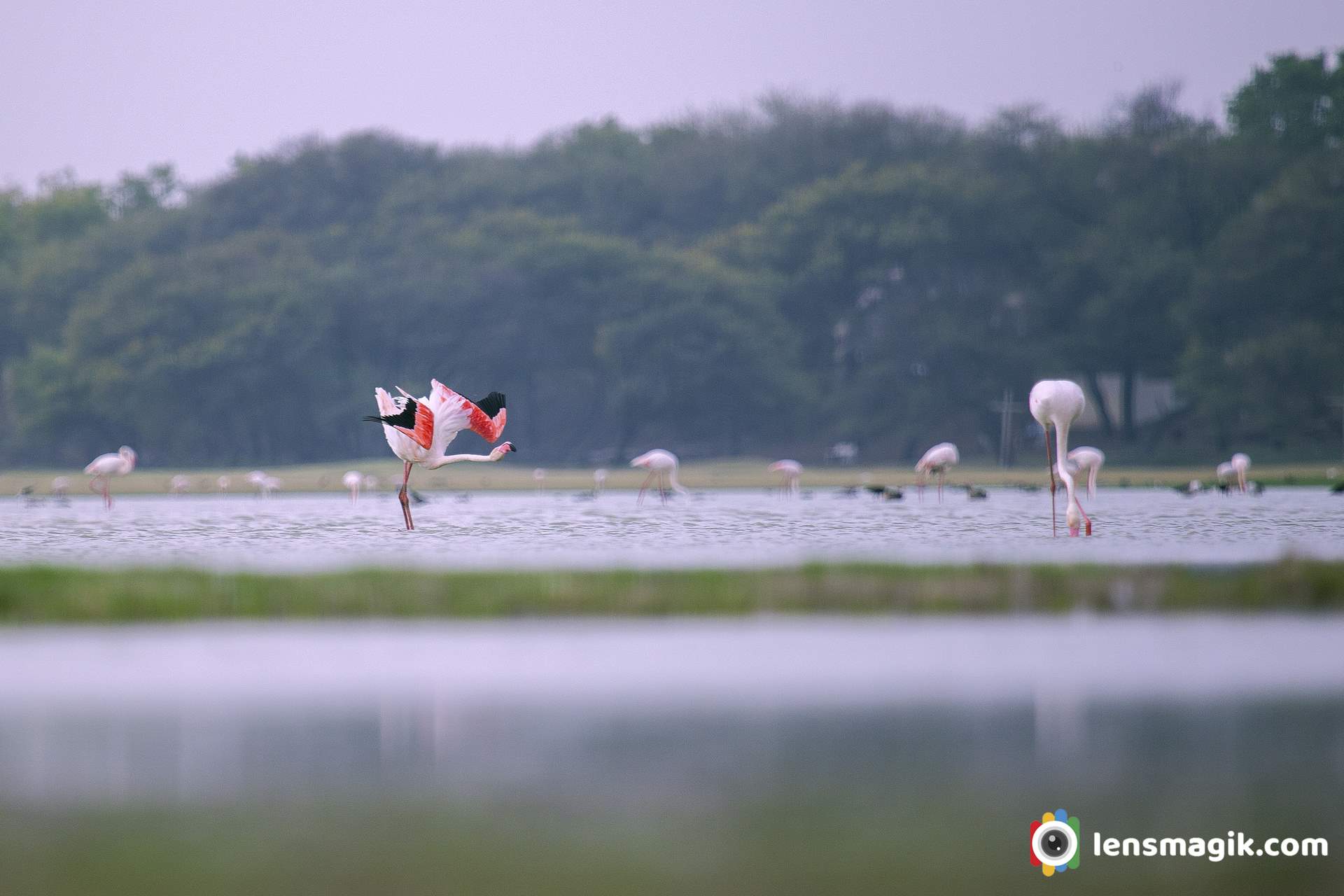
Perfact wingspan of Flamingo bird looks great. Pink Wings make image more attractive.
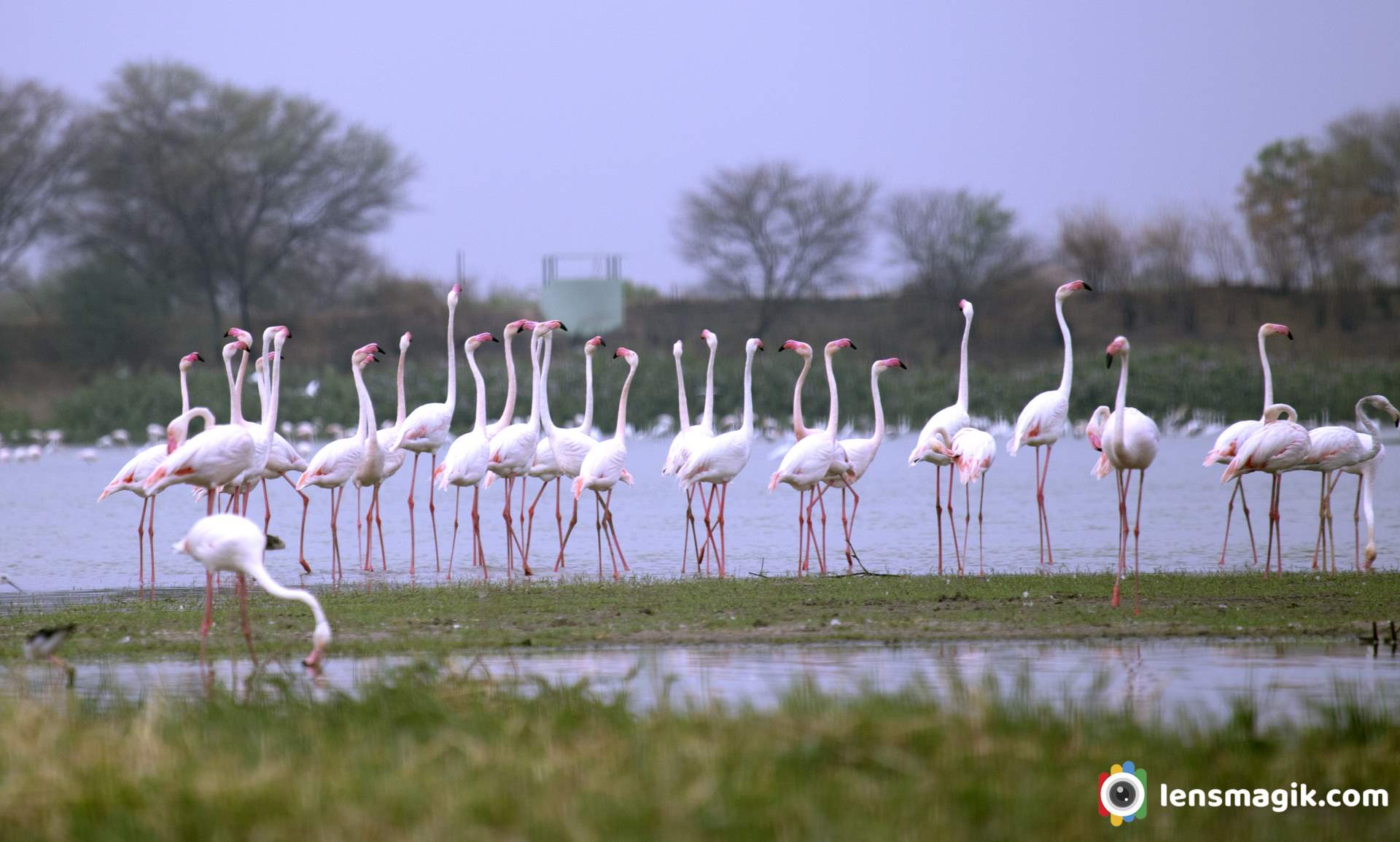
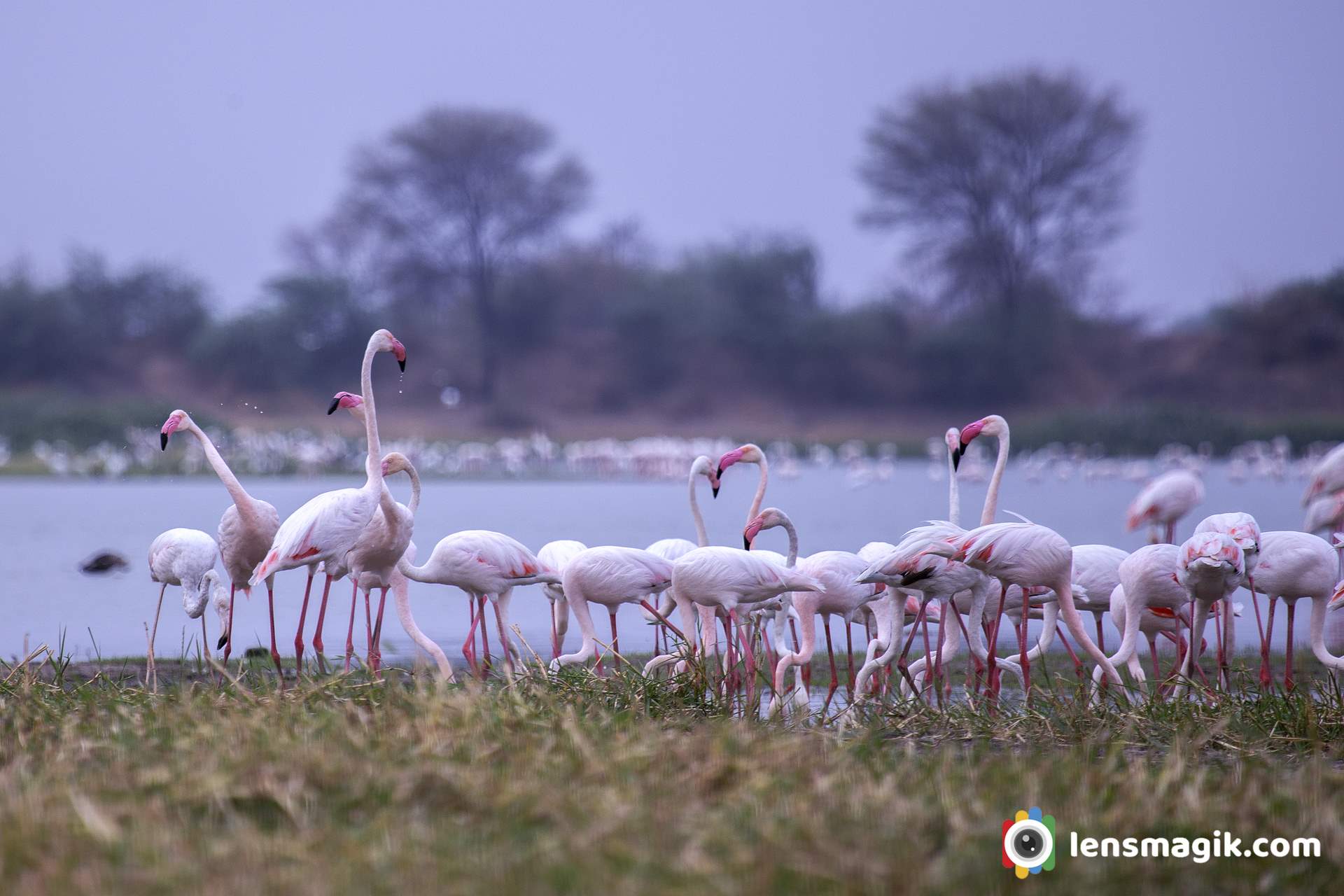
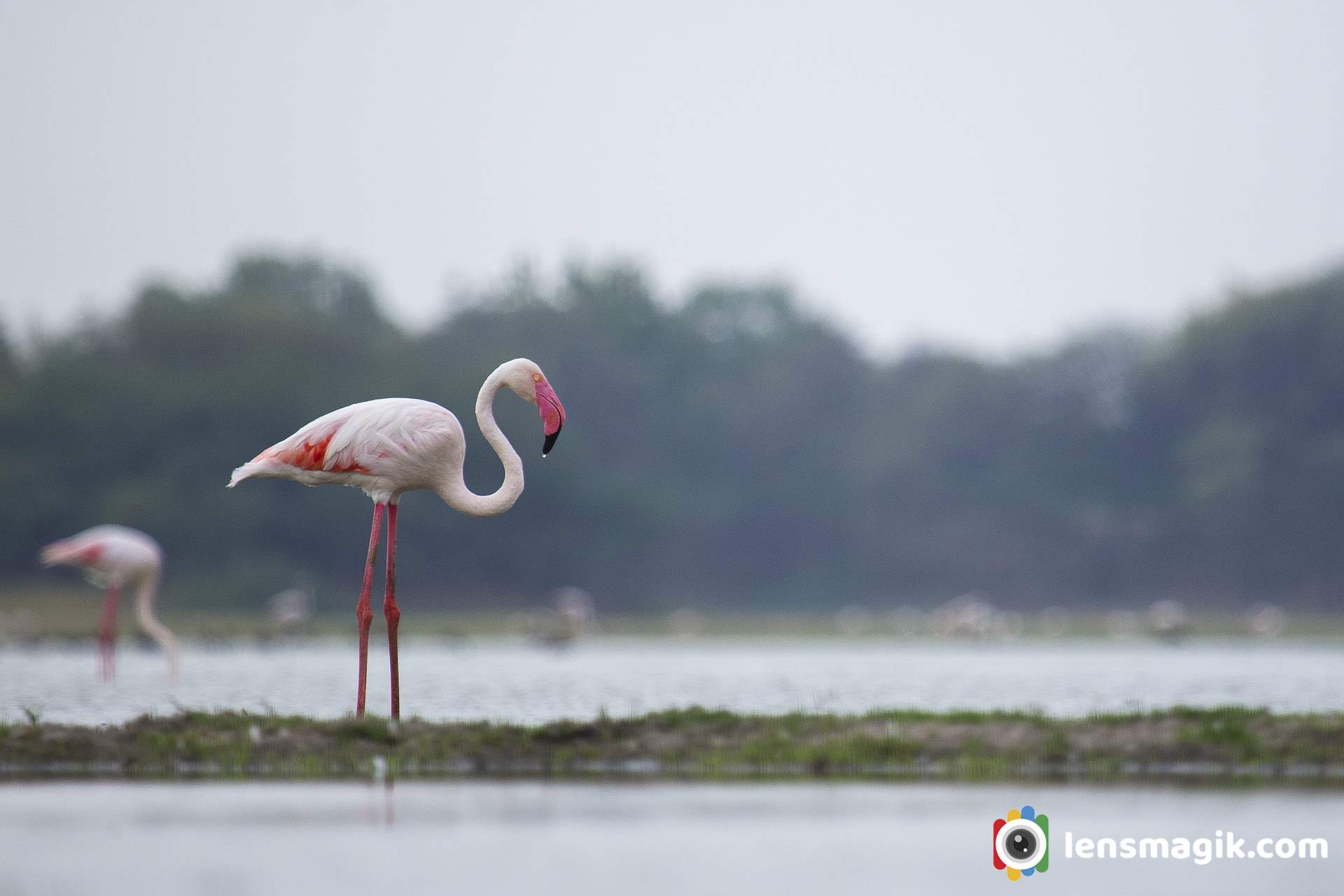
Solo Greater flamingo bird
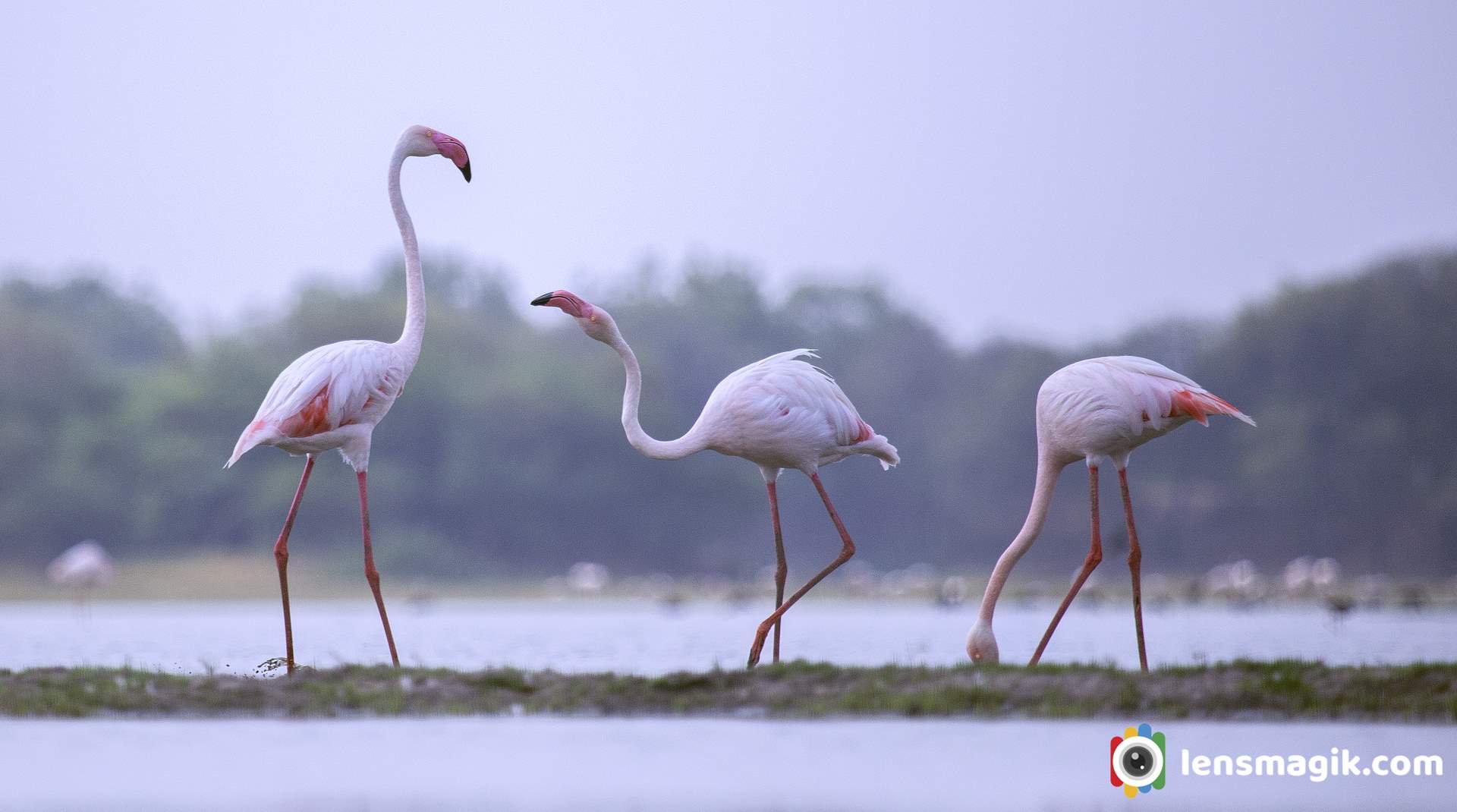
Some masti time for two flamingo birds .
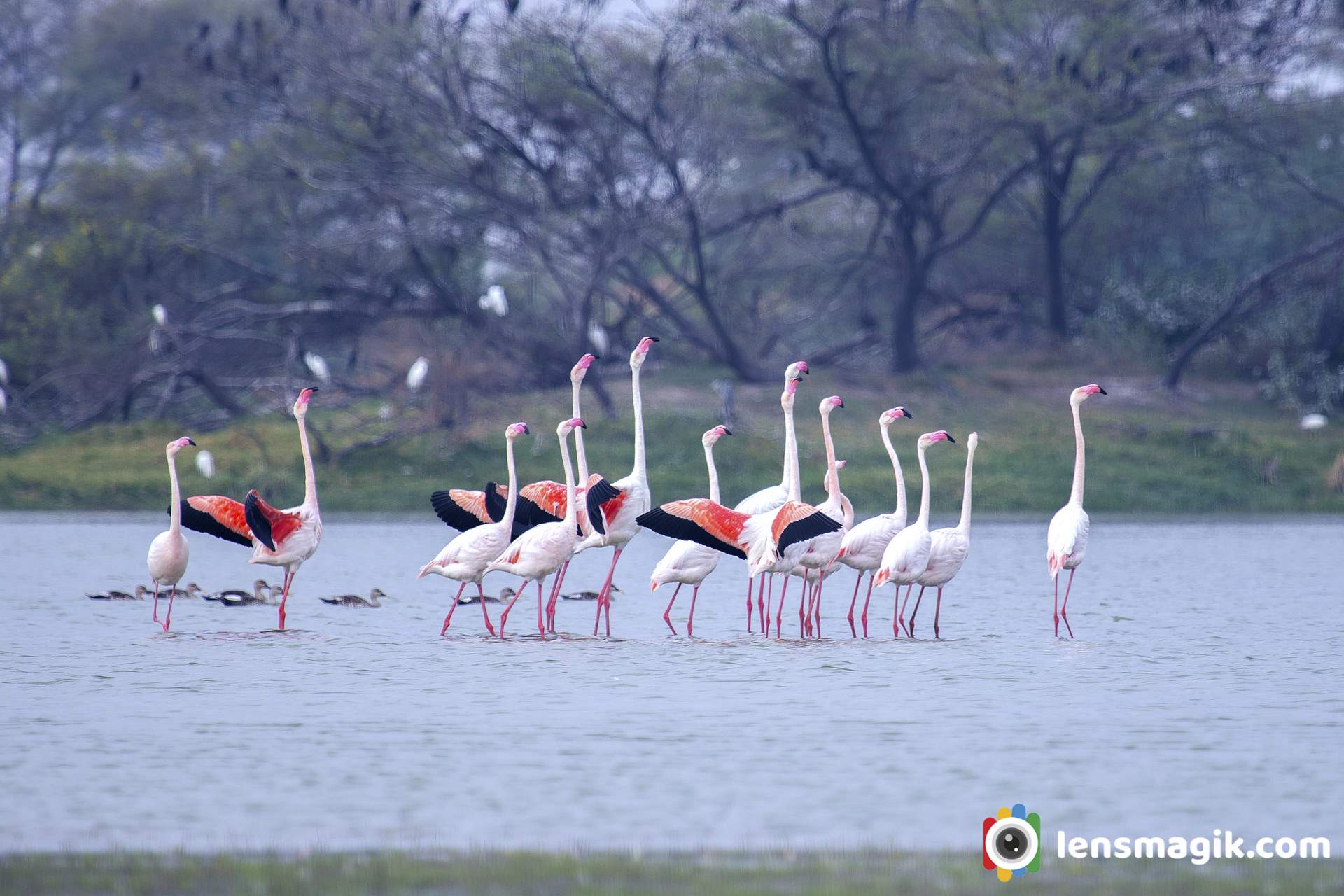
Above image shows the discipline of Flamingo Bird and looks like a morning pared they are doing .
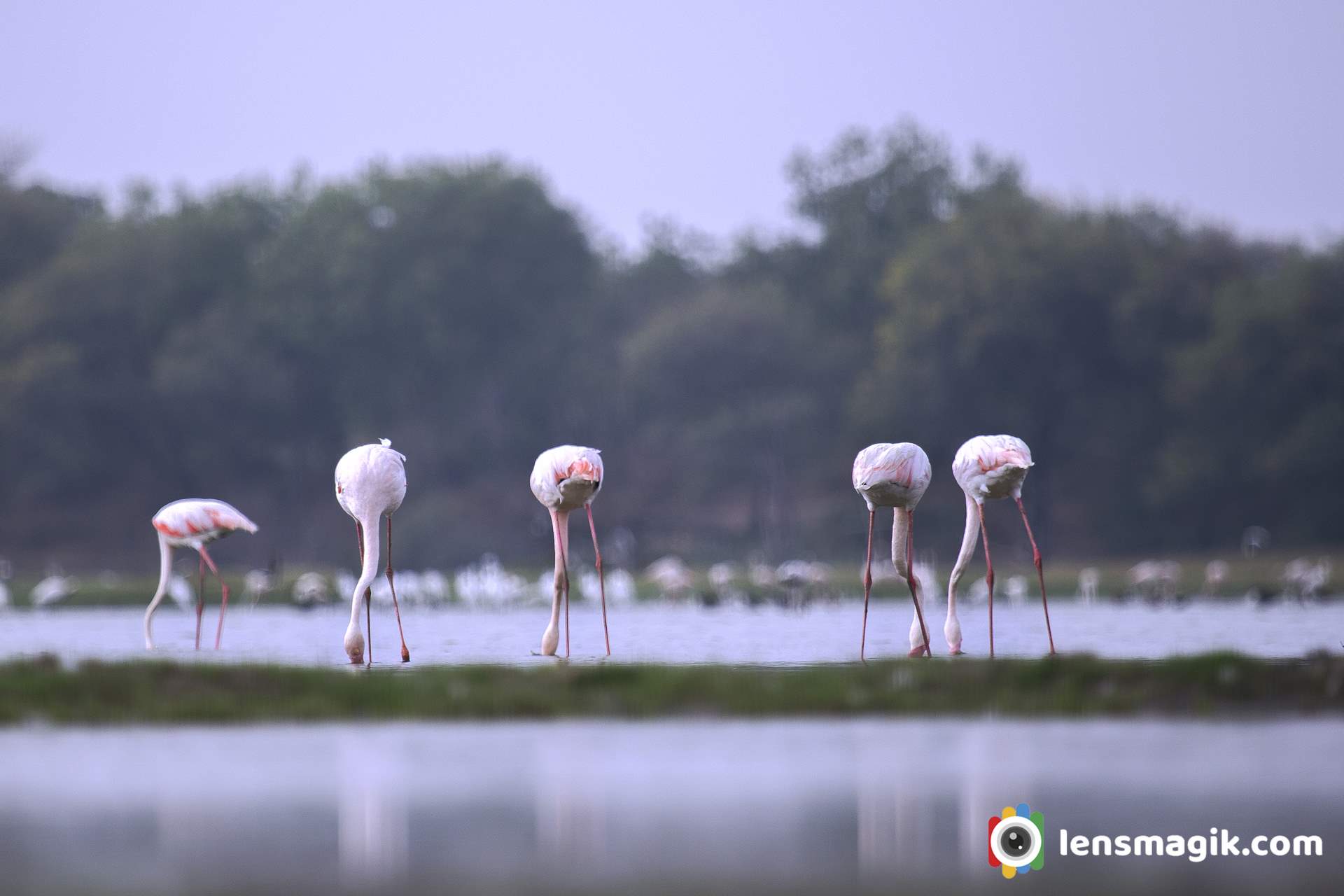
https://youtu.be/9dVBrR9NSOo
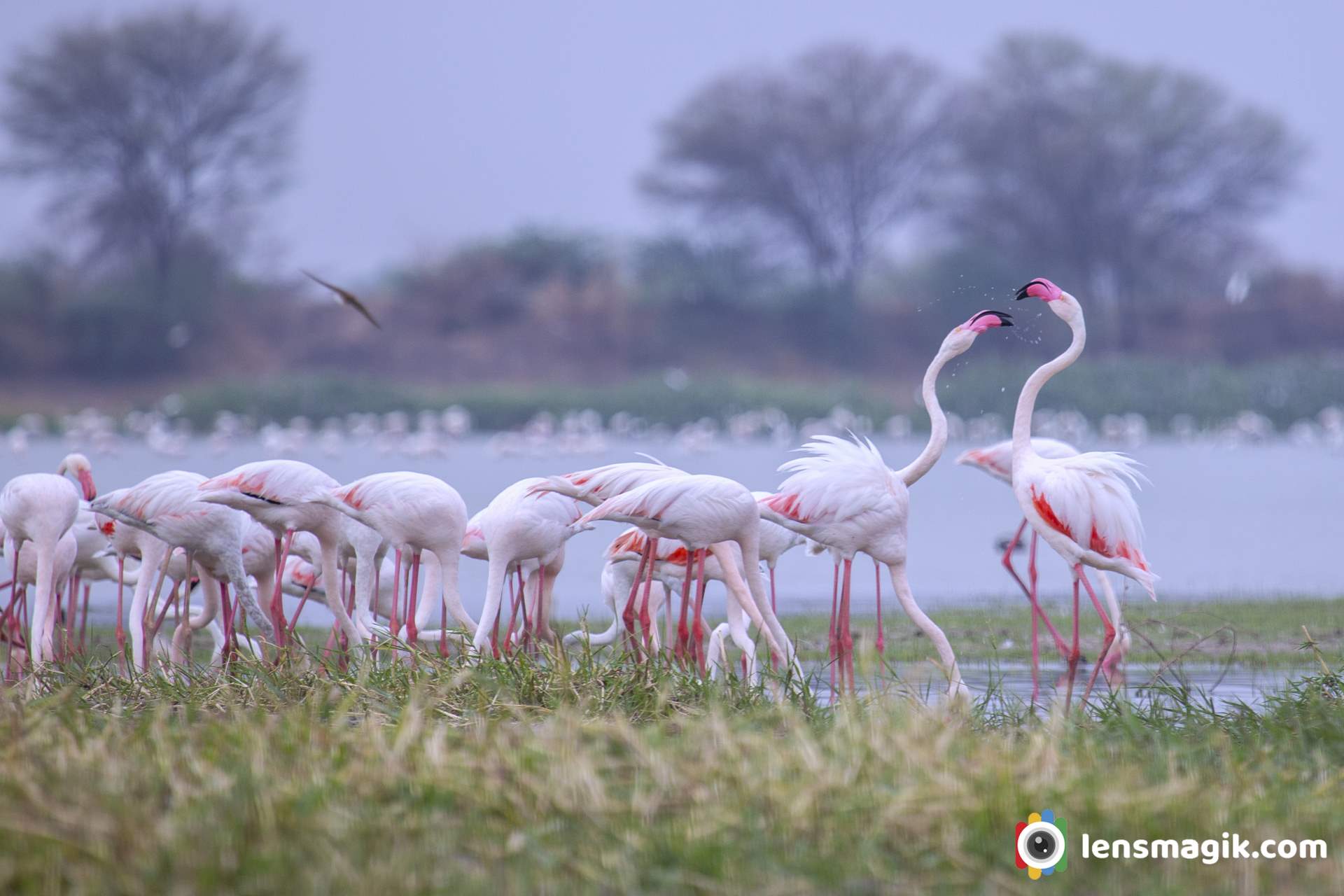
A group of Flamingo Birds at Thol Lake make your frame awesome.
Location : Thol Lake, Gujarat
Thol lake is just 25 km approx. from Ahmedabad. You can visit one day for Thol lake is enough. Also you can find another migratory birds like pelicans , bar headed goose, river tern and many more resident spices.
Ahmedabad to Thol lake distance about 25km
Thol bird sanctuary is located in Kadi Taluka in Mehsana District near sanand Gujarat. It is an artificial lake located near village Thol. In 1912 thol lake was built and it was declared as a Sanctuary in 1988. The main use of lake is use of water for irrigation. The Thol Bird Sanctuary or a Thol lake wildlife Sanctuary India is a habitat of more than 150 spices of birds. Also it is famous for migratory birds Flamingos and Sarus Crane which breeds here.


About Thol Lake / Thol Bird Sanctuary
Thol lake is located near Thol village and its area around 38000 acres. Lake faces all season winter , summer and monsoon. During winter temperature goes to 8 degree and in summer temperature goes to 43 degree. Thol lake is under control of Forest and Irrigation department of Gujarat. Thol lake water storage capacity is around 84 million cubic meters. Thol wildlife sanctuary is declared as Eco Sensitive Zone .
Flora and Fauna Thol Sanctuary :
Thol lake has many vegetation plants like Zizyphus, Acacia nilotica, Ficus, Capparis, Azadirachta indica etc. There are also some mix flora of Marshy and Aquatic plants reported in Thol Lake.
Thol lake is protected area and it is very good habitat for water birds. In thol bird sanctuary there are more than 150 spices of birds found . Among these more than 60 % of birds are water birds. Flamingo bird is most prominent bird of Thol Lake. Also Sarus Crane nest in large number here.

Famous Migratory Birds of Thol Lake
• Flamingos
• Sarus Crane
• Great White Pelican
• Mallards
• Bar Headed Geese , Grey Headed Geese
• Waterfowl
There are also some spices reported here like Dalmatian Pelican, Indian Skimmer, Greater Spotted Eagle, Indian Vulture and white rumped Vulture etc. In Mammals Bluebull, Blackbuck and Golden jackal reported here.


Thol Lake Timing and Fees :
Thol lake open everyday at 6 AM in morning and close at 5.30 PM in evening. Entry fees for Thol Lake or Thol sanctuary is 50 INR for per person. Also Camera fees extra at 200 INR and if you go via car then car fees also 500 INR. Foreigner fees are 10 $ per person.
Best Time to Visit Thol Sanctuary / Thol Lake :
Best time early morning for Thol Lake. In winter if you go before sunrise you can see Twilight sky amazing with lake shore and birds sound .During all season Thol lake has its own beauty. Every season you can visit at Thol Lake. But mostly during winter from November to March season is best for Thol Sanctuary visit. Because during winter lots of Migratory birds came here and stay for long time so for birding winter season is best at Thol Lake. Also during summer some of birds stays here like flamingos and pelicans, geese etc. So you can also see them in summer too. Also during summer water level of lake is low so may be the birds you can get in deep or sometimes closer. During monsoon most people don’t visit but if you like macro photography then you must visit Thol lake in monsoon. You can get some excellent macro subjects like waterdrops , Spiders, Insects etc.


What to do and What not to do in Thol Lake / Keep in mind while visiting sanctuary in India :
• Keep silence in sanctuary
• Maintain discipline
• Keep sanctuary clean
• Do not throw plastic waste anywhere in sanctuary
• Protect wildlife
• Observe birds, mammals etc and protect them and identify them
• Follow rules of wildlife protection act -1972
• Don’t disturb birds and animals
• Don’t enter in sanctuary with liquor and inflammable objects
• Don’t make loud noice.
• Enter in sanctuary with permit only and keep receipt till you leave sanctuary
• Don’t feed birds and animals



Where to Stay near Thol Lake :
Well near to Thol Lake there are not good places to stay at night but you can go near to destinations like Kadi, Kalol or Gandhinagar , Ahmedabad where you can get good places to stay at night. Nearest I suggest Kalol around 15-18 km or you can go Ahmedabad around 25 km.






Places to Visit near Thol Lake :
If you are staying at Ahmedabad then go for Ahmedabad Darshan , Pol area of Ahmedabad and Adalaj Ni Vav ( Heritage places ) etc. Also go for fast food test at night at Manek Chauk and SindhuBhavan road there are lots of option for food lovers like Urban Chauk, Freezbee etc.
If you stay at Gandhinagar then visit Mahatma Mandir at Gandhinagar, Sarita udyan , Akshardham Temple etc.
I would suggest Modhera Sun Temple if you had some more time which is around 100km from Ahmedabad. For bird lovers and bird photographer I would suggest visit Little ran of Kutch (LRK) during Winter season, Pariej Lake, Indroda park Gandhinagar, Jessore Sanctuary Banaskantha etc.
How to Reach Thol Sanctuary :
Nearest airport is Ahmedabad and from Ahmedabad thol lake distance is around 30-40 km
Also for Railway station is Ahmedabad because you can get all frequency and destinations from Ahmedabad railway station.
Mt Kanchenjunga or Mt Kangchenjunga both spellings right and whatever you say located in west Bengal India. When i was on my Singalila National park trek i visit it. It was really gesture to see Mt Kanchenjunga from own eyes. A beautiful Mountain surrounded by snow and little bit clouds looks like you are in Heaven. The view i capture makes me very happy to see first time snow mountain in my life. When i was at my last location of my trek at Sandakphu we go for birding and v had a clear mountain view of Kanchenjunga. Kanchenjunga is also spelled Kangchenjunga. Height of Mt. Kanchenjunga/Kangchenjunga is 8586 m . The view of Mt Kanchenjunga from India is amazing as you can see in photos. This Mountain range in wide angle as shown above image looks like Sleeping Budda so this mountain range also known as Sleeping Buddha Mountain Range too.
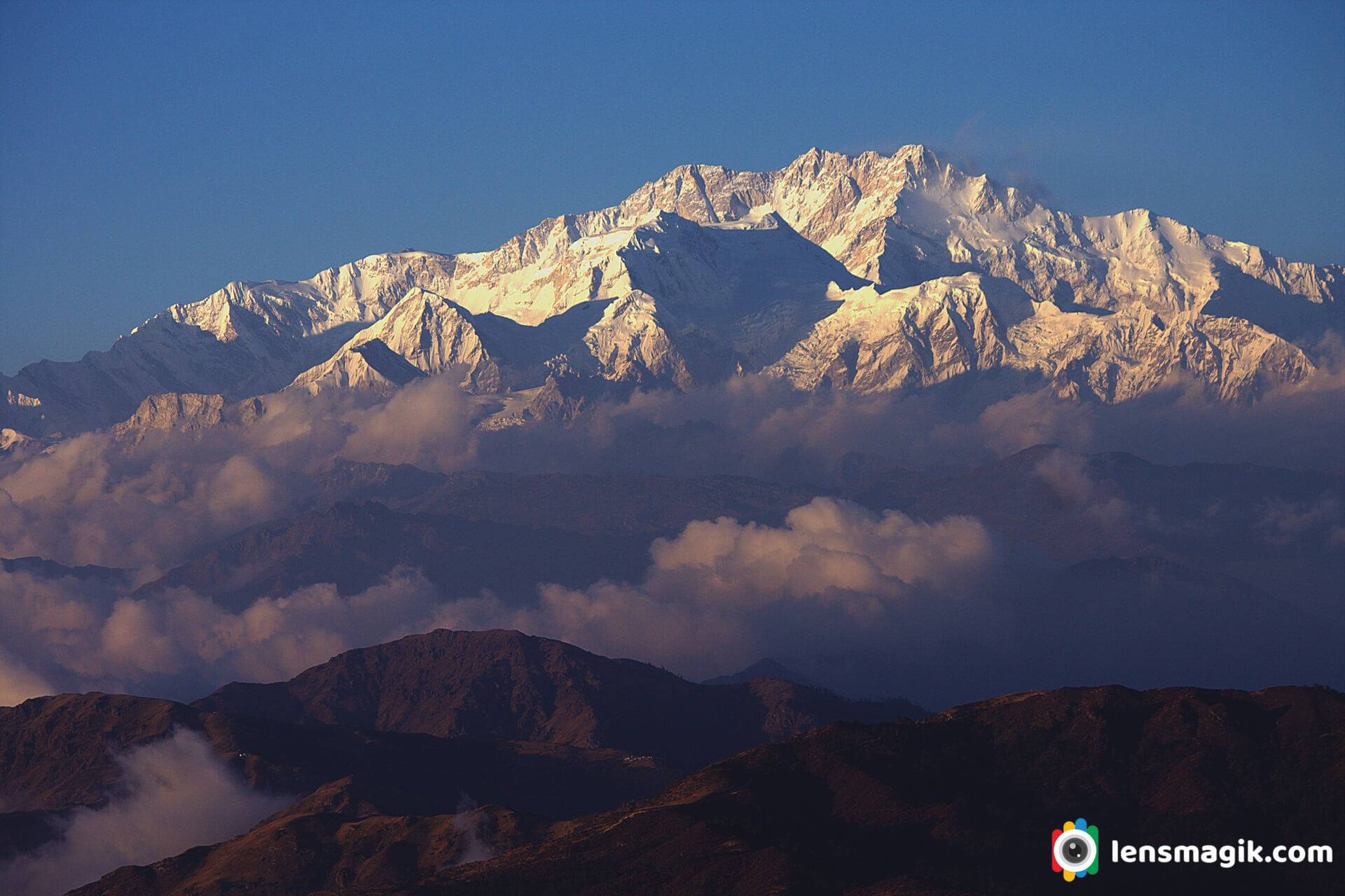
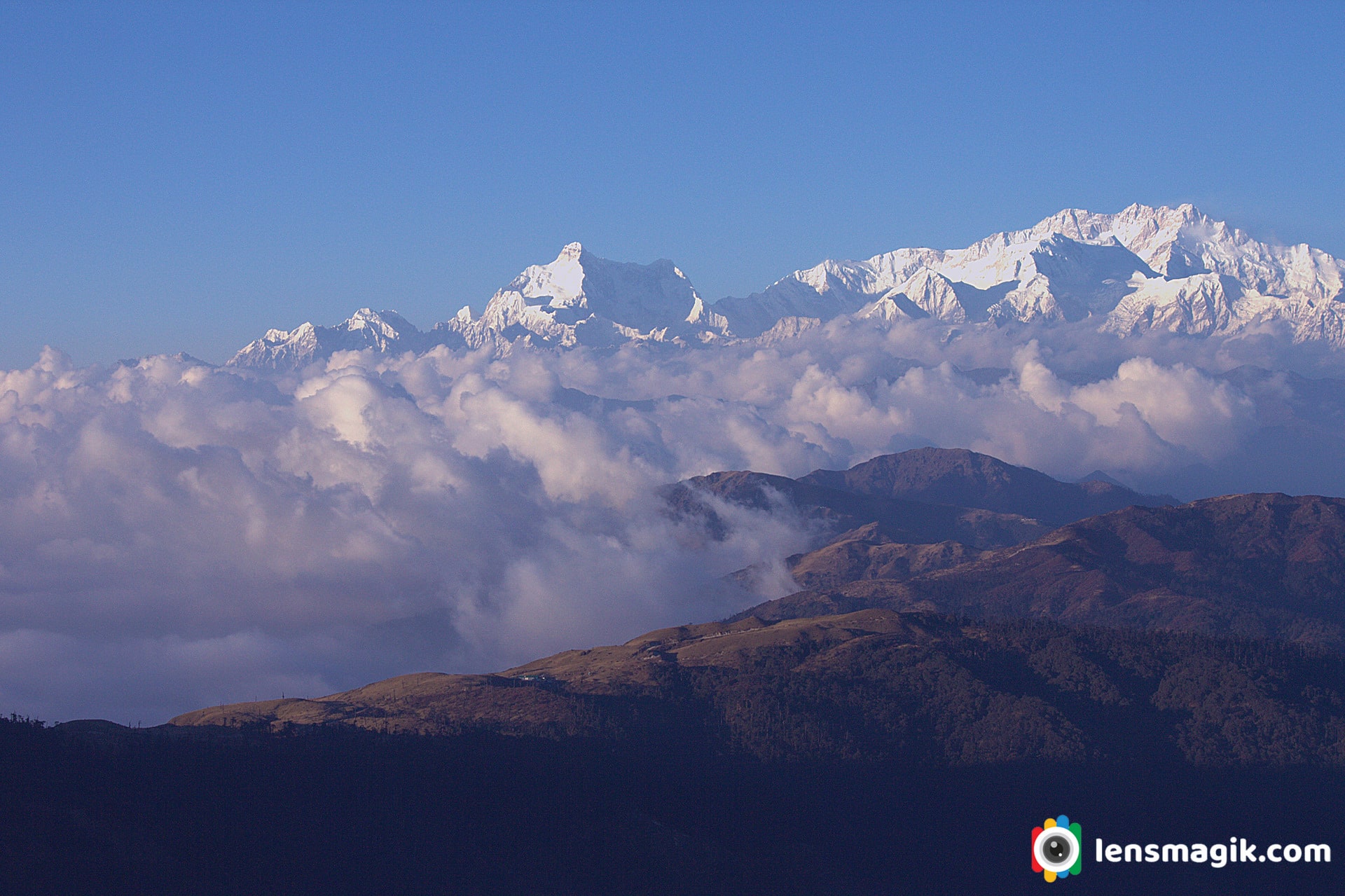
The name Kanchenjunga is derived from sanskrit kanchana ganga . Kanchana means gold and ganga is the river which flows in the region. The river shines like gold and hence the name Kanchana Ganga was given to this mountain.
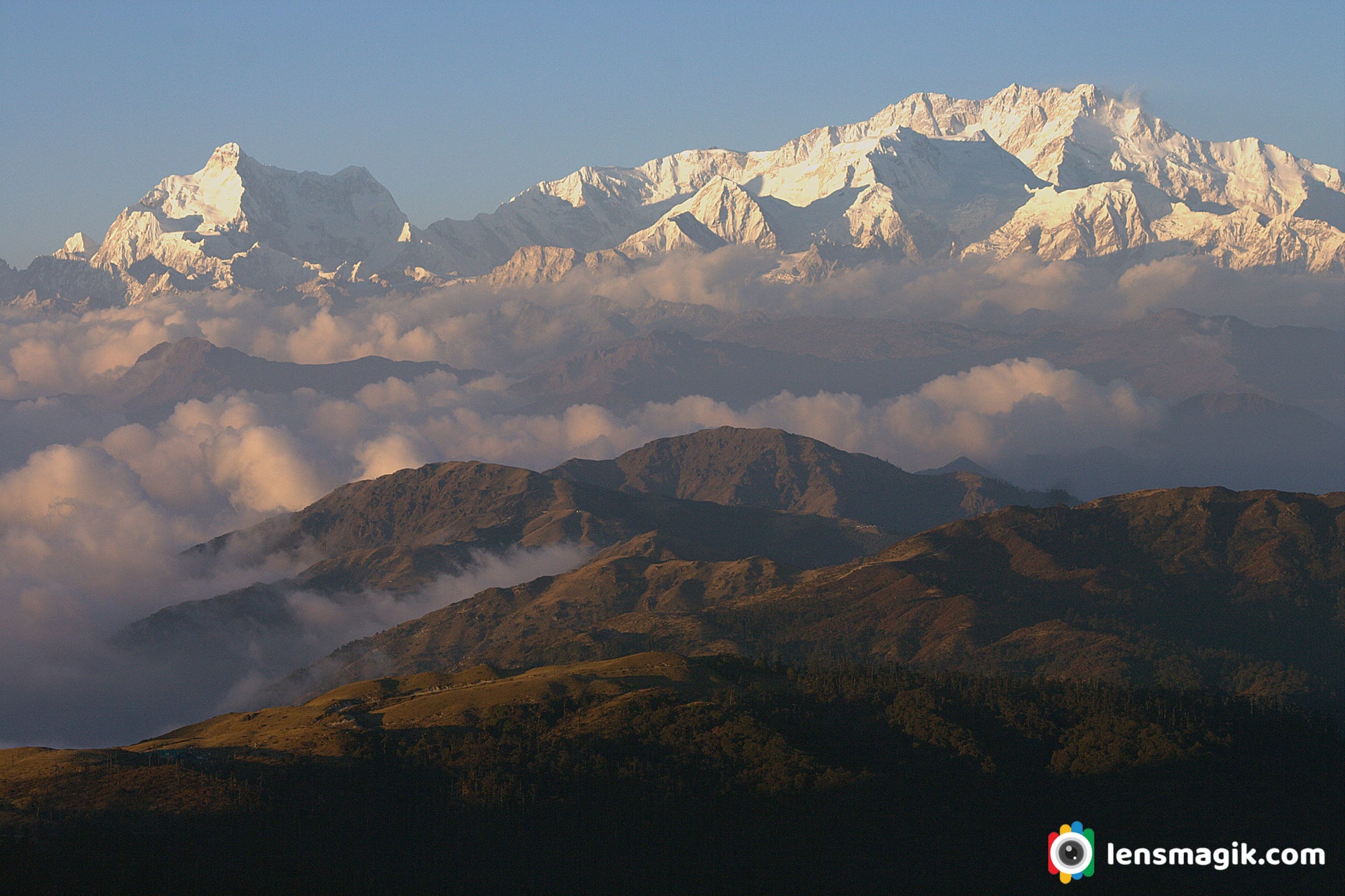
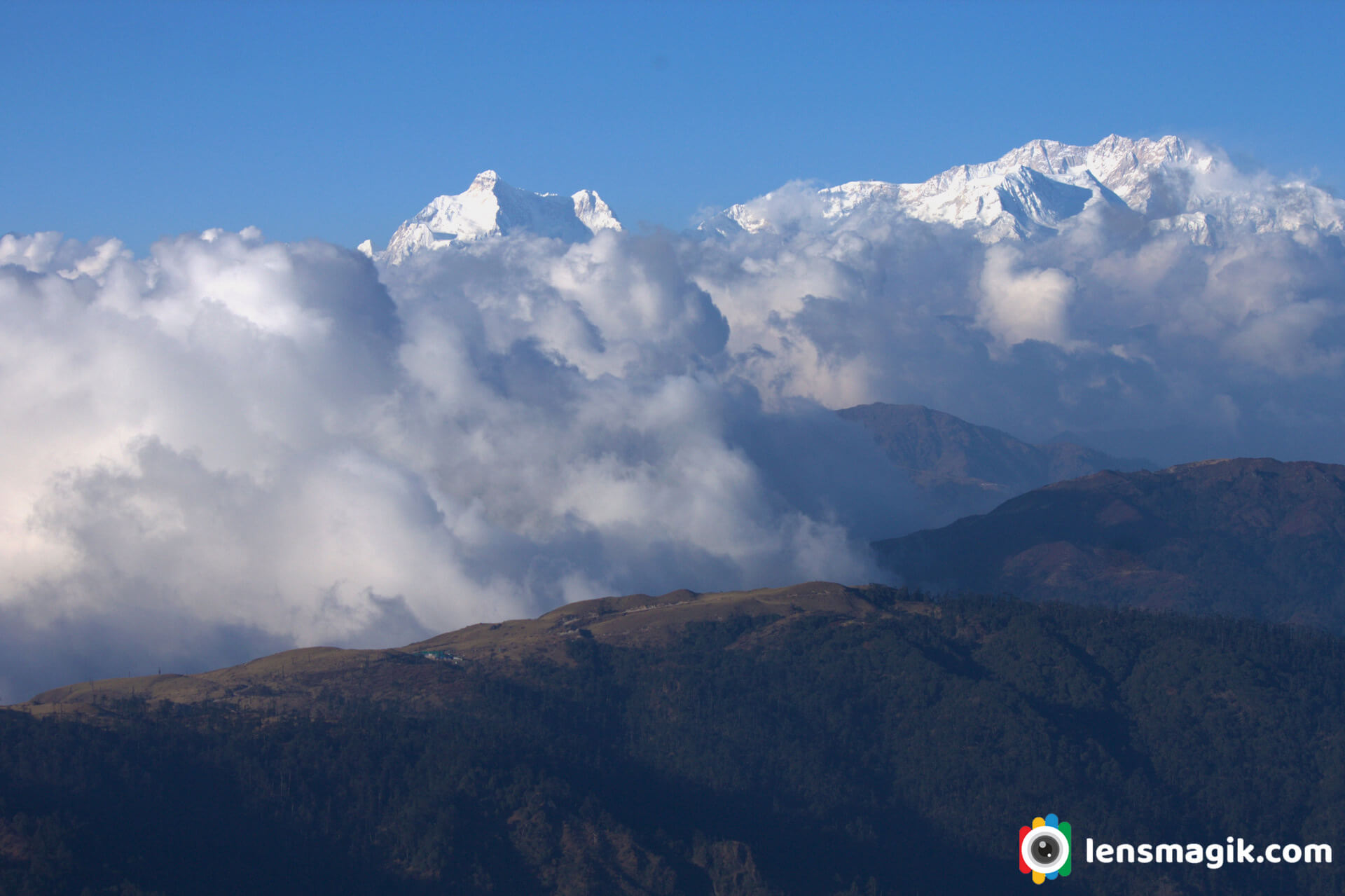
Things to know About Mt. Kanchenjunga/ Mt. Kangchenjunga :
- Kanchenjunga Mountain is about 28,169 ft height and located along the Nepal-India border in the Himalayas.
- It is the third highest mountain in the world.
- It contains 5 peaks and four of them above 27,700 ft of heights.
- Kanchenjunga is also name of surrounding section of Himalayas and means THE FIVE TREASURES OF SNOWS .
- Joe Brown and George Band was the first climber of Kanchenjunga mountain on 25 may 1955.
- Kanchenjunga mountain boundry shared by Nepal, India, China and Bhutan.
- Total 5 peaks of Kanchenjunga are Kanchenjunga Main ( 28169 ft ), Kanchenjunga West ( 27904 ft ), Kanchenjunga Central ( 27828 ft ), Kanchenjunga South ( 27867 ft ), Kangbachen ( 25928 ft ).
- Kanchenjunga Main is the highest elevation of Brahmaputra River.
- There are four climbing route for Kanchenjunga among them 3 are from Nepal and one from Sikkim India.
- It is also known as Sleeping Buddha Mountain range.
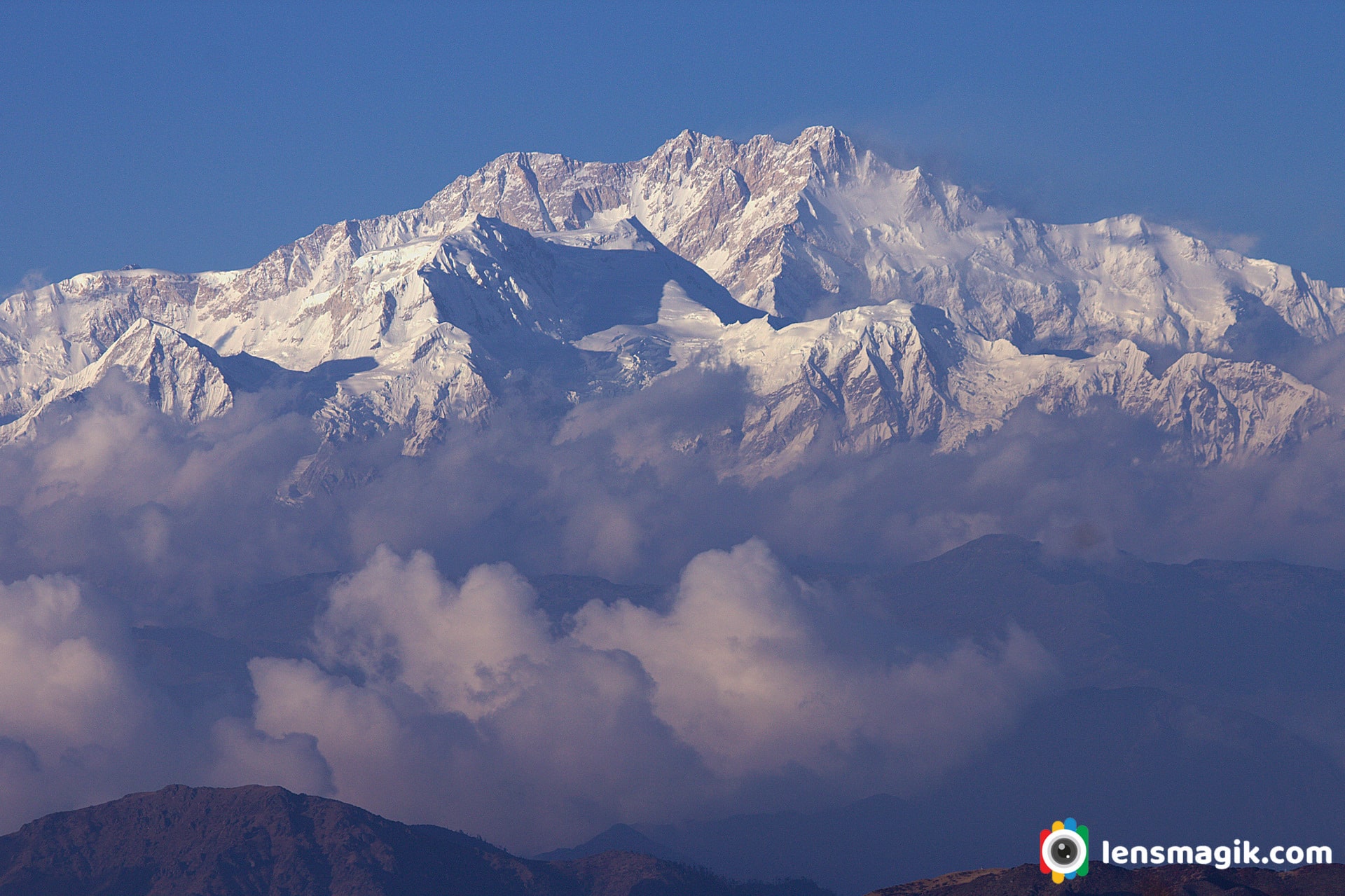
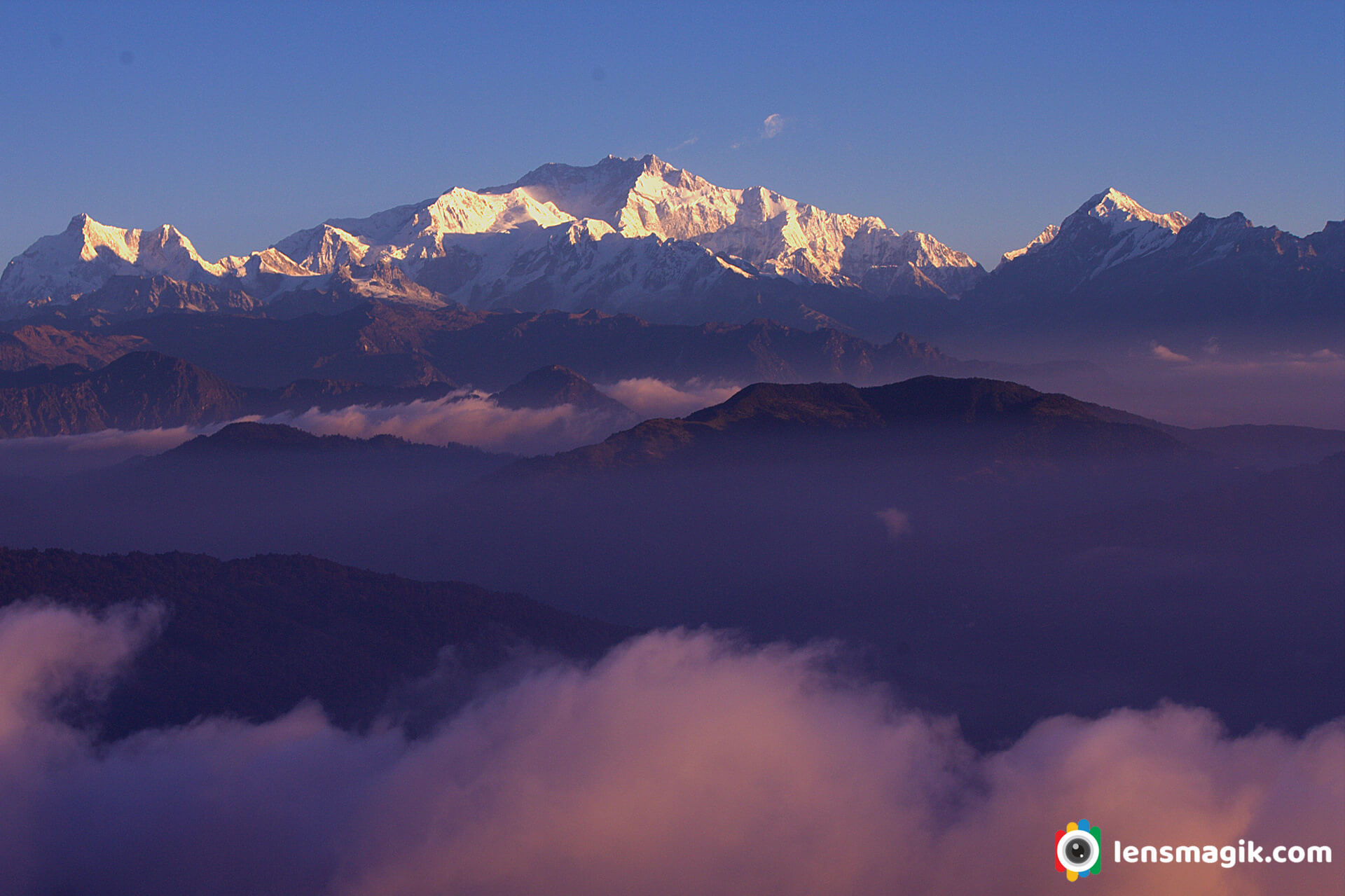
When i was on a tour to Singalila National Park we have a terrific view of Kanchenjunga mountains and also other Himalayan mountains. The best view of Kanchenjunga i saw from Sandakphu located at India-Nepal border. I also saw Mt. Everest from here. Everest is on a long distance but if weather is clear you can see it very clearly.
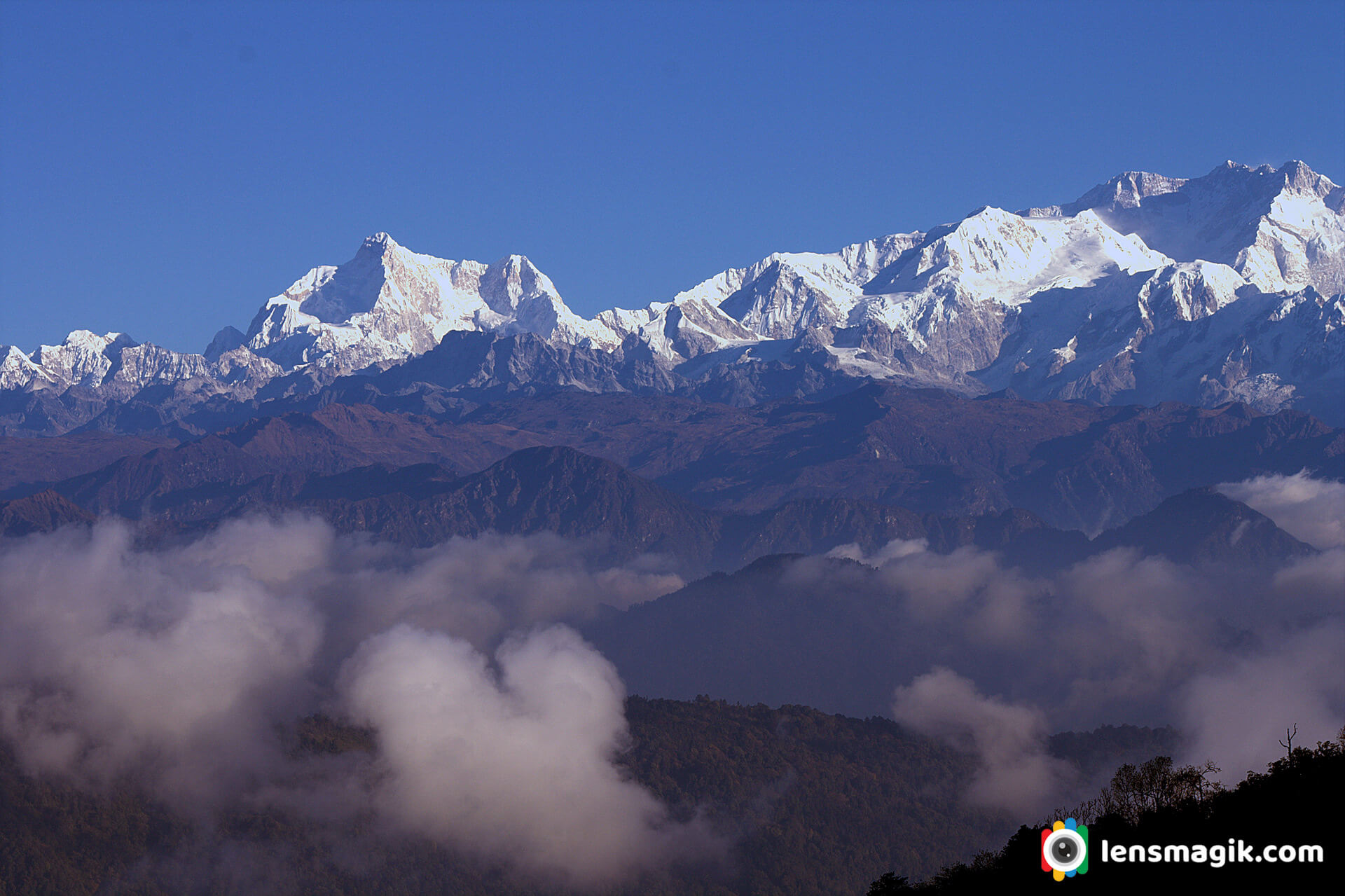
In above picture the mountain shows in left side ( Triangle 3 peaks ) of Mt Kanchenjunga is Kumbhakarna Mountain.
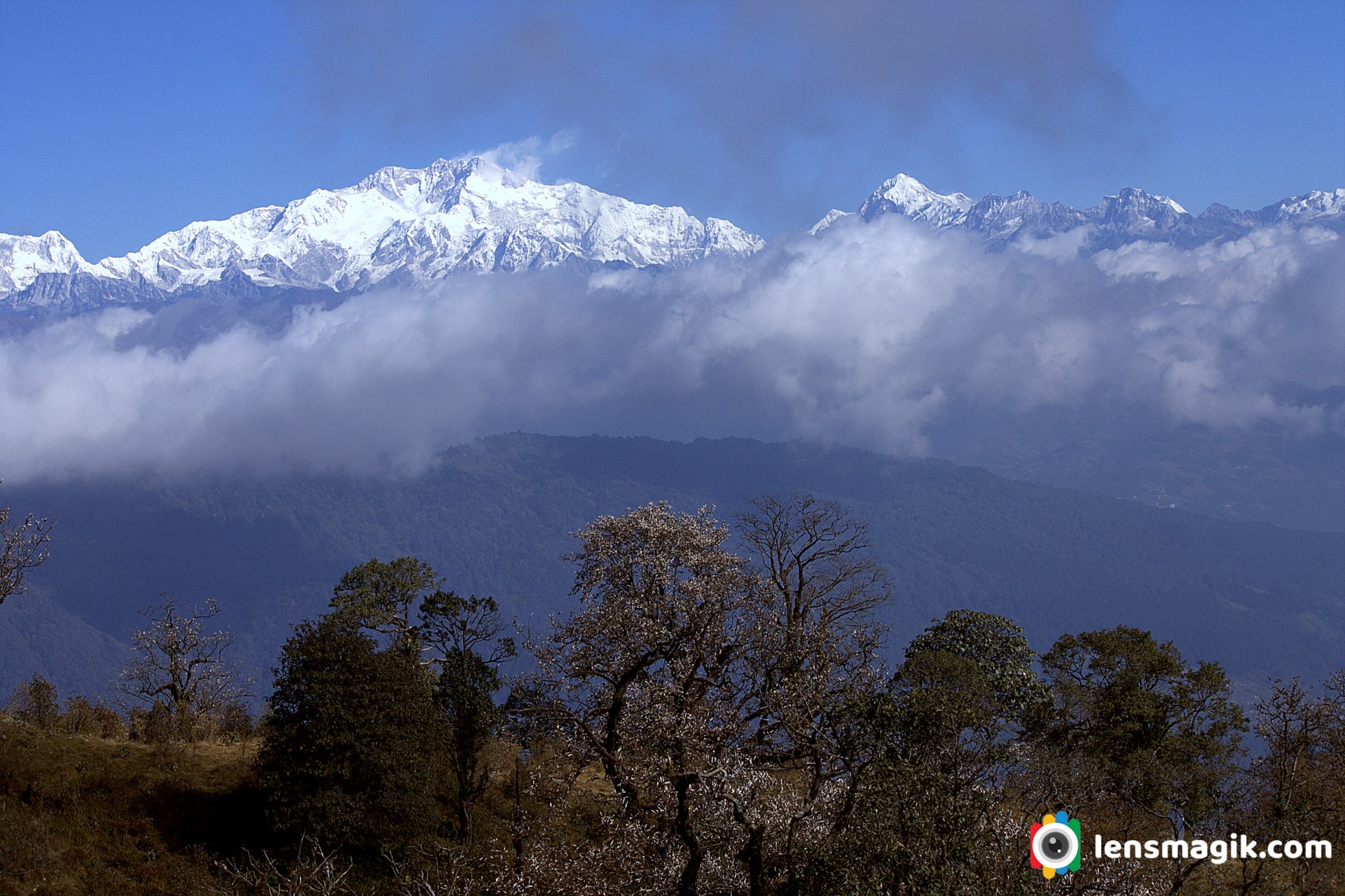
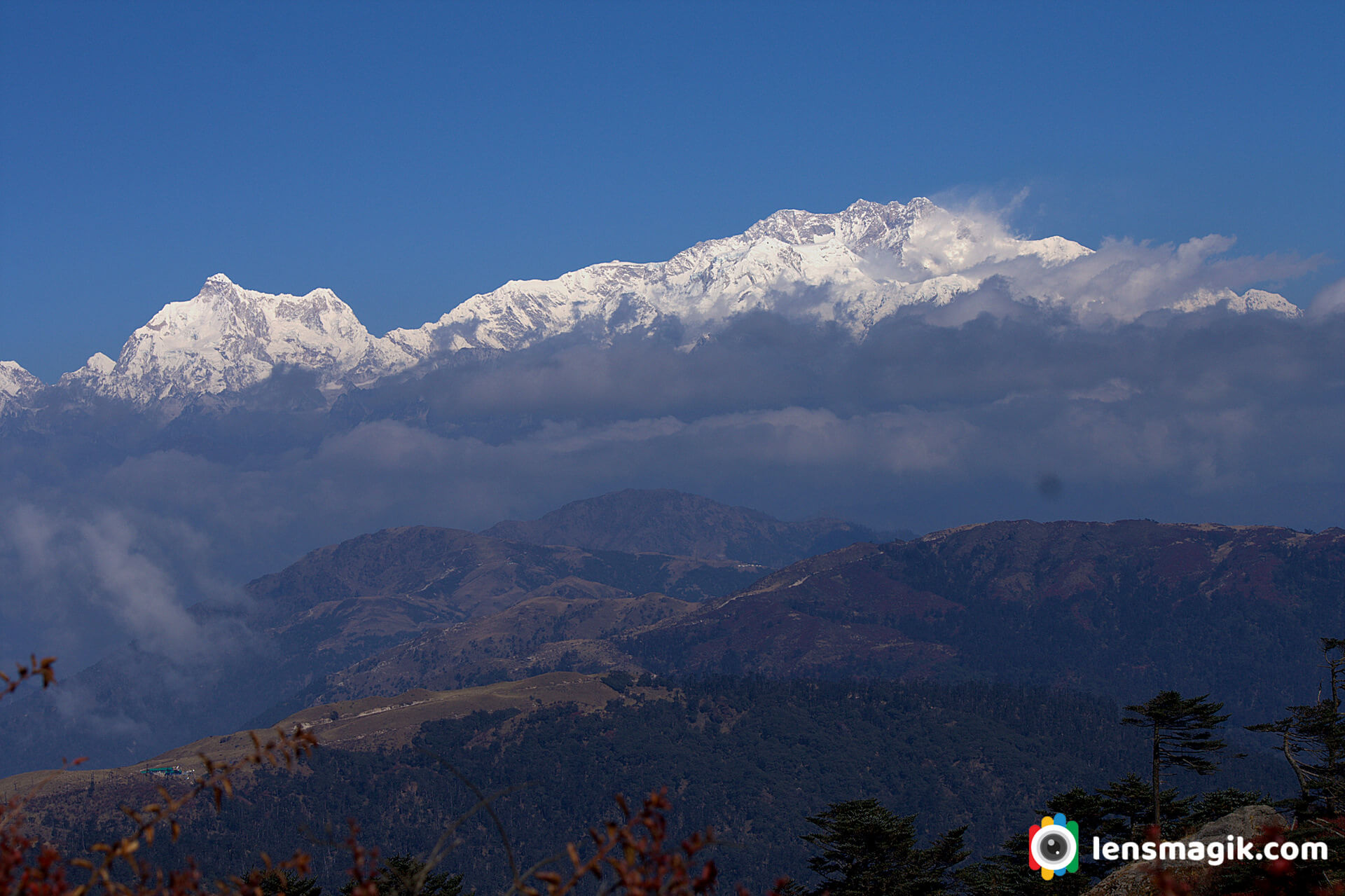
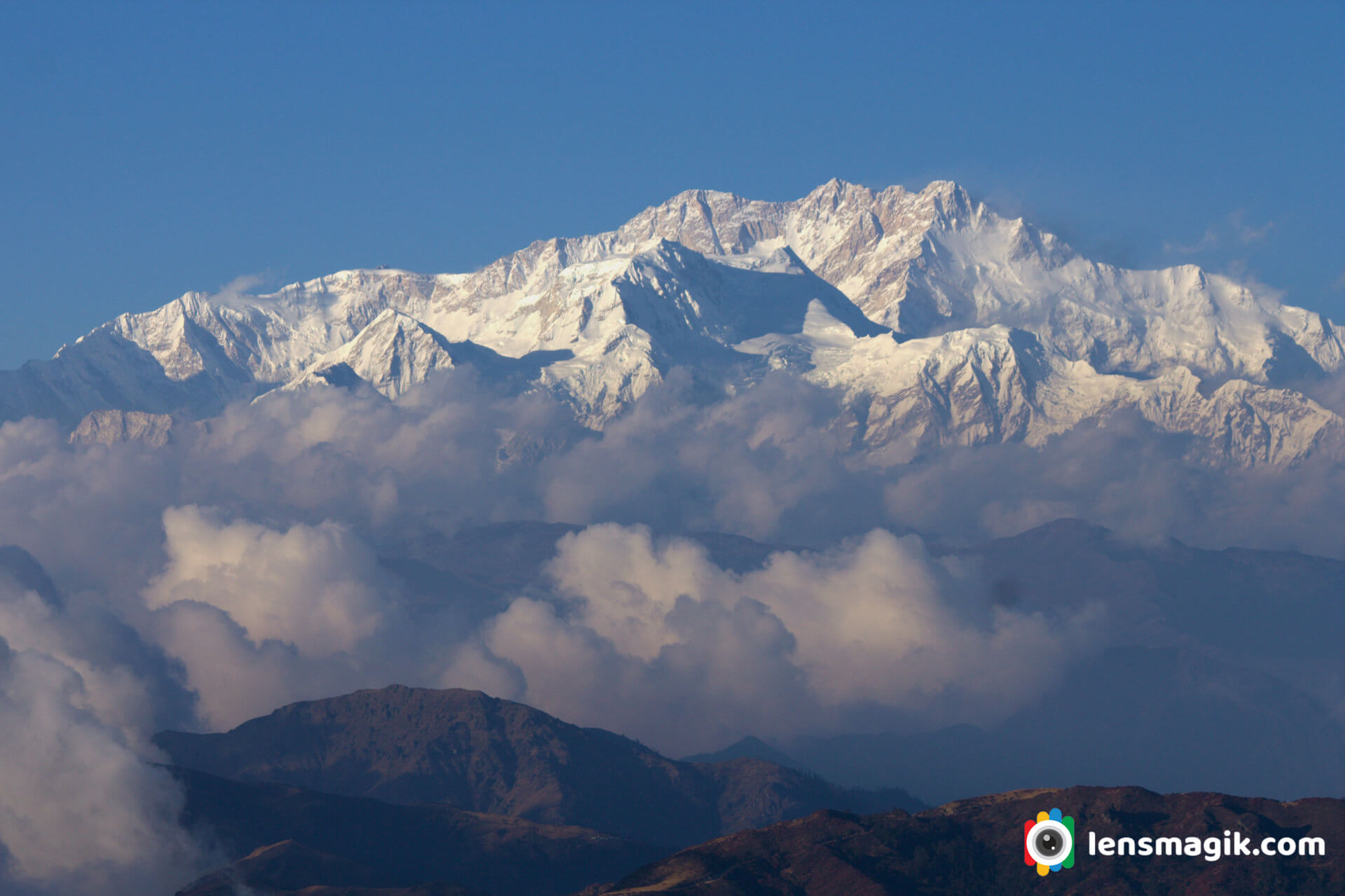
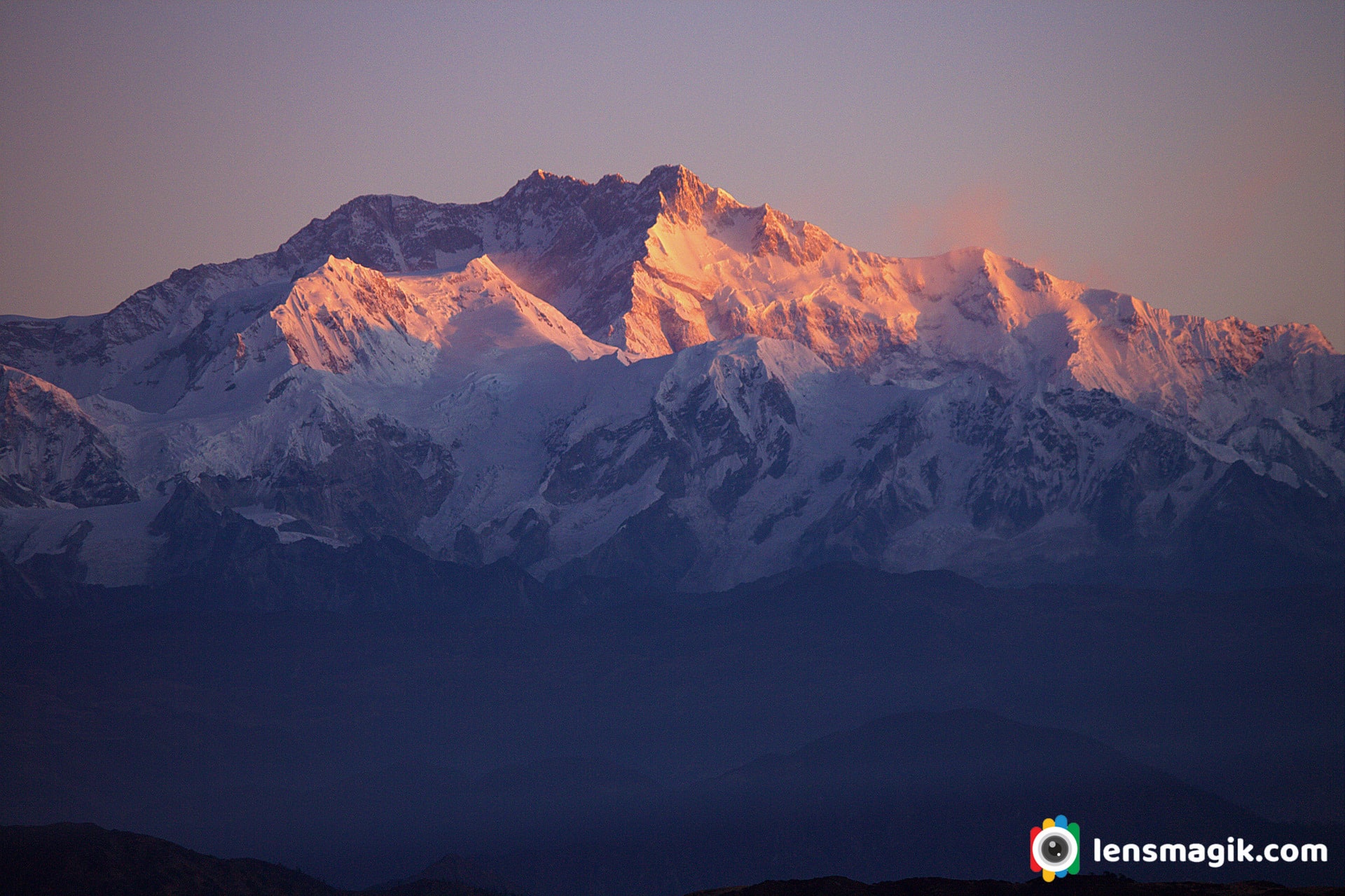
Sandakphu trek is one of the beautiful trek among India and also of Himalayas. During summer lots of trekkers go for these trek and also Phalut trek. At Sandakphu you can stay a night and just see at night the sky is full of stars. I was never seen such stars in my life. A milky way you can see and it was amazing experience of star gazing at Sandakphu. Also after dark a sunrise is beautiful as enough. At 4 or 4:30 am sunrise time and we were ready to see first light of sun rays on Himalayan mountains. The color of rays are red orange color looks beautiful on snow mountain of Kanchenjunga. Thats the beauty of Himalayas.
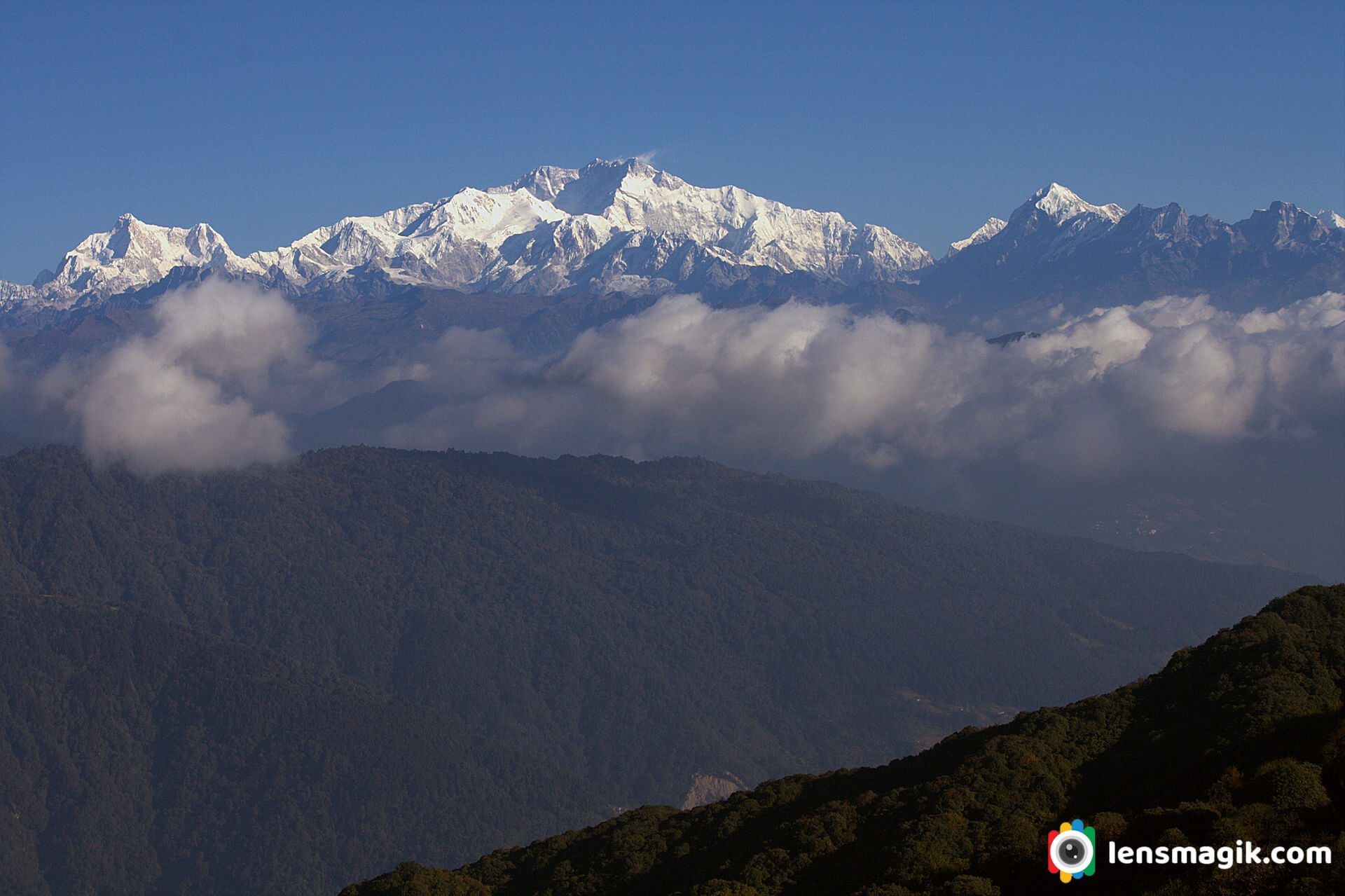
For climbing Mt. Kanchenjunga you can go from Nepal only because Indian Government has been closed Northeastern Sikkim route of Kanchenjunga since 2000. To See Mt. Kanchenjunga from India Sandakphu is the best place. You can go to Sandakphu via Trek or via Range Rover car hire at manebhanjan village. Nearest airport is Bagdogra or you can go to Kolkata and go for overnight train from Kolkata.
Gear used : Canon 1000 D body, Canon 18-55 mm lens, Canon 55-250 mm lens.